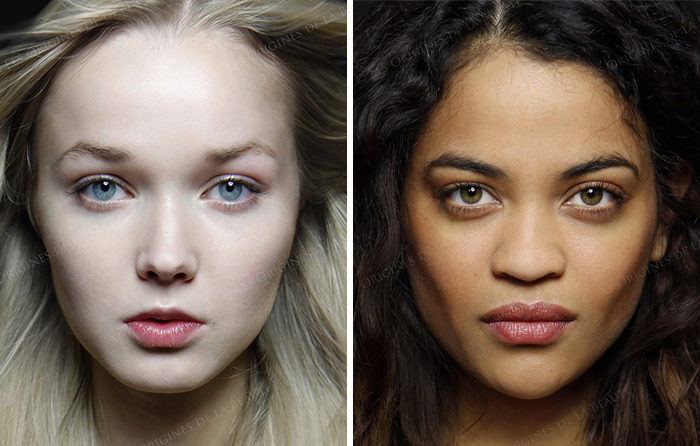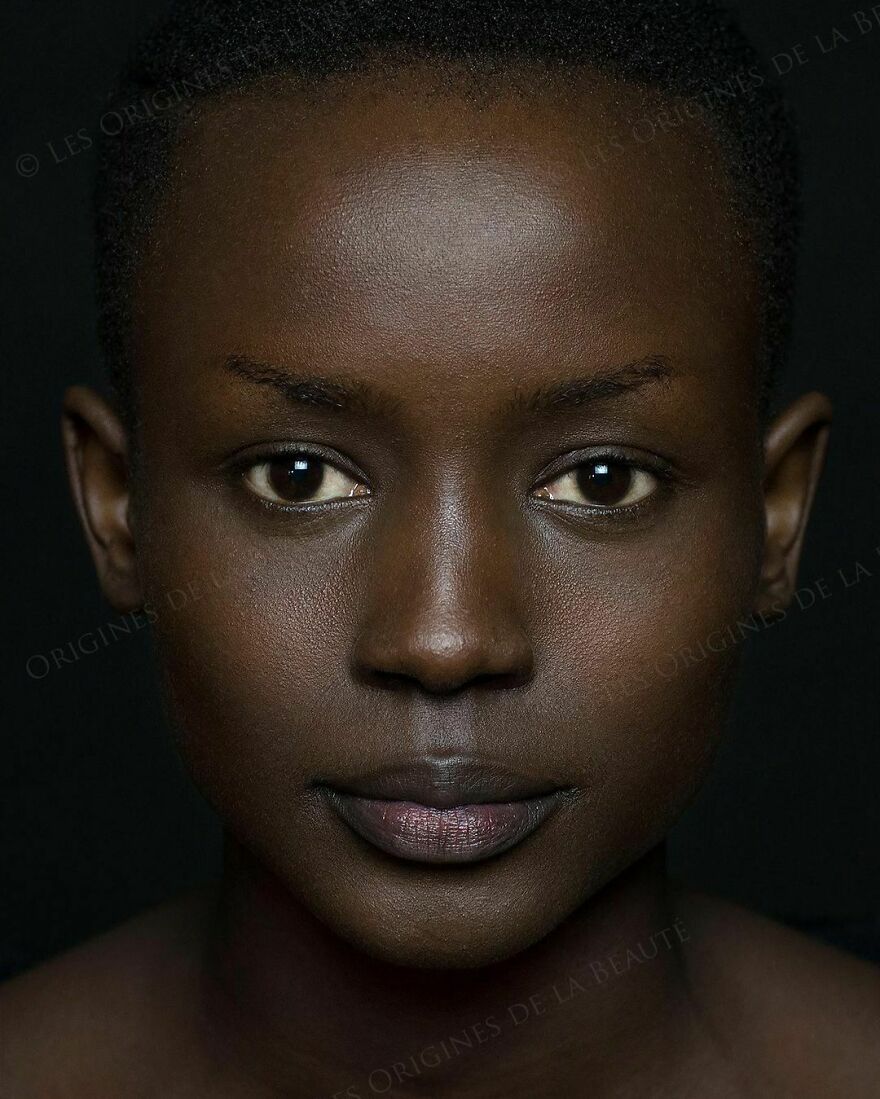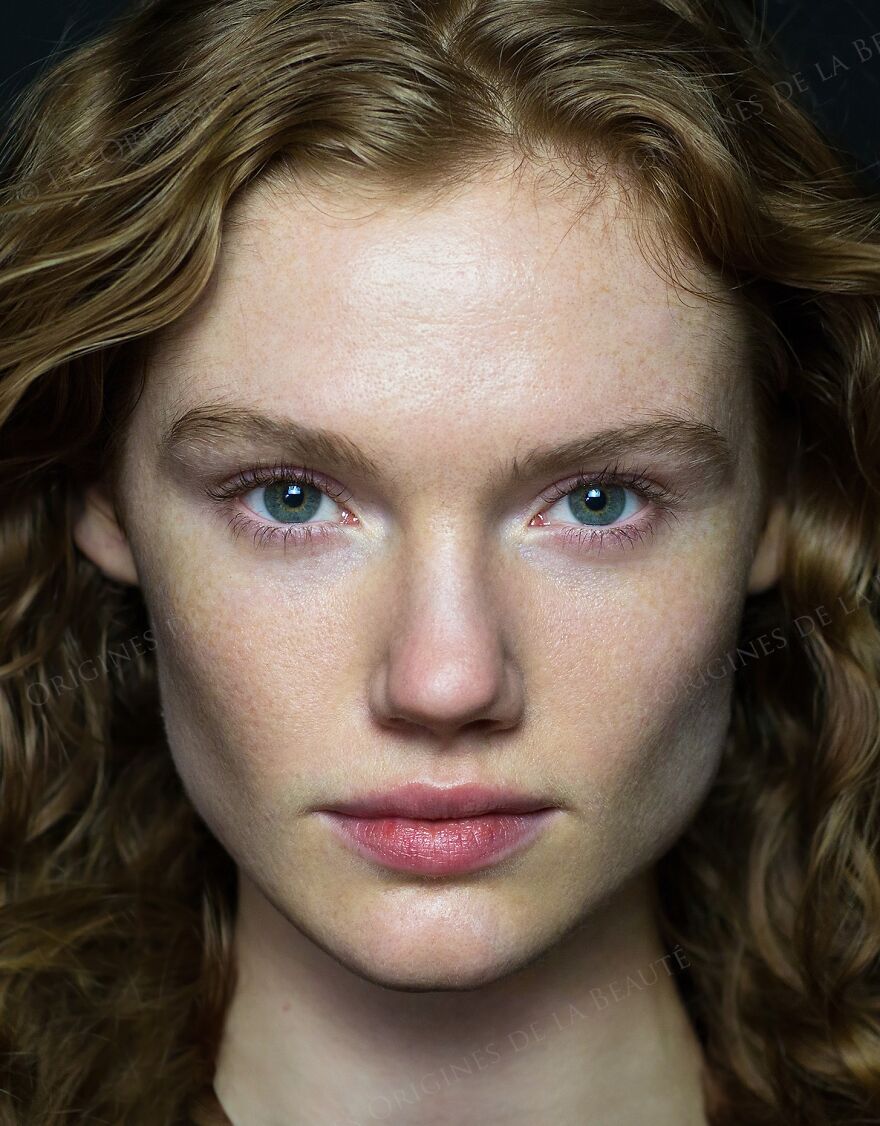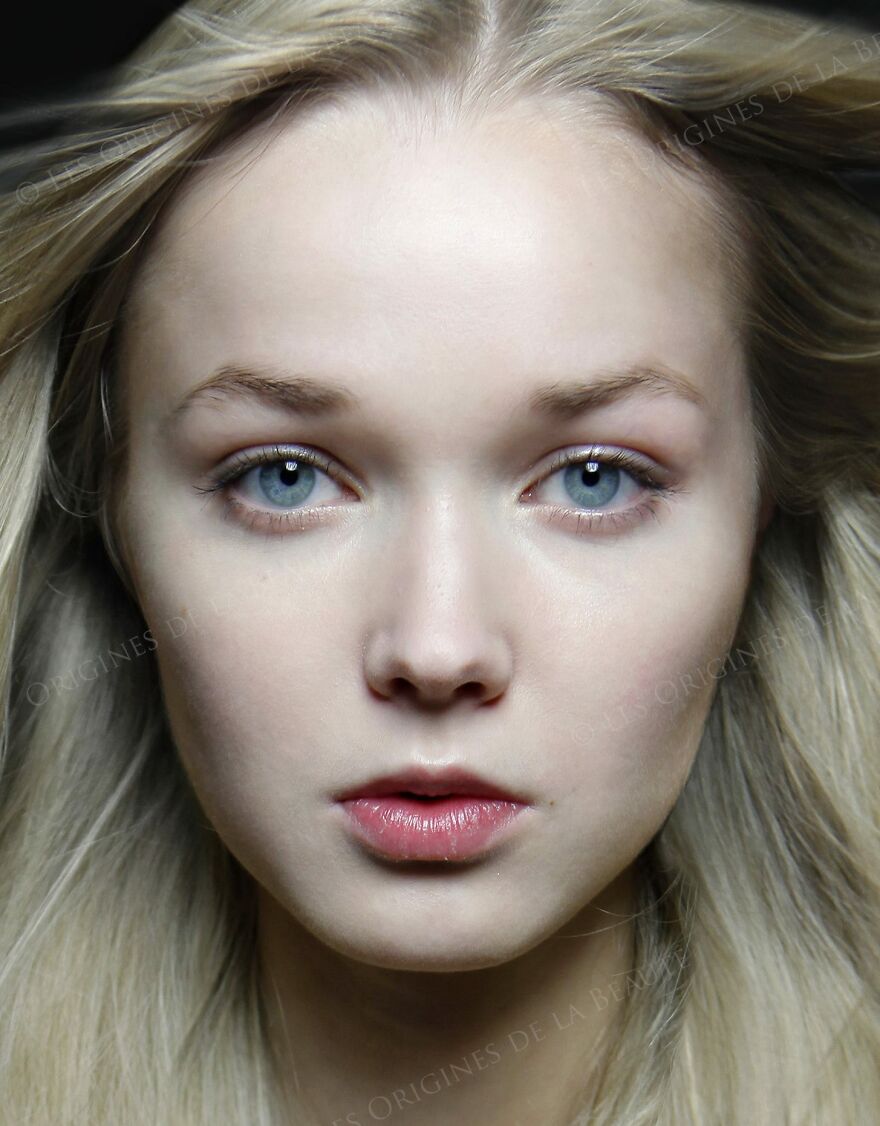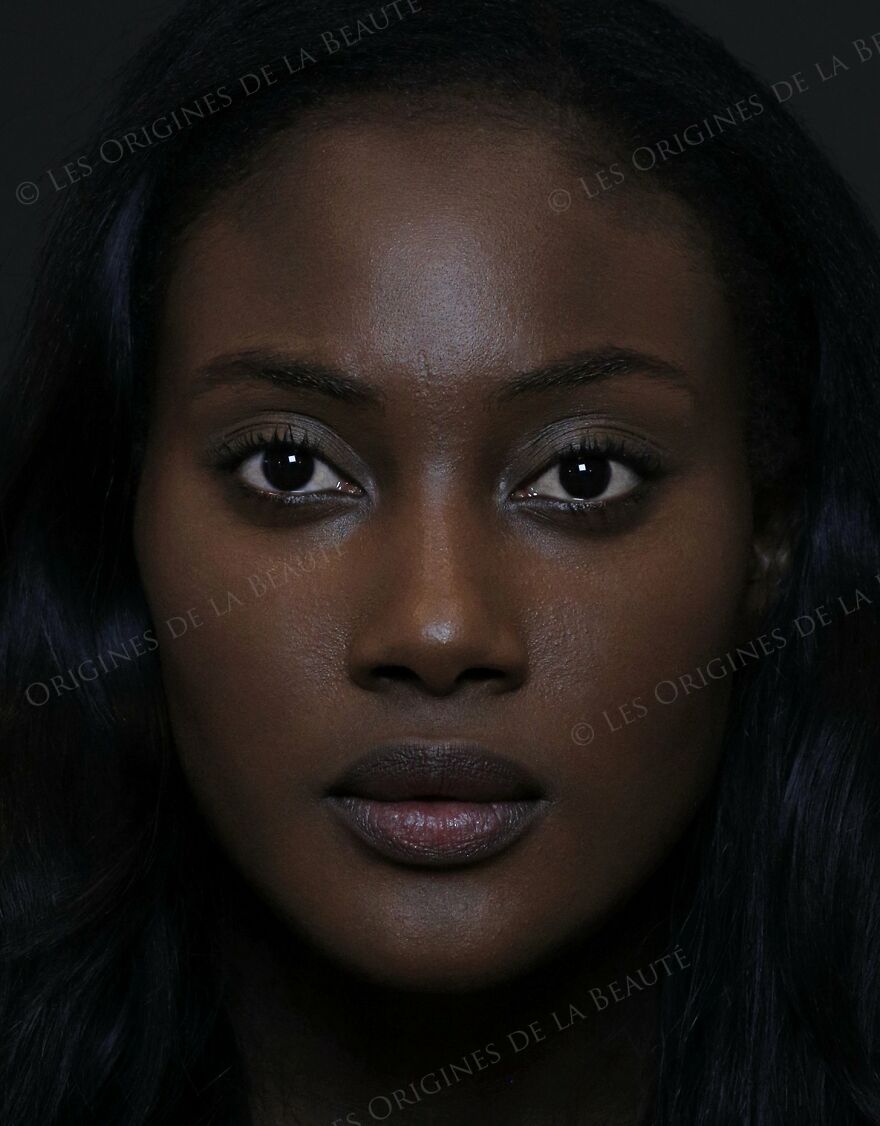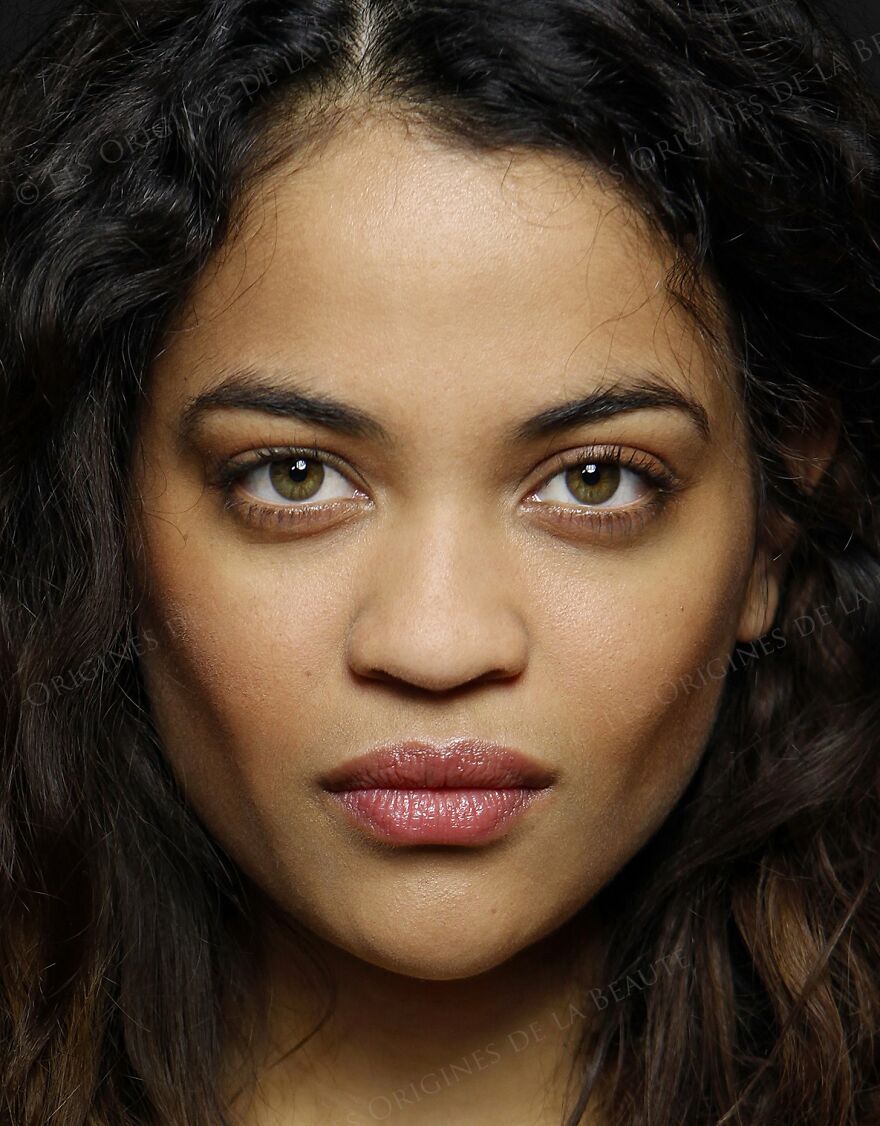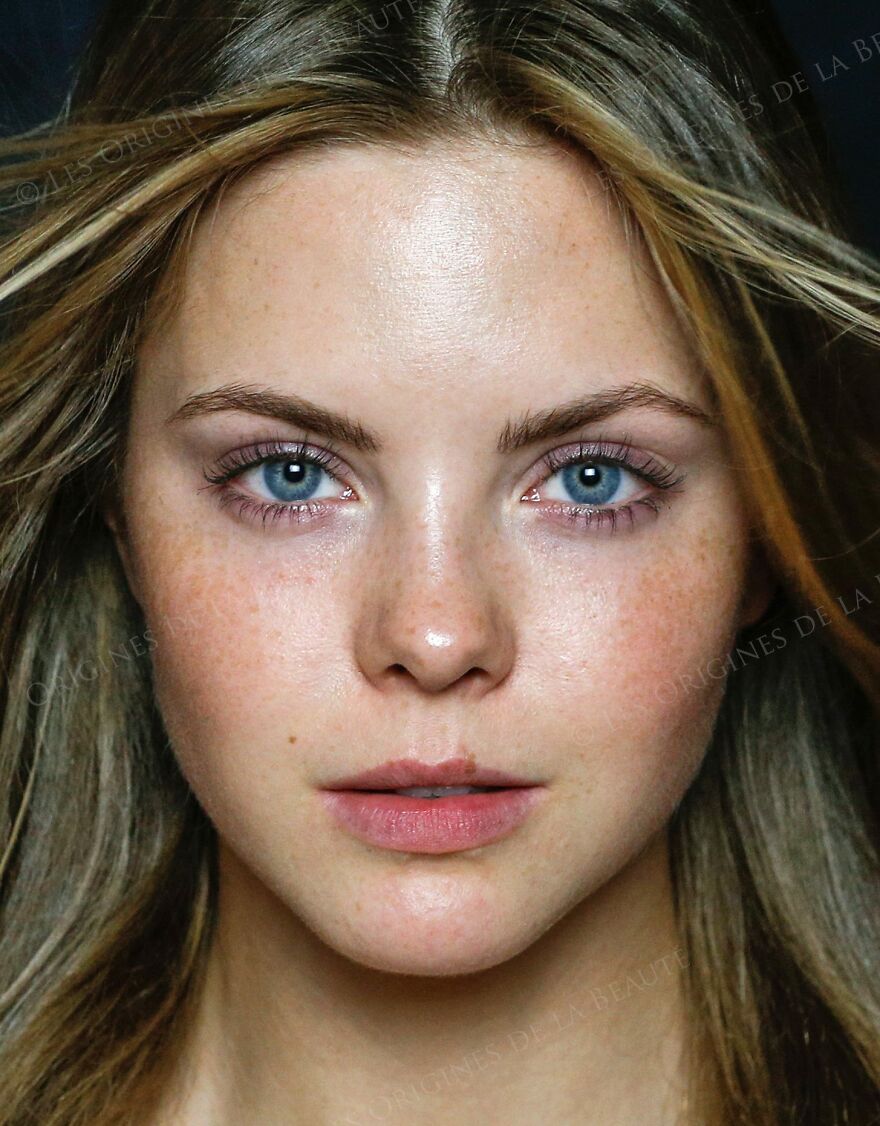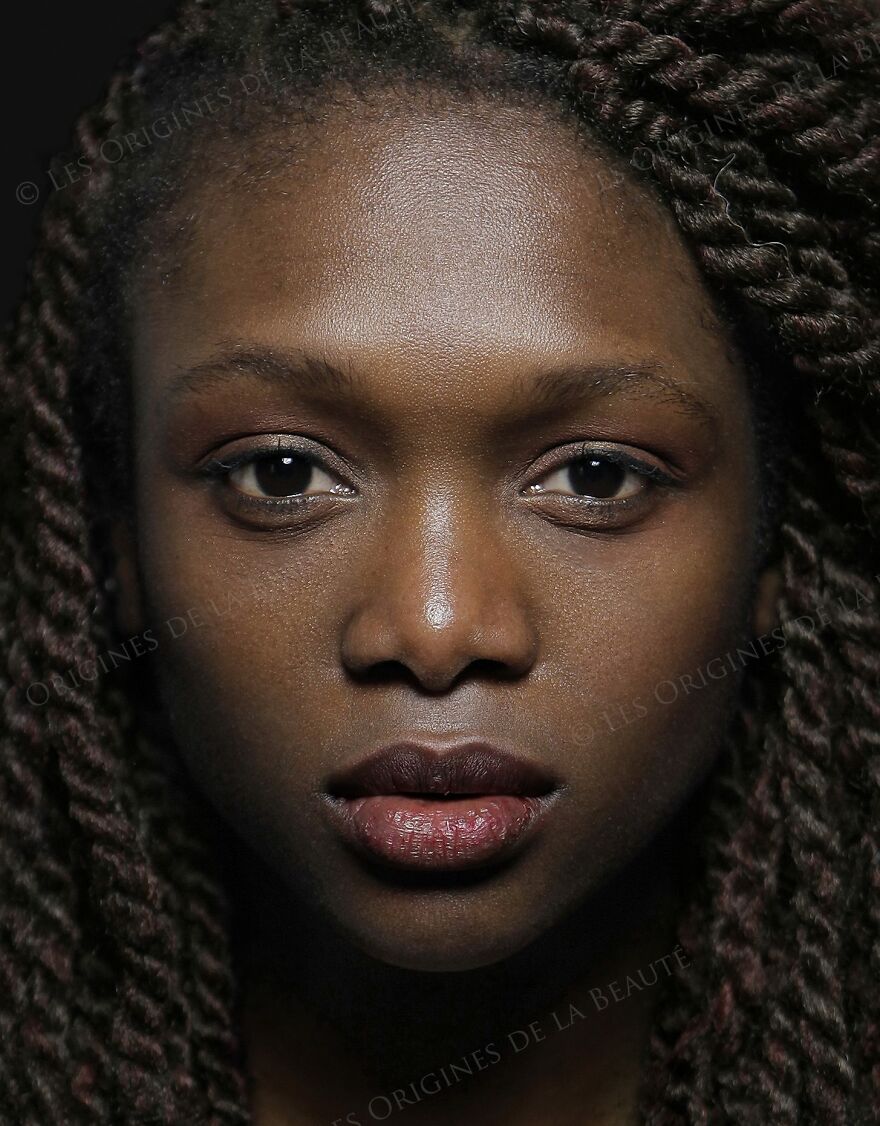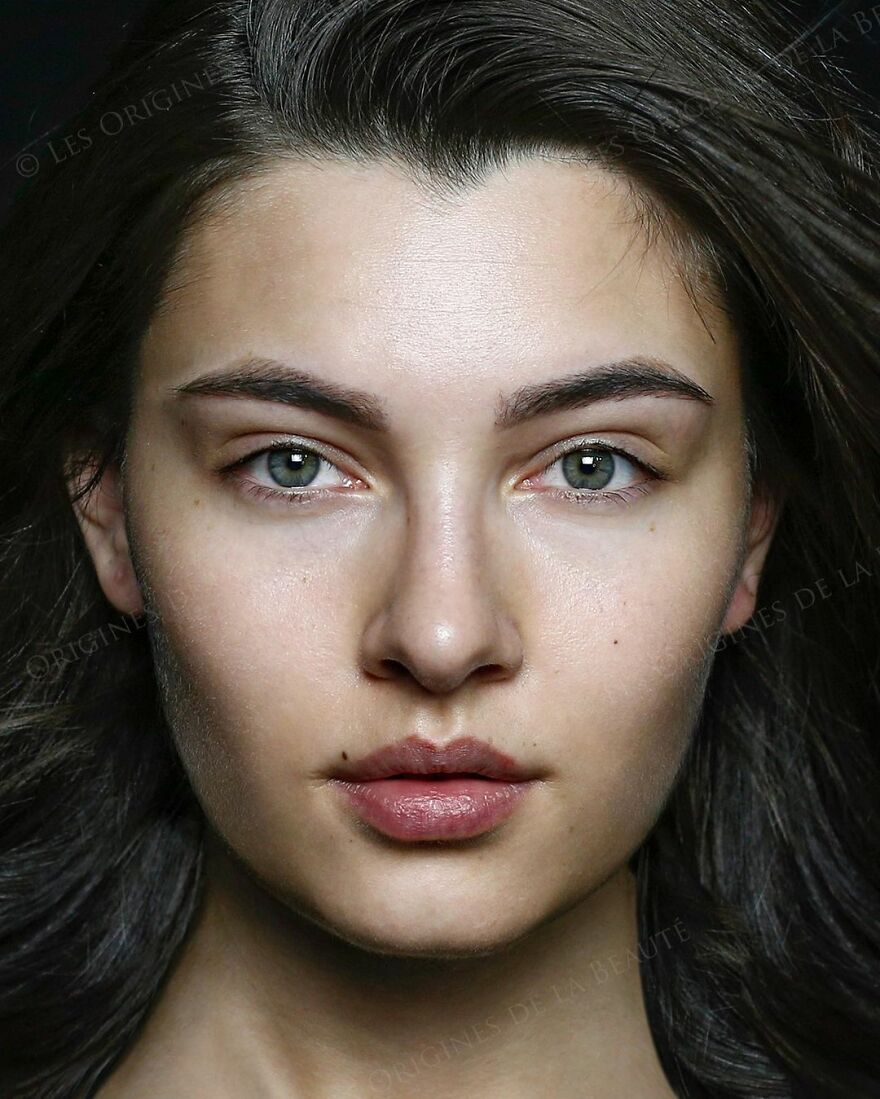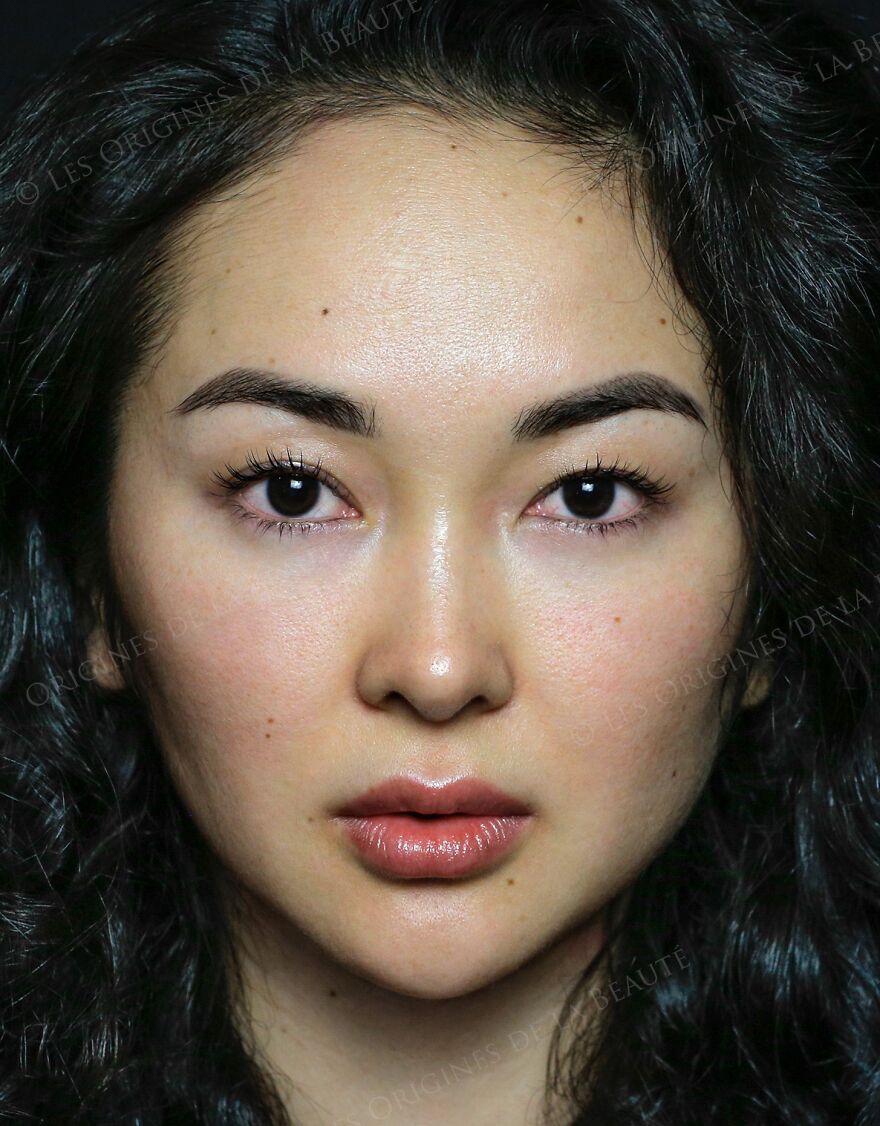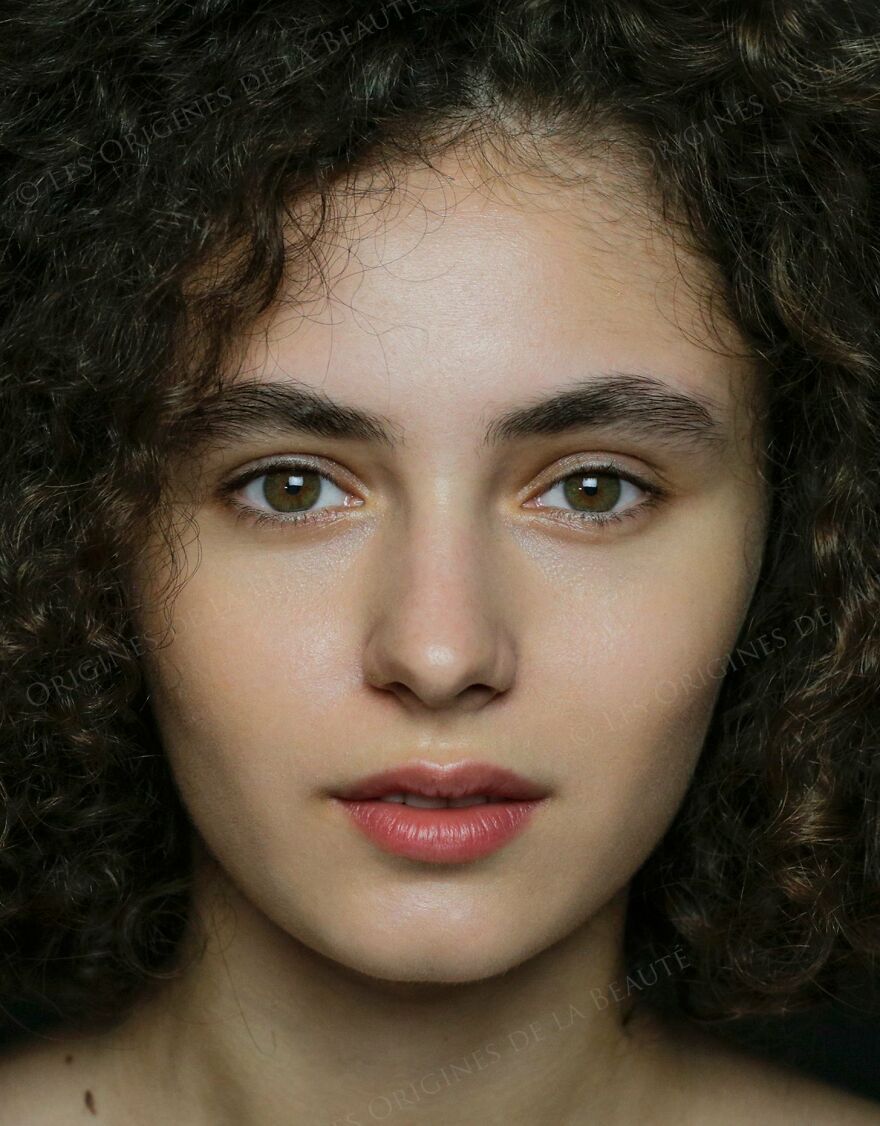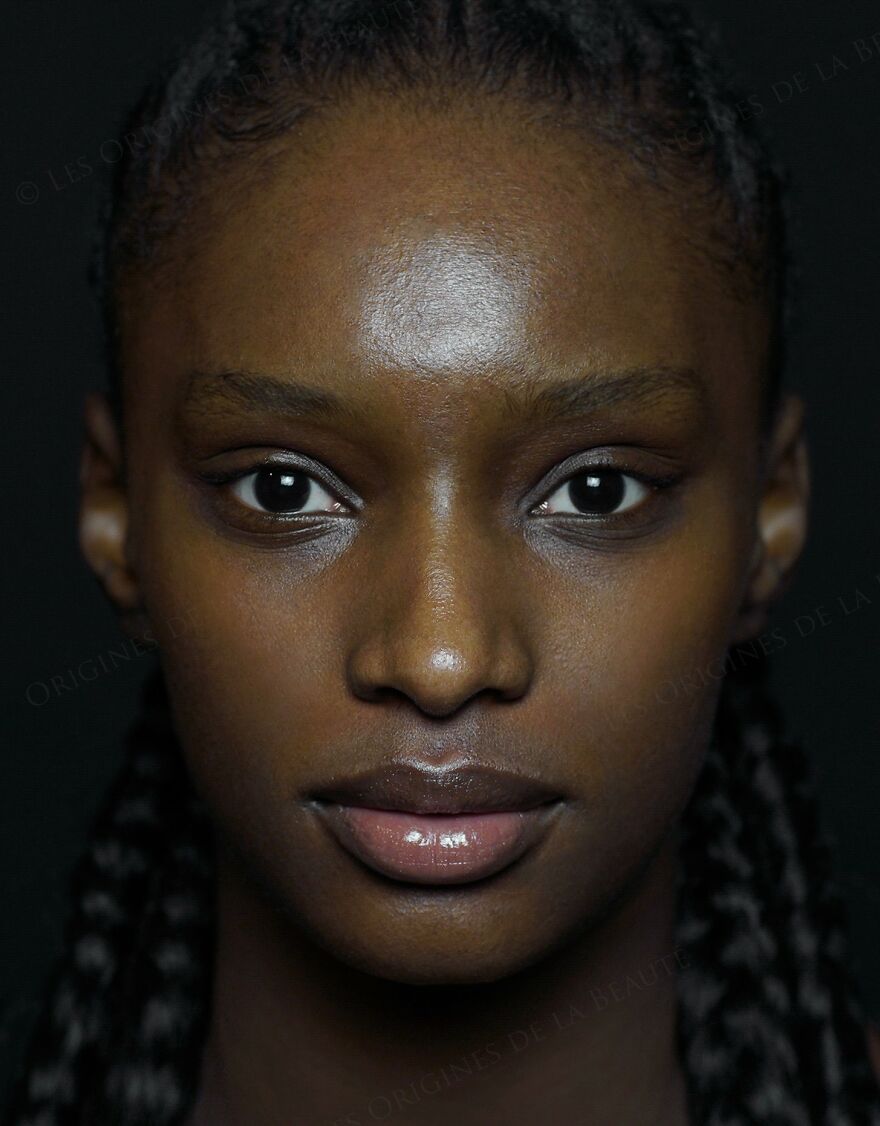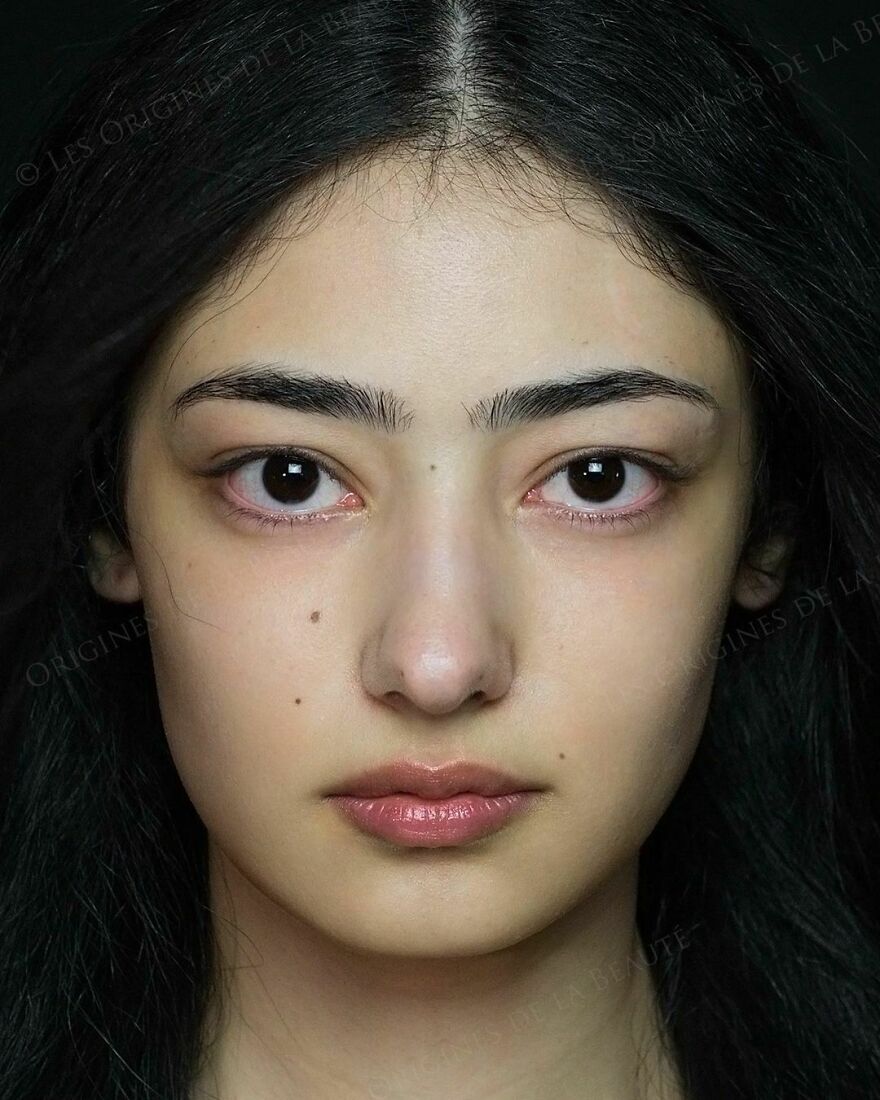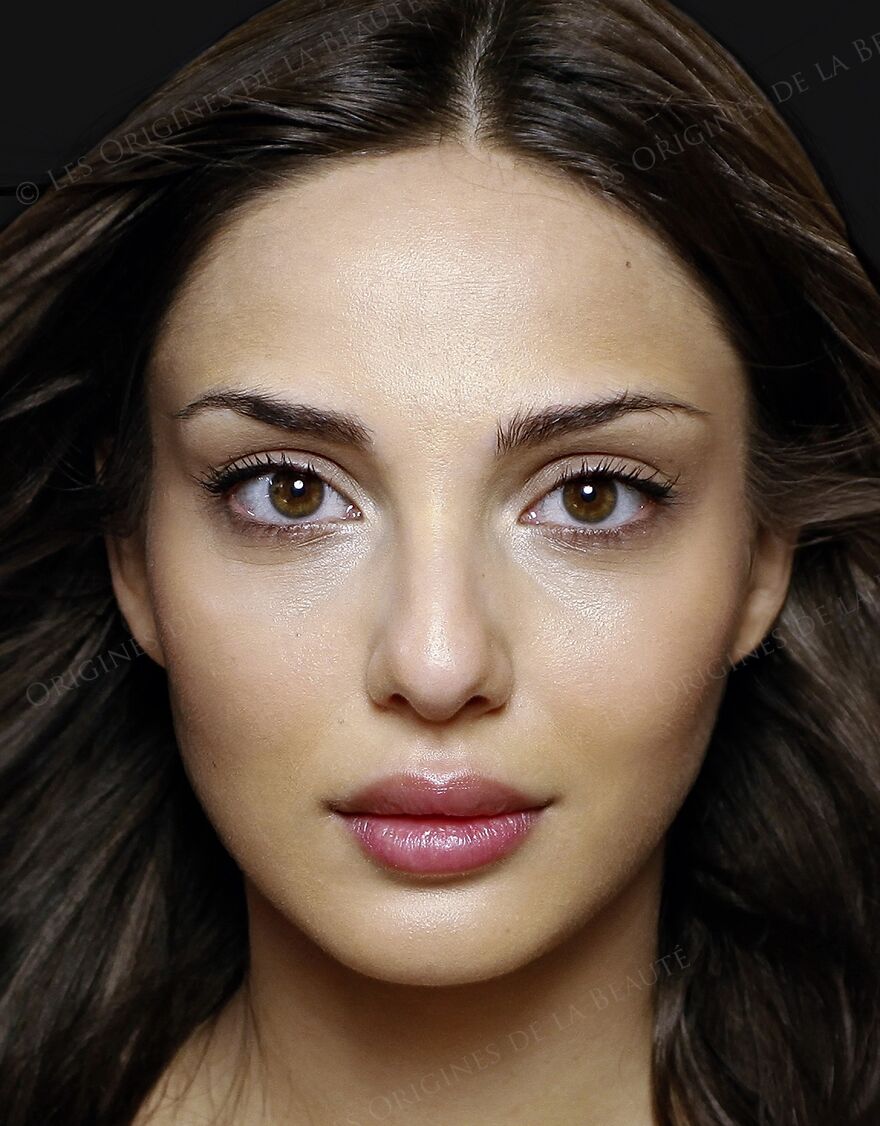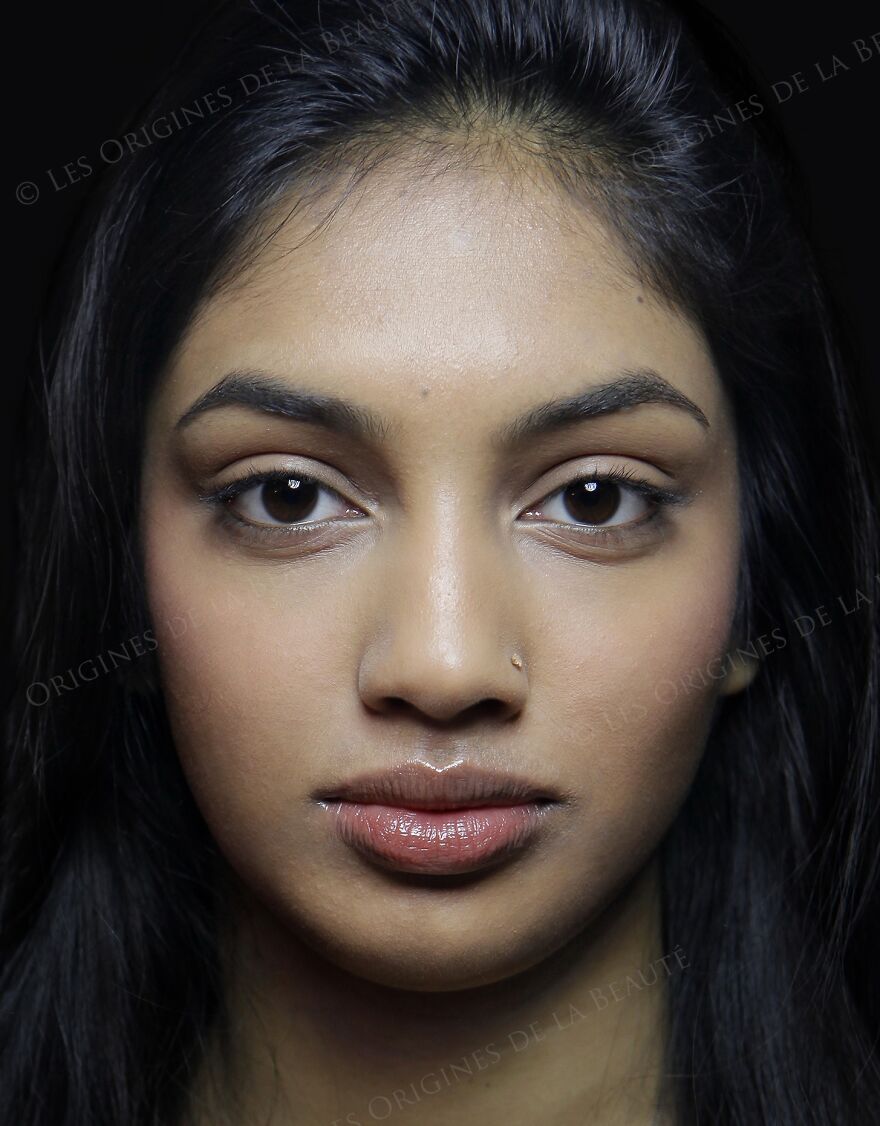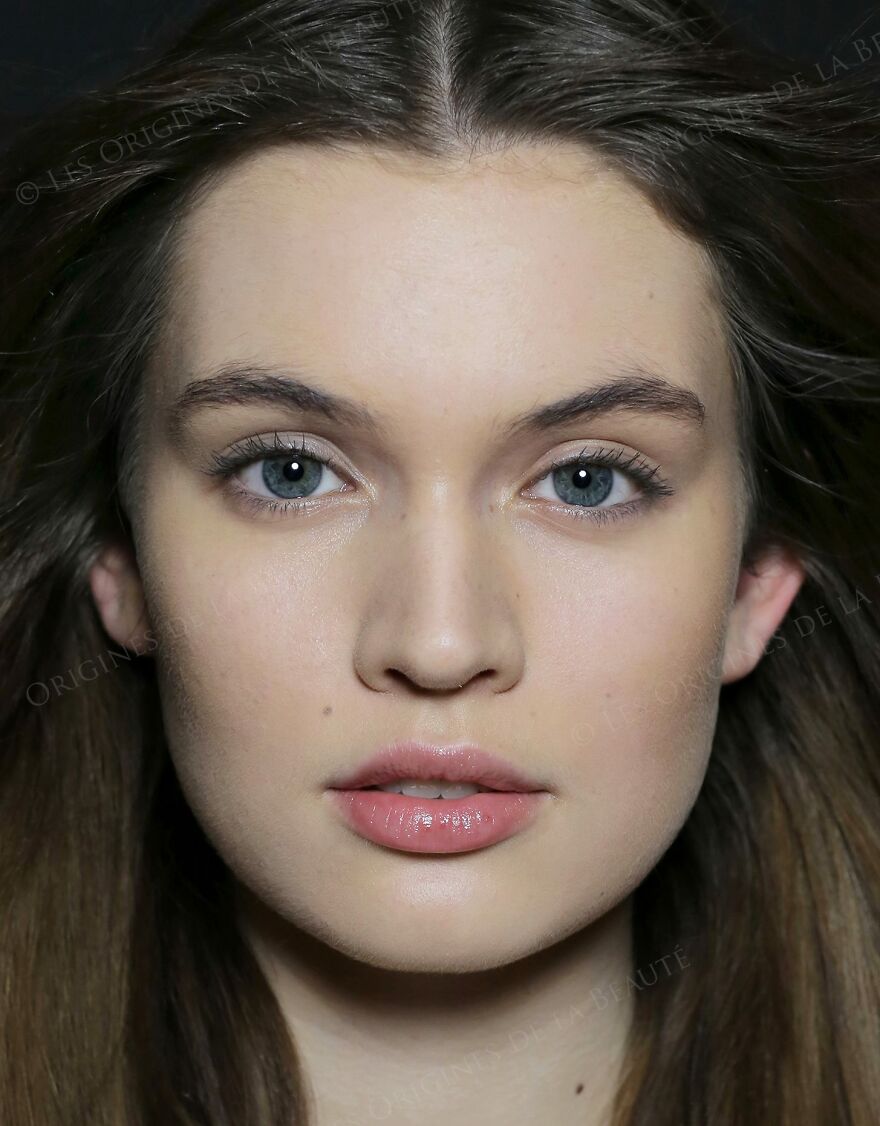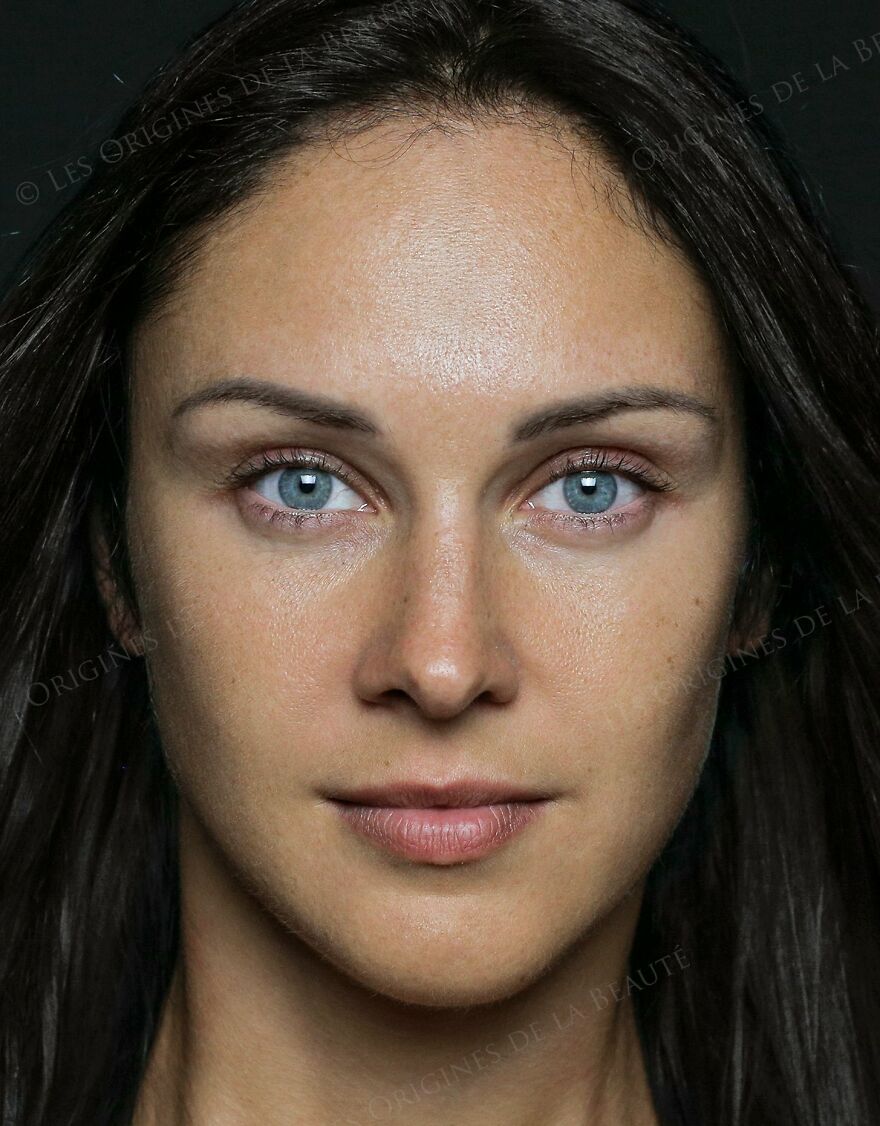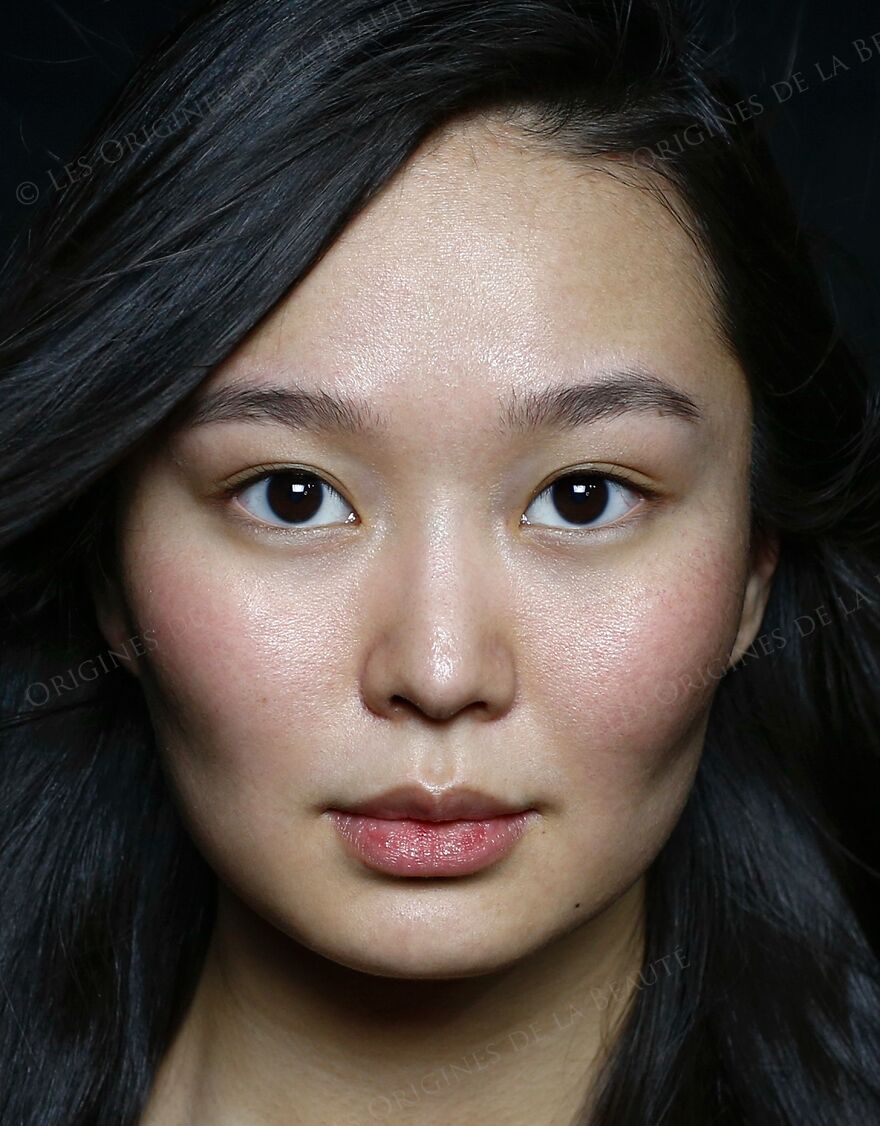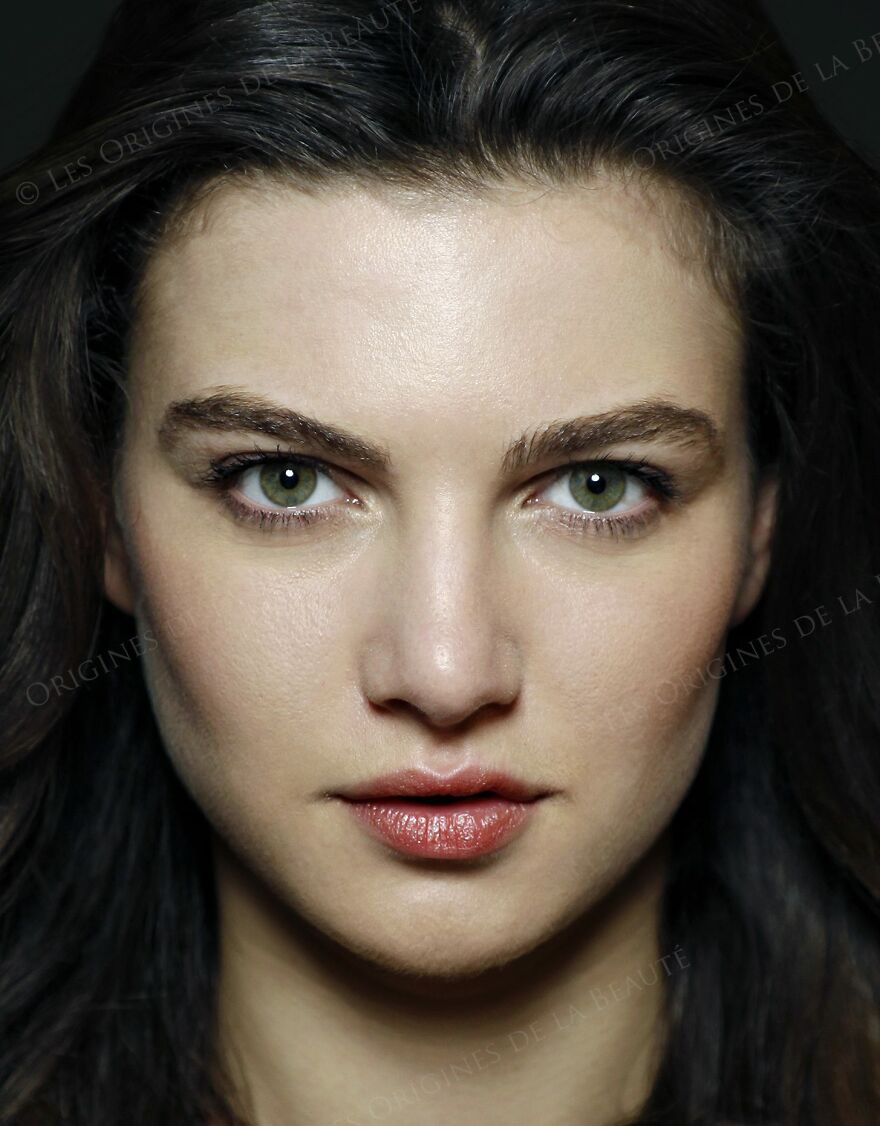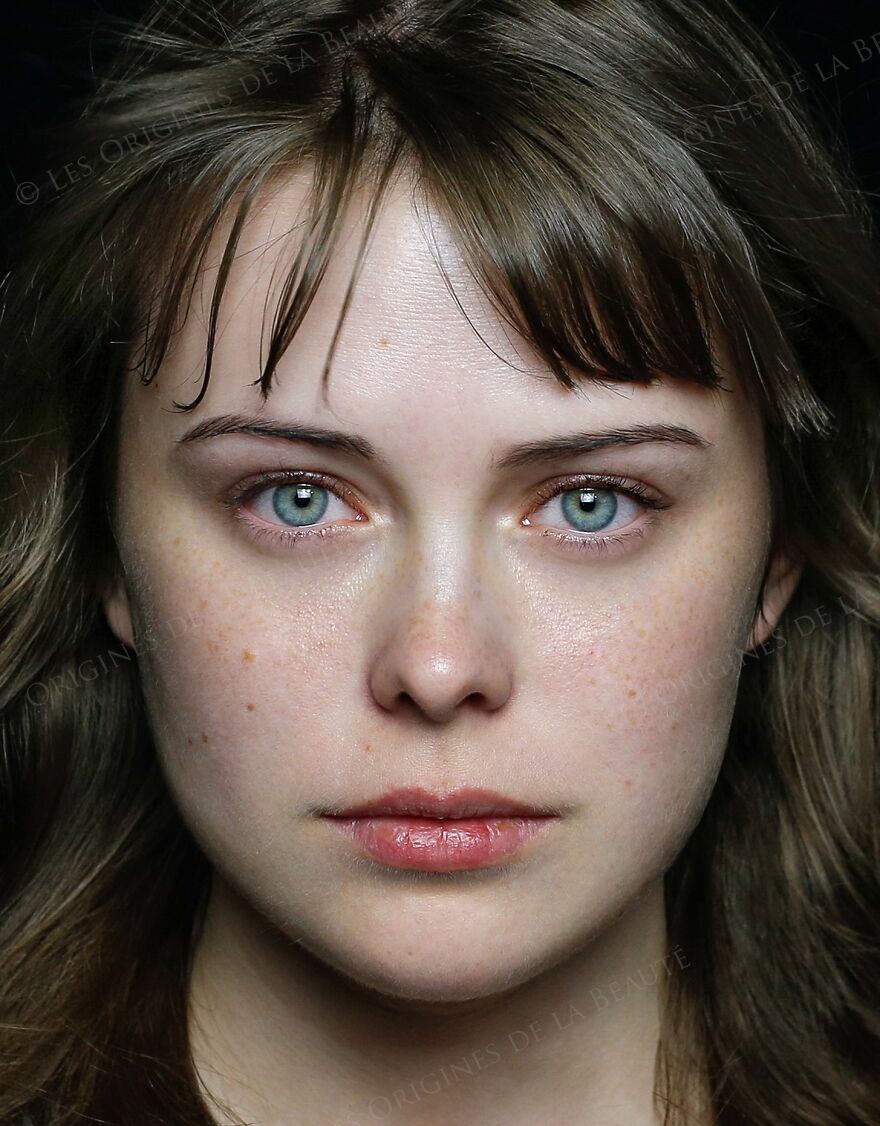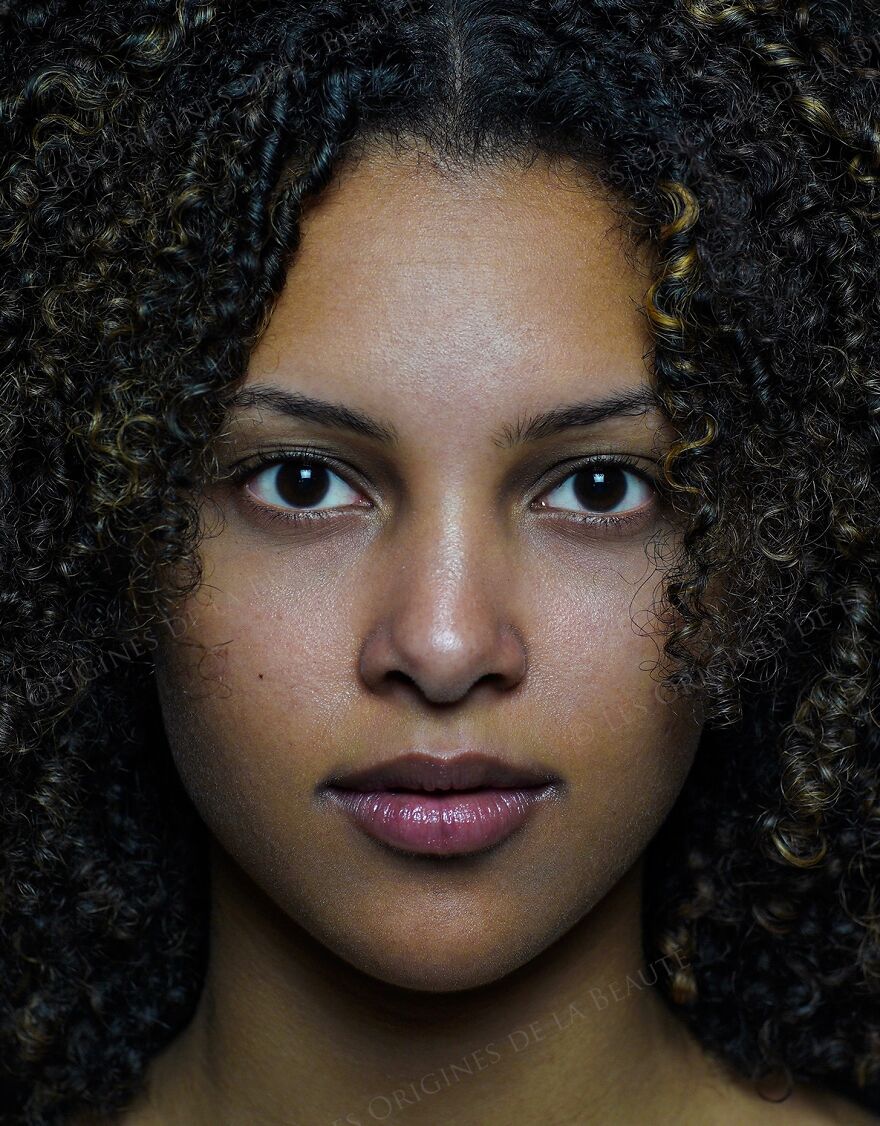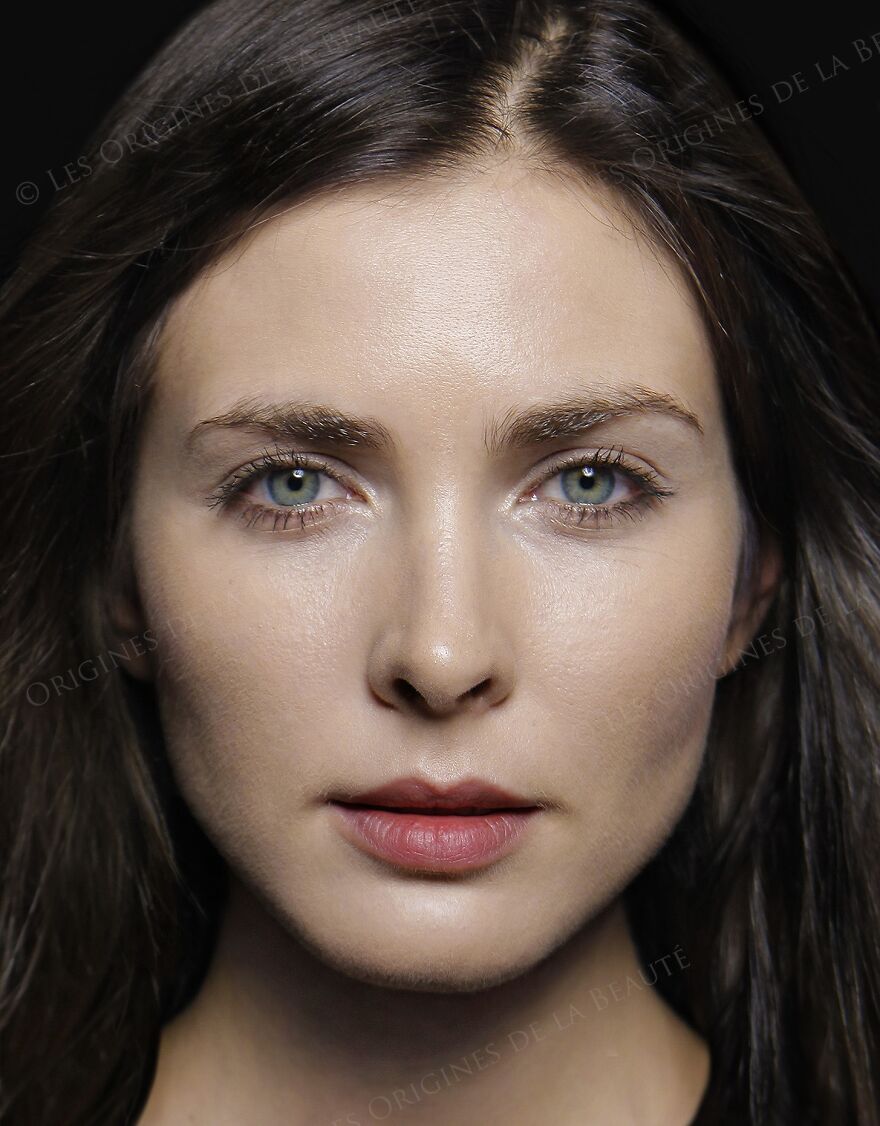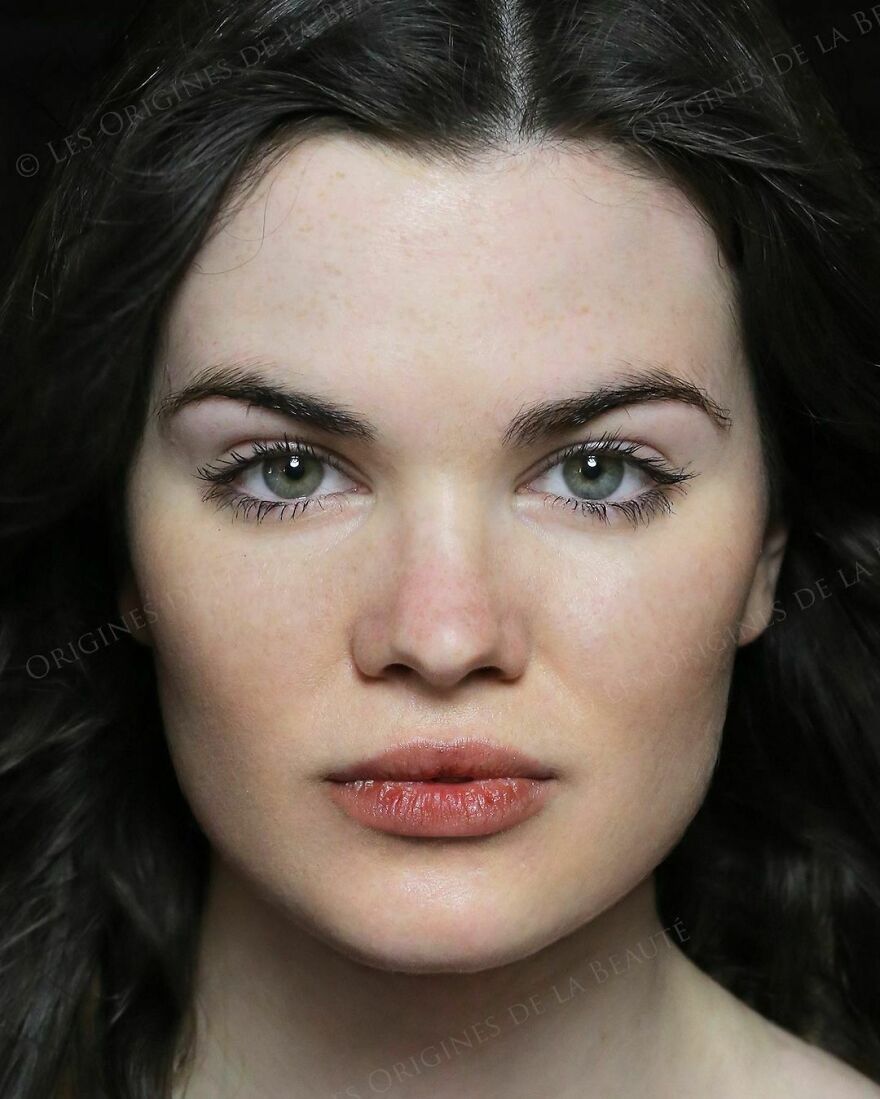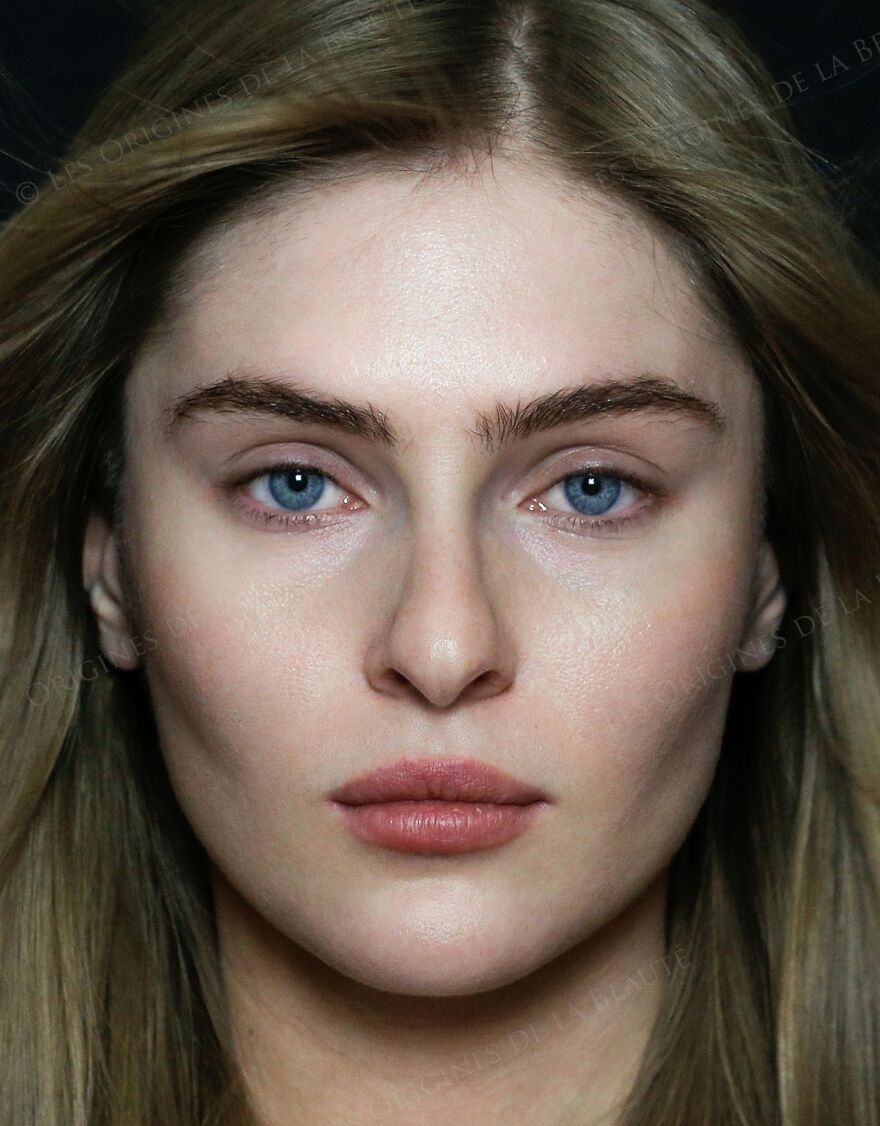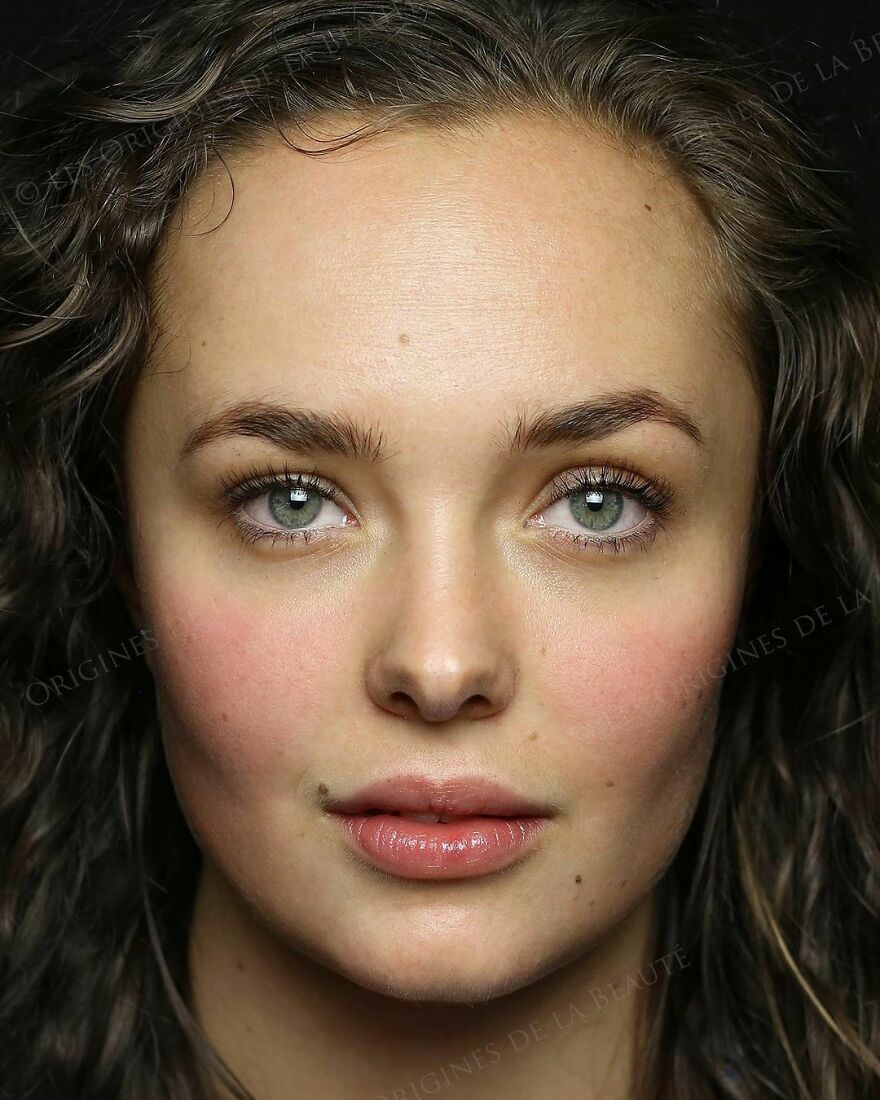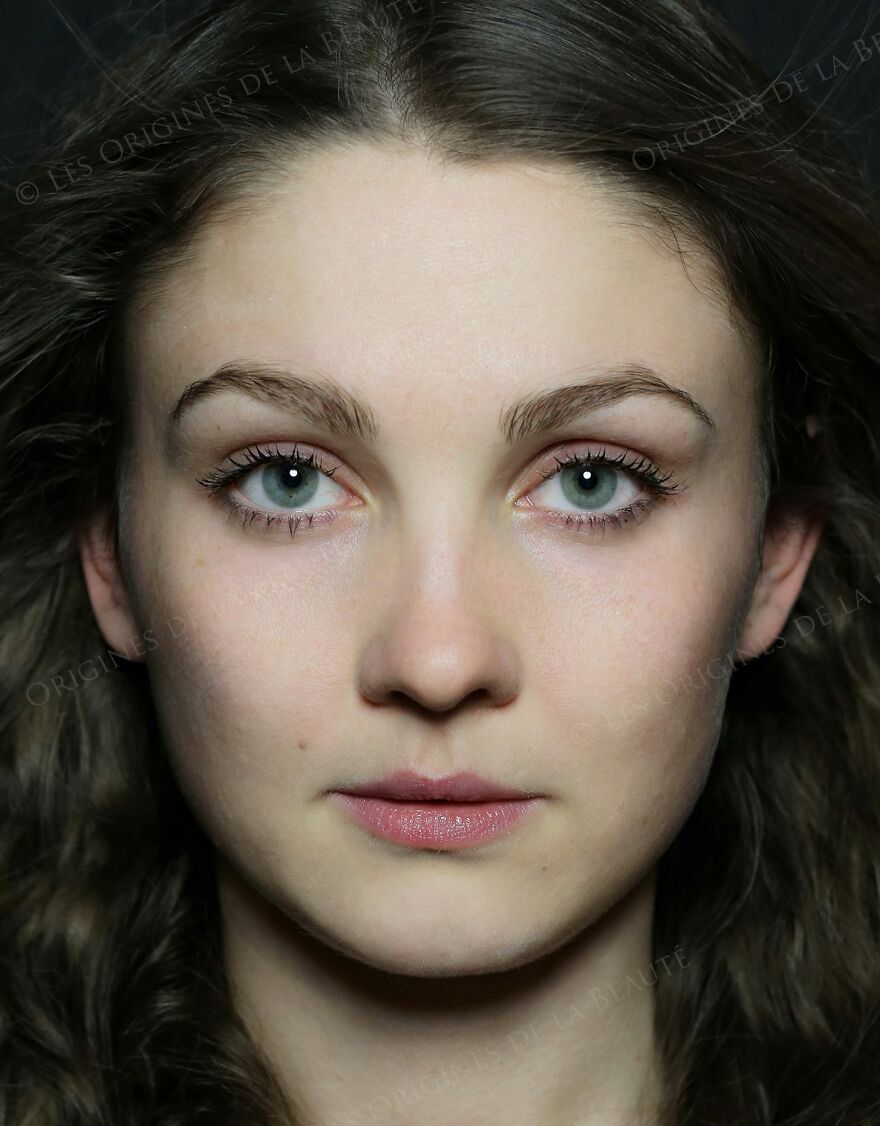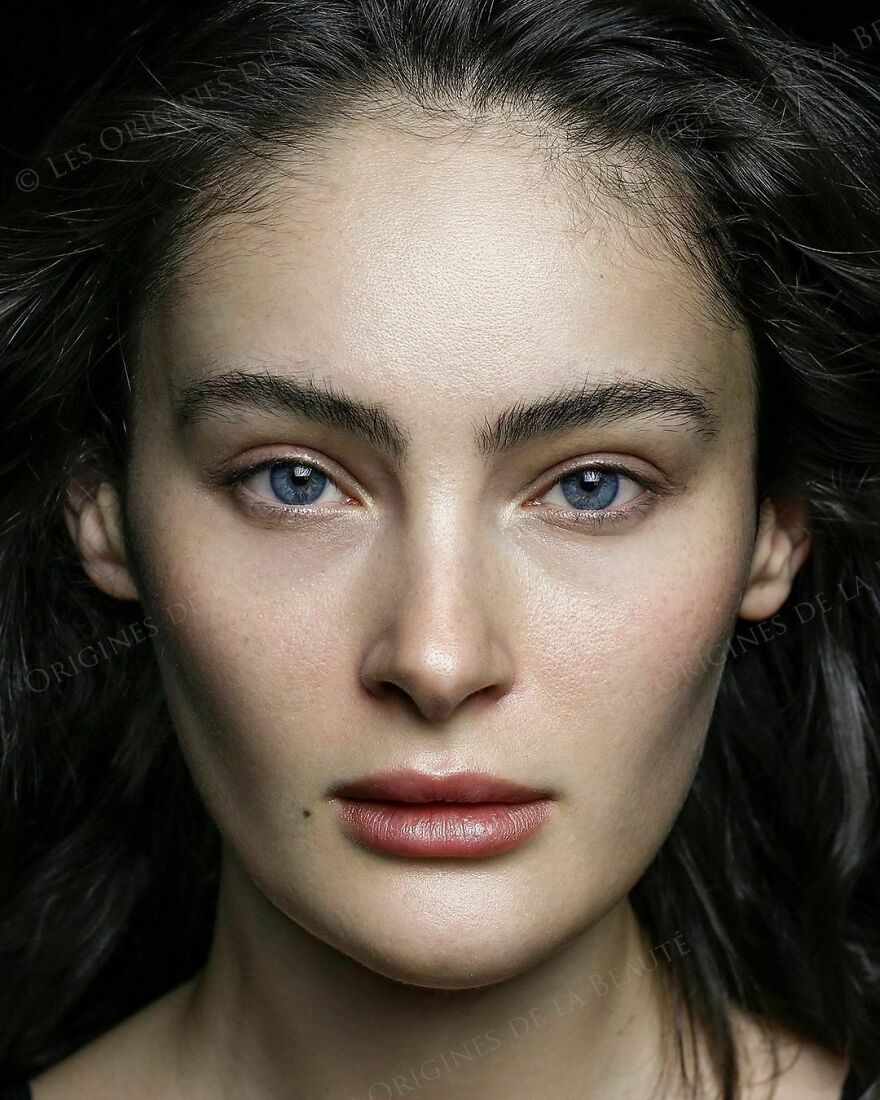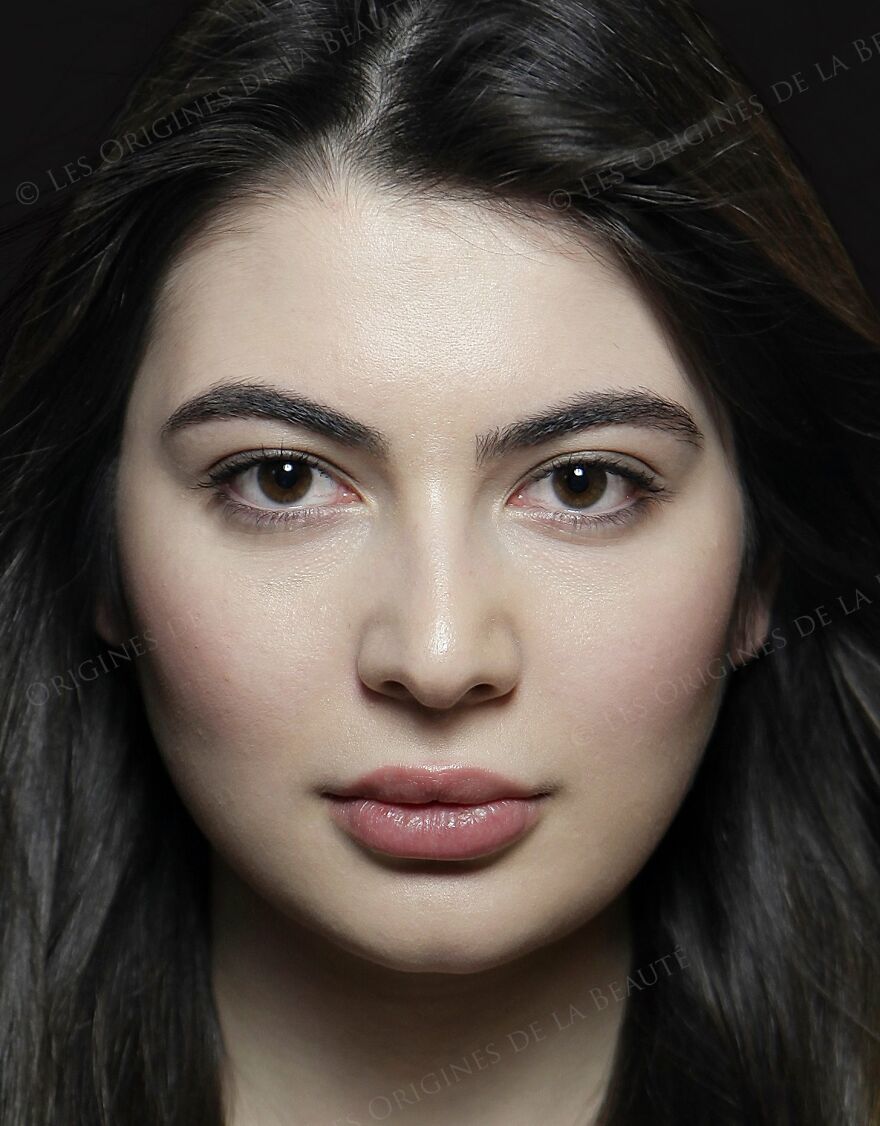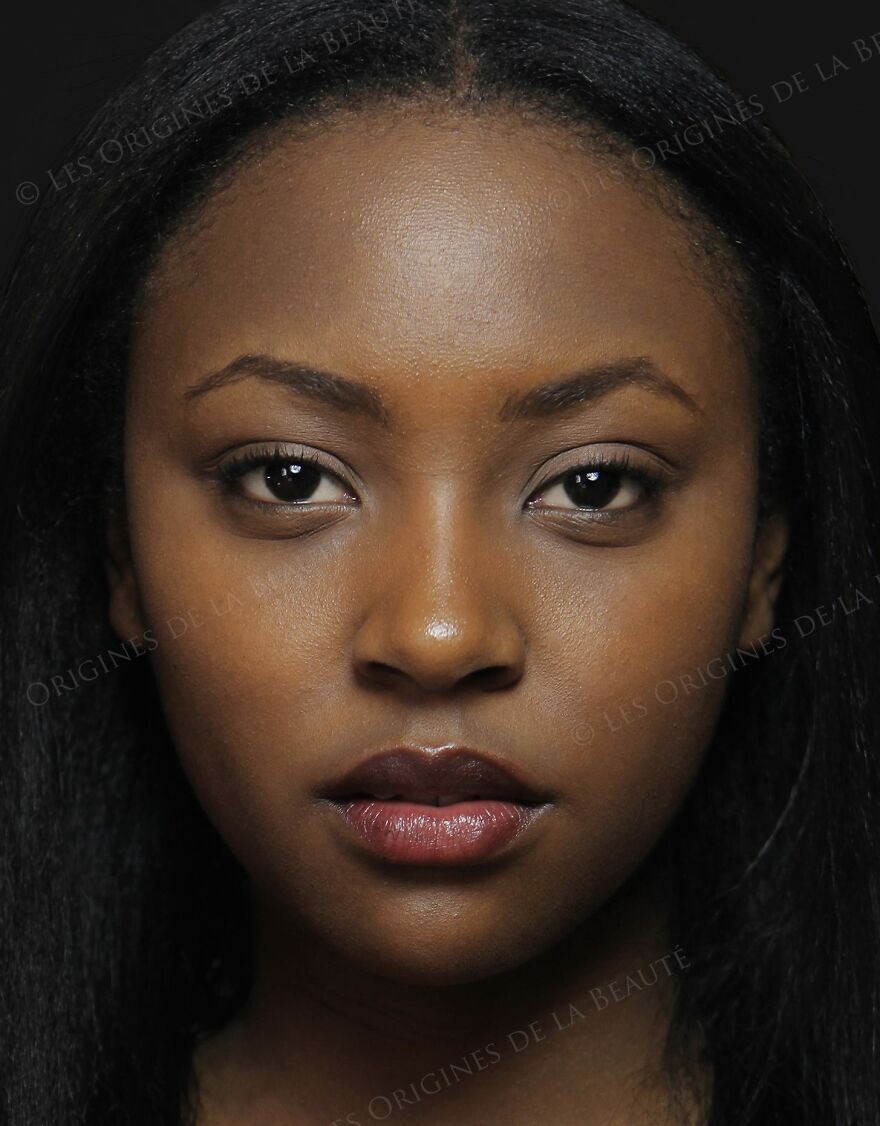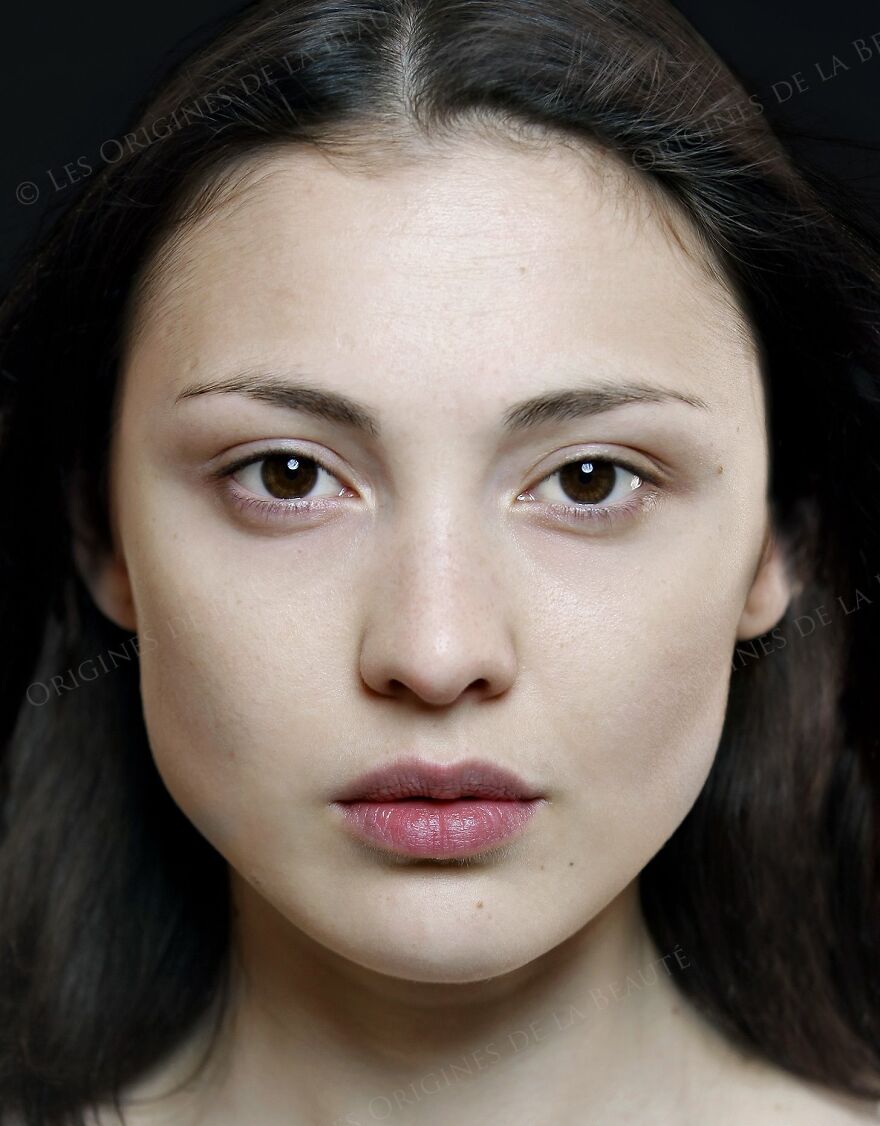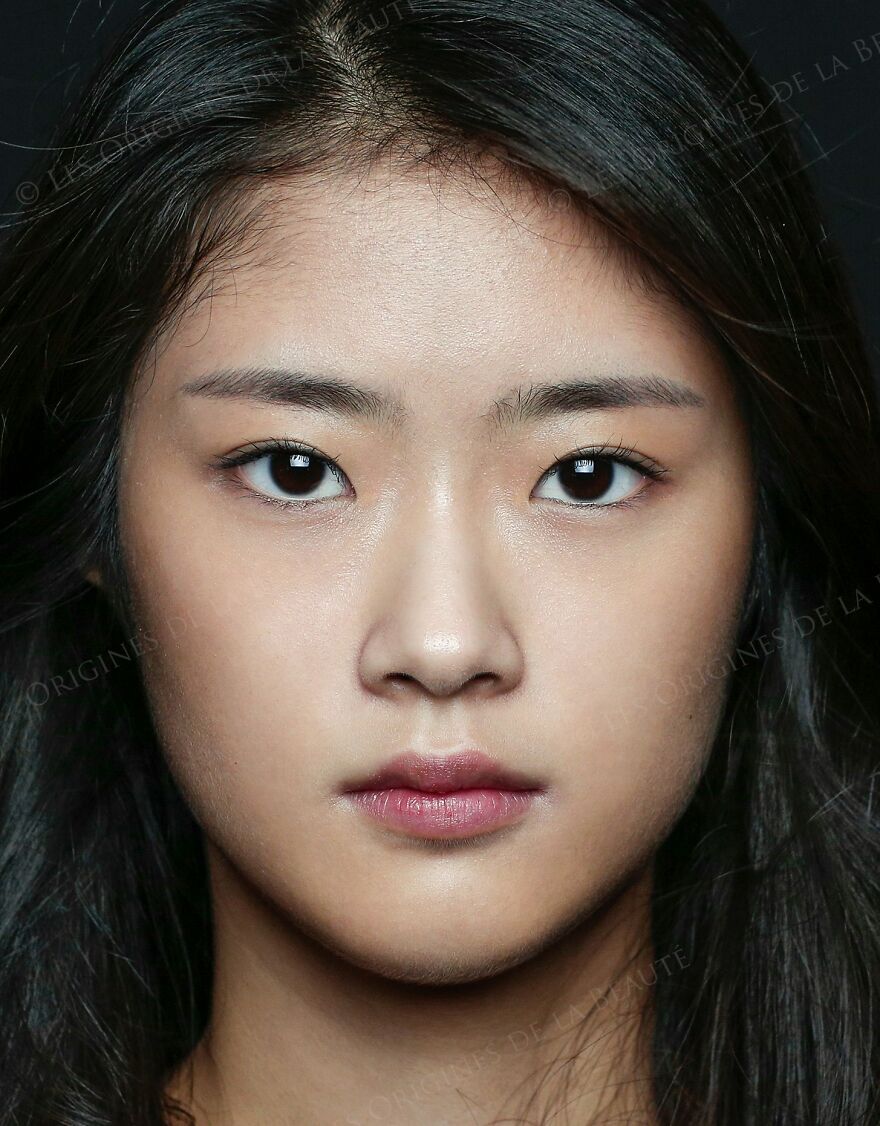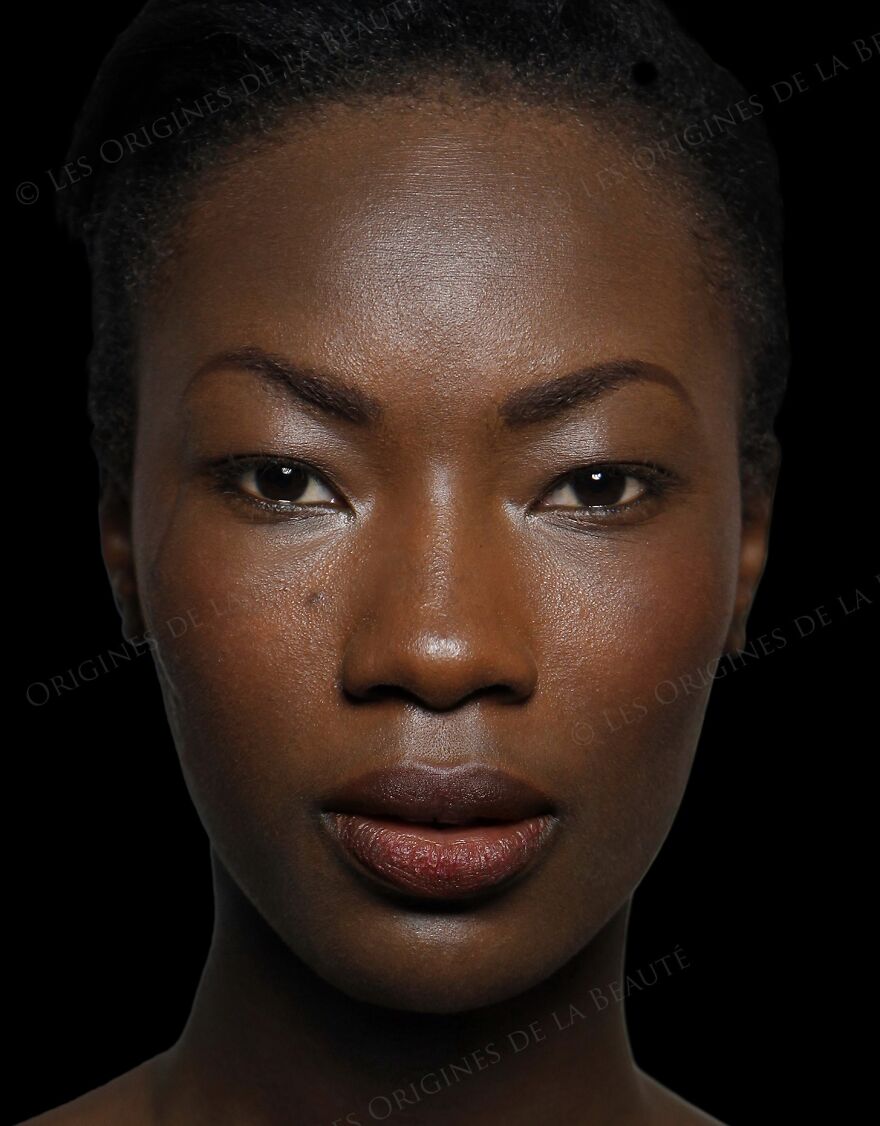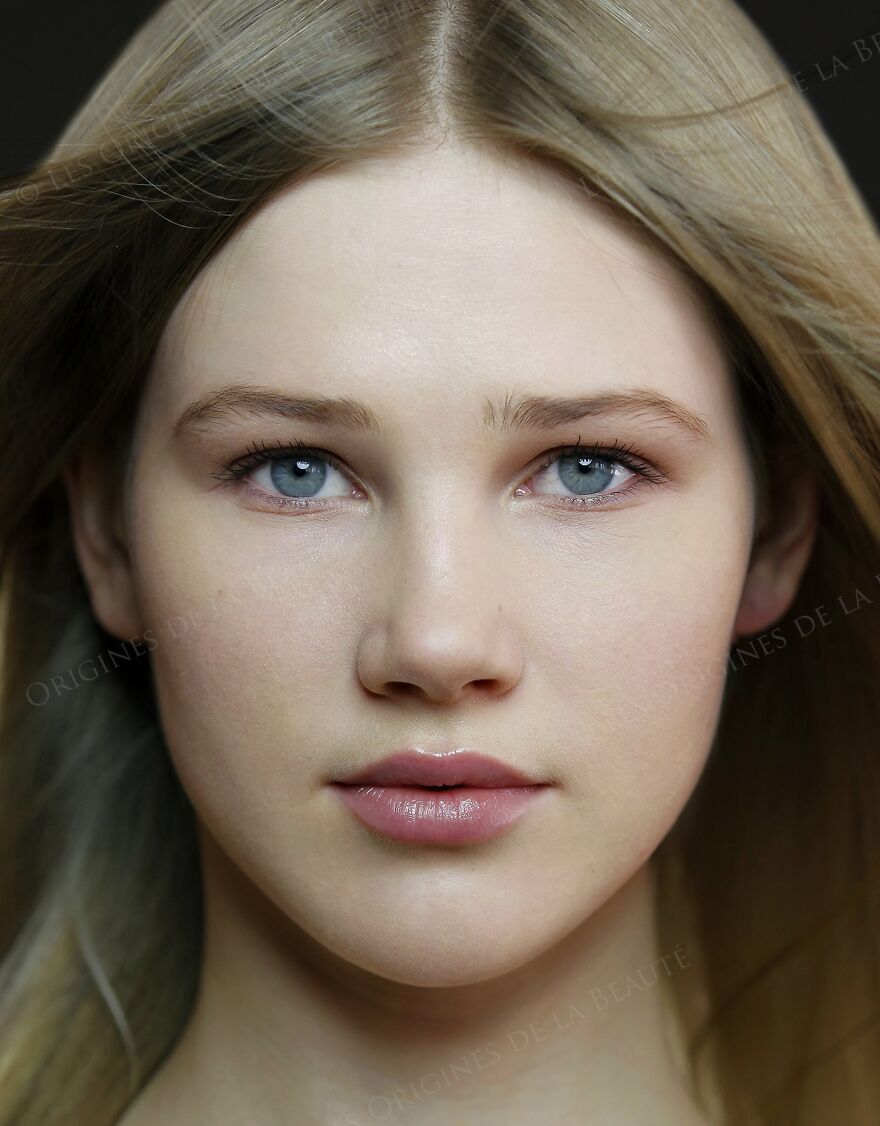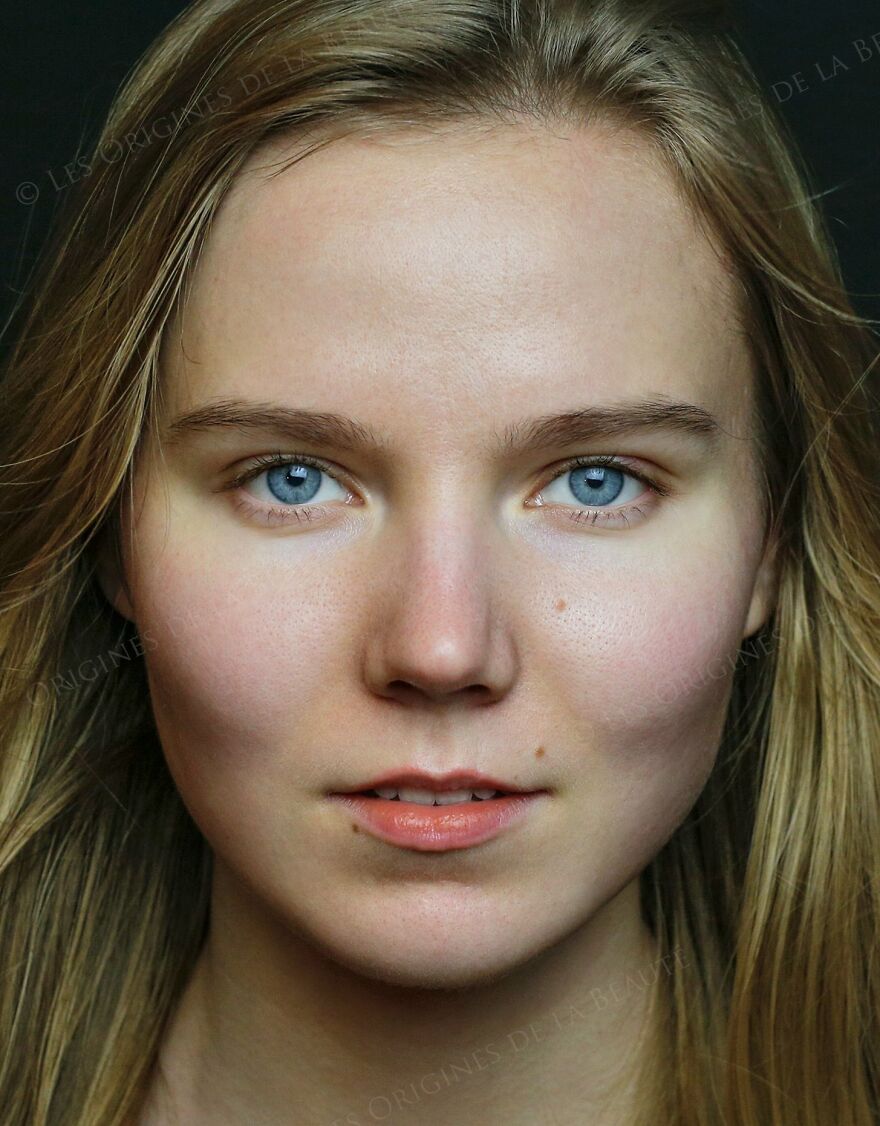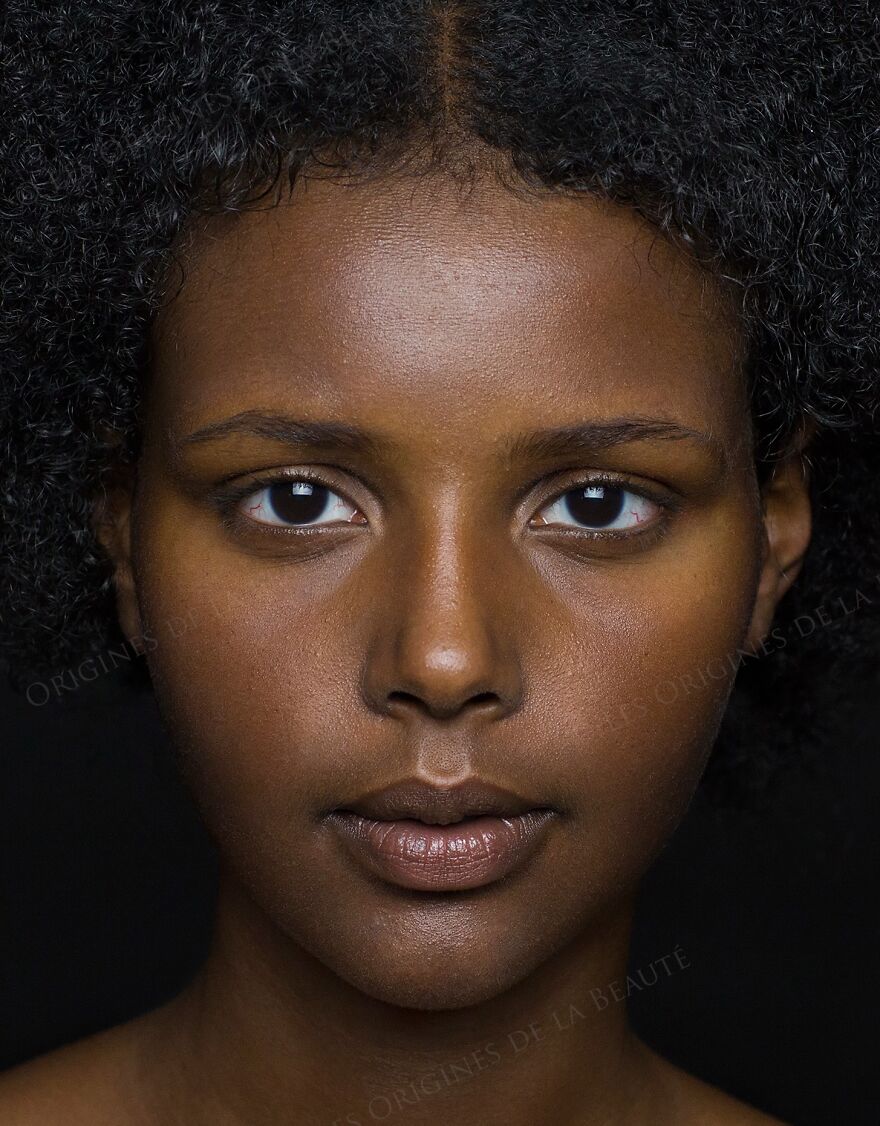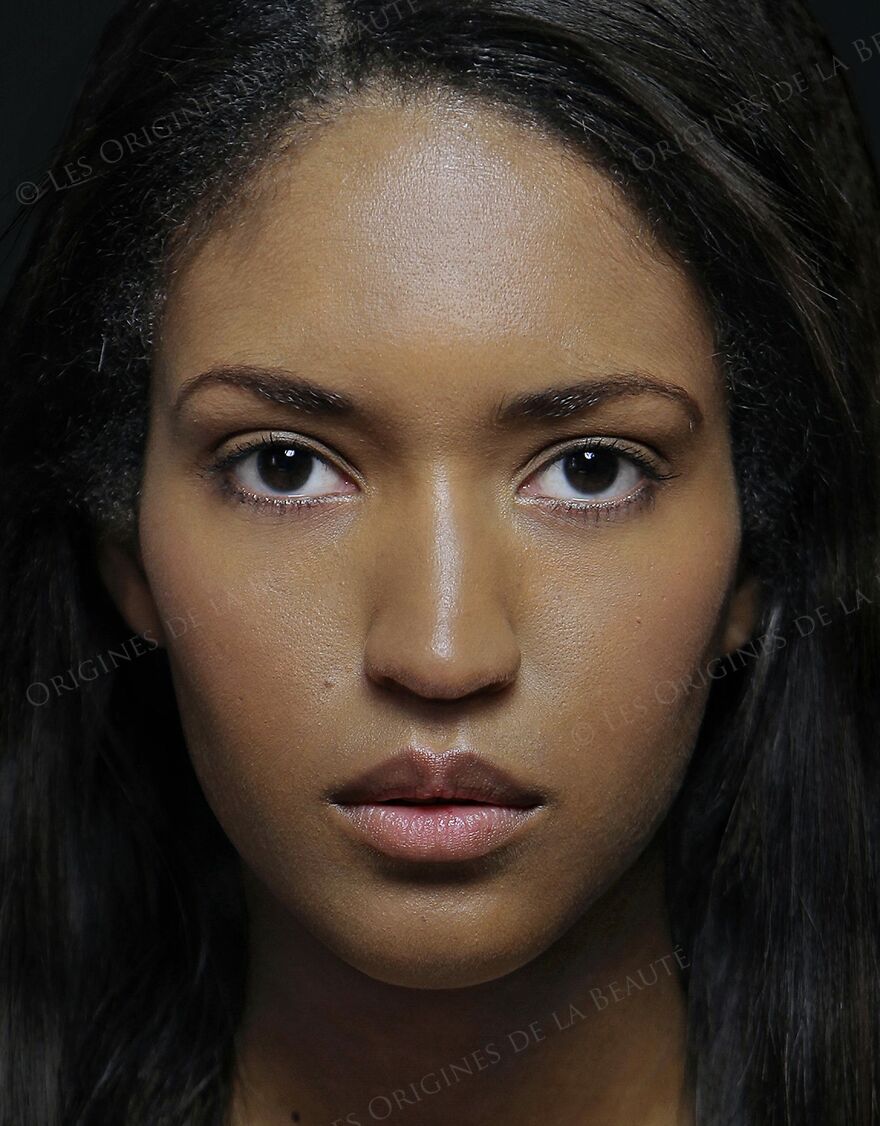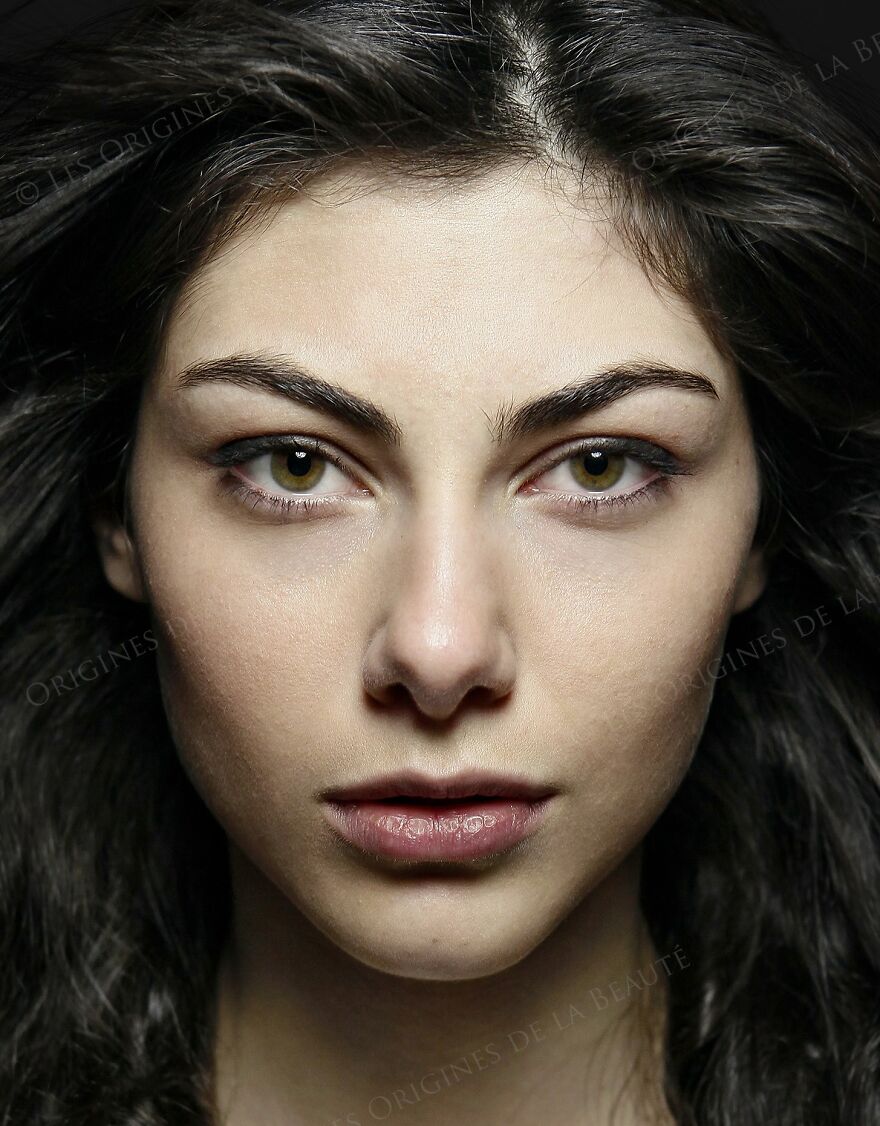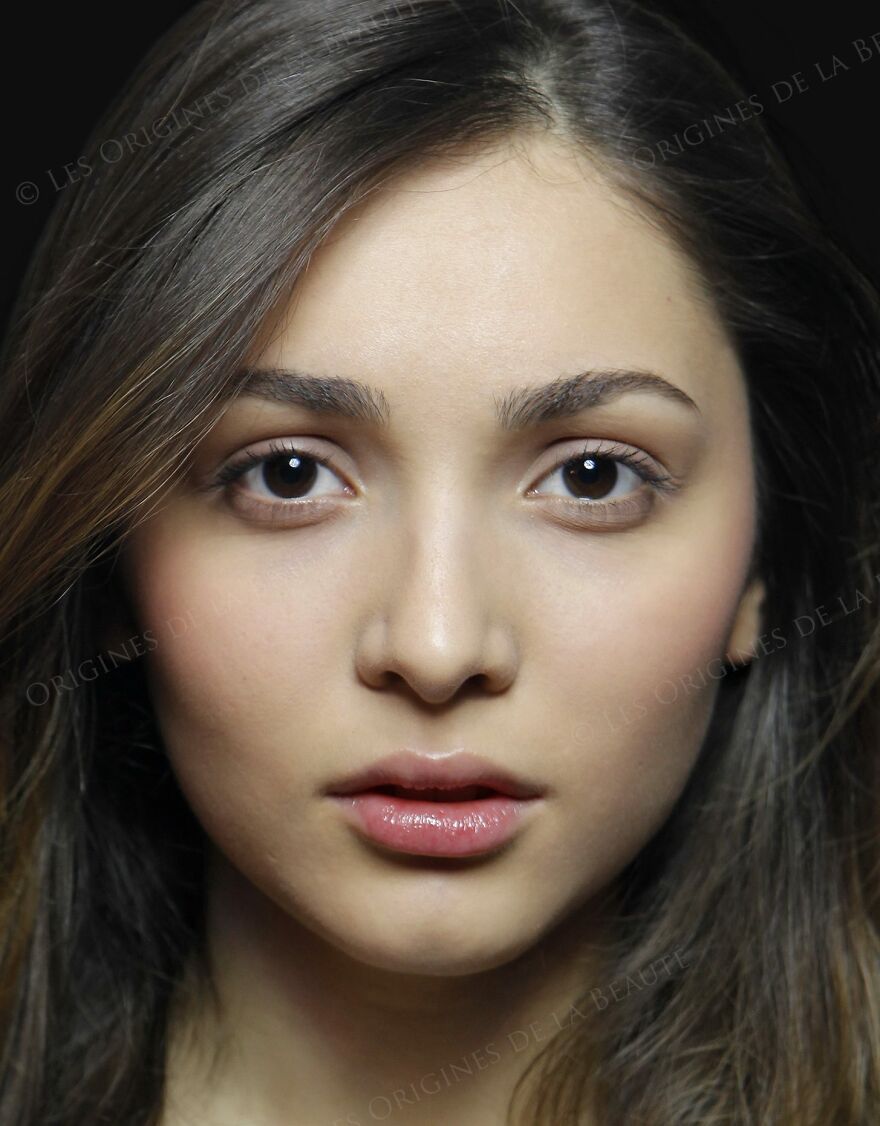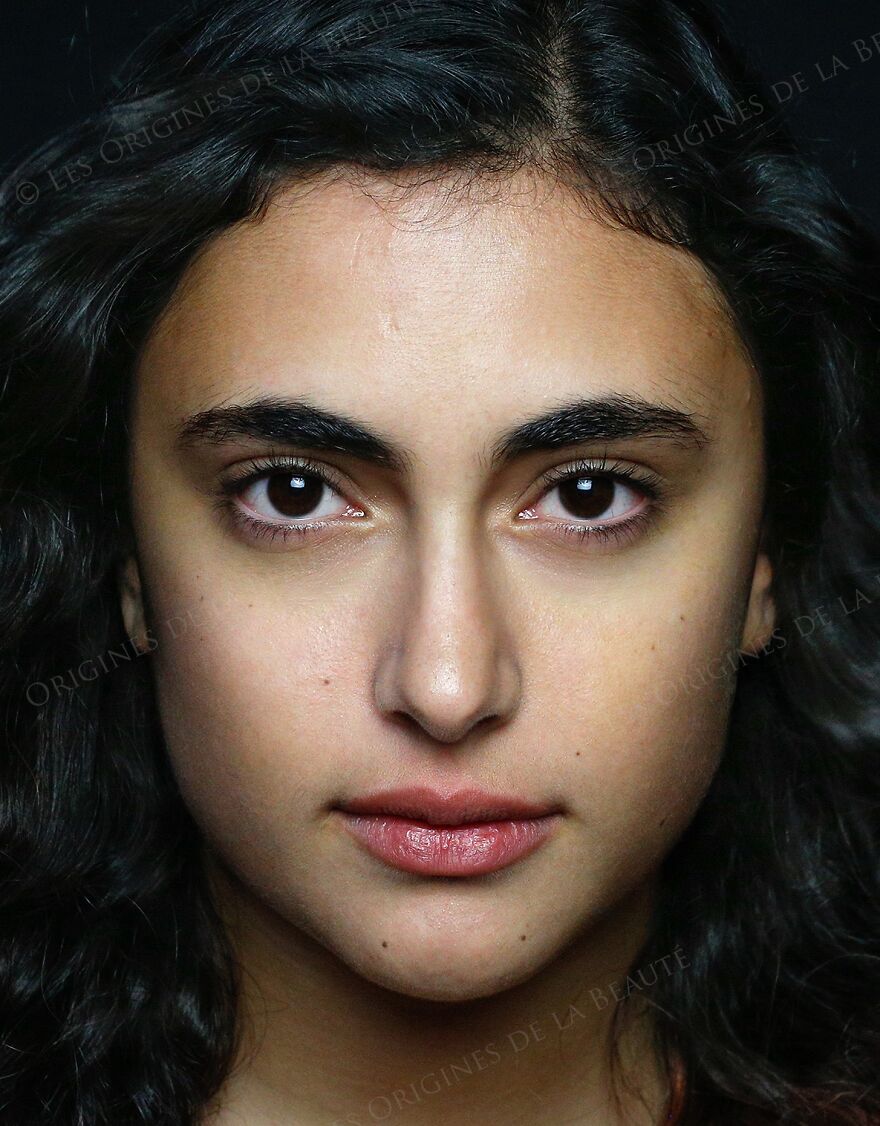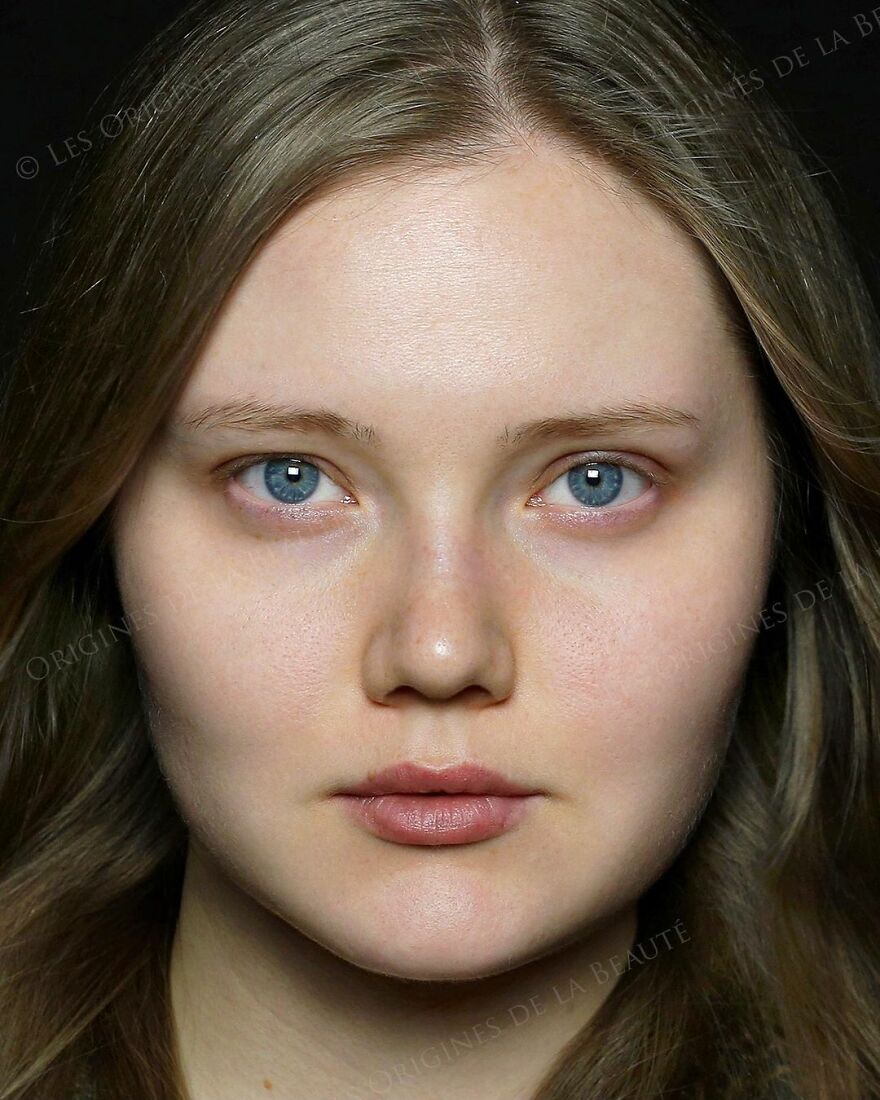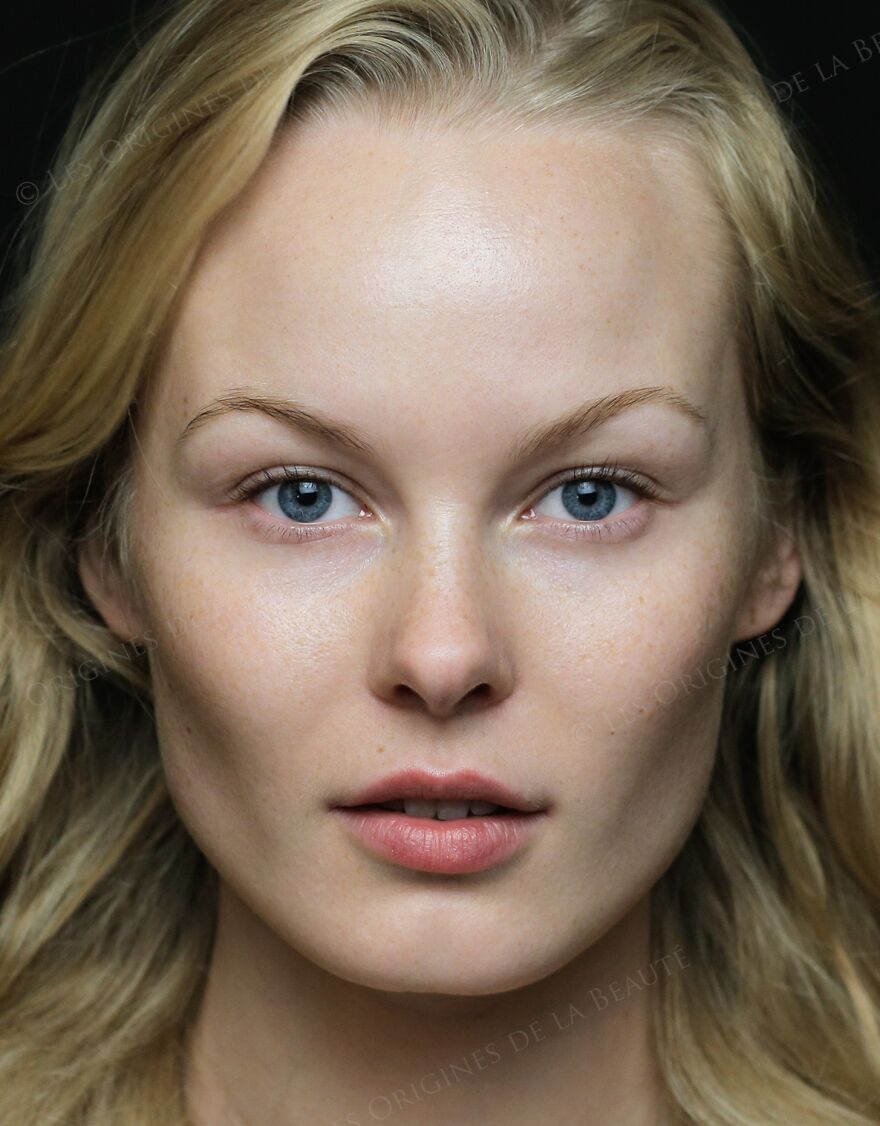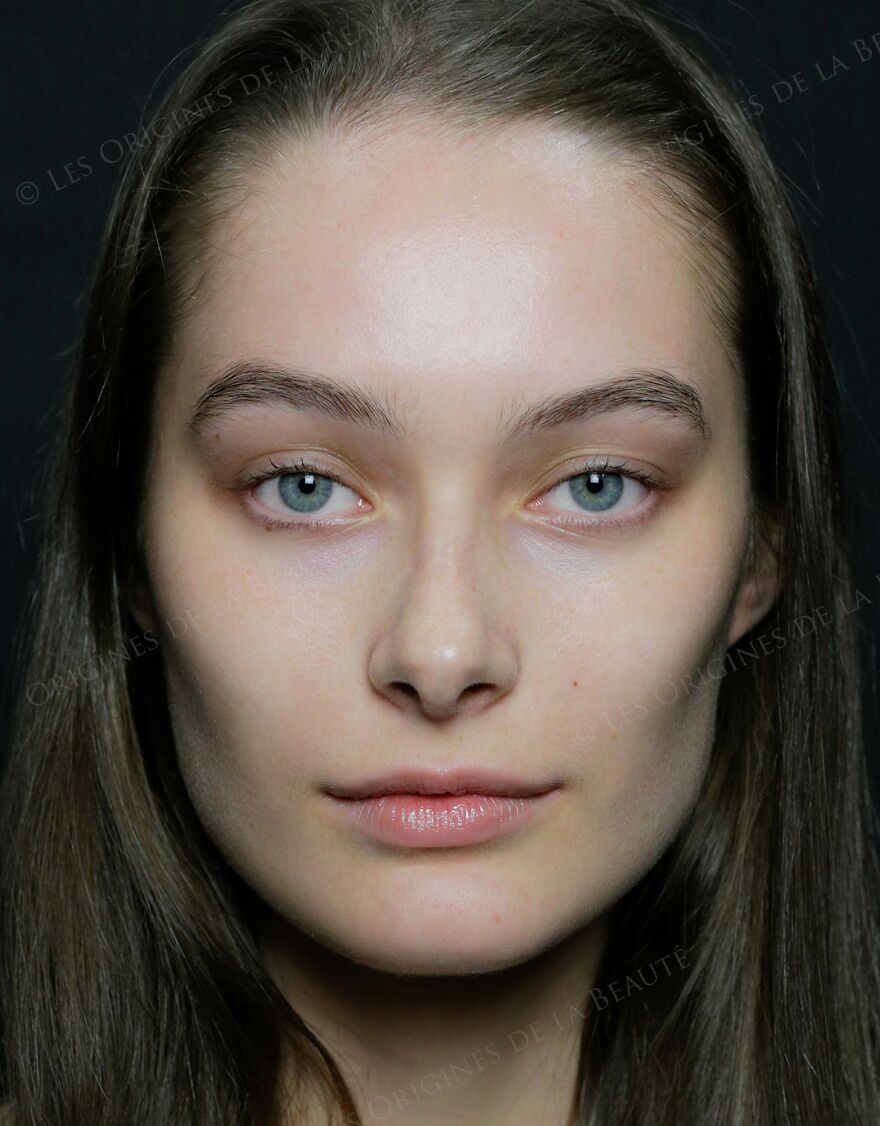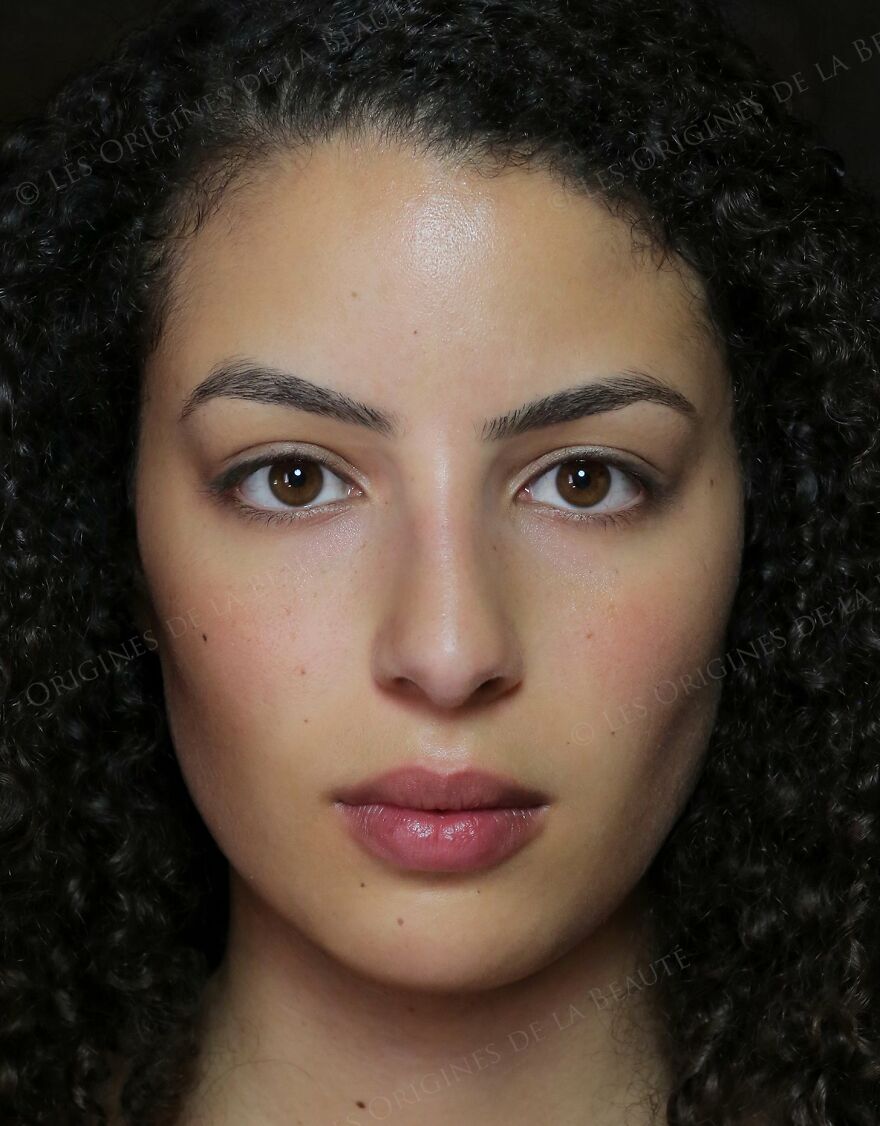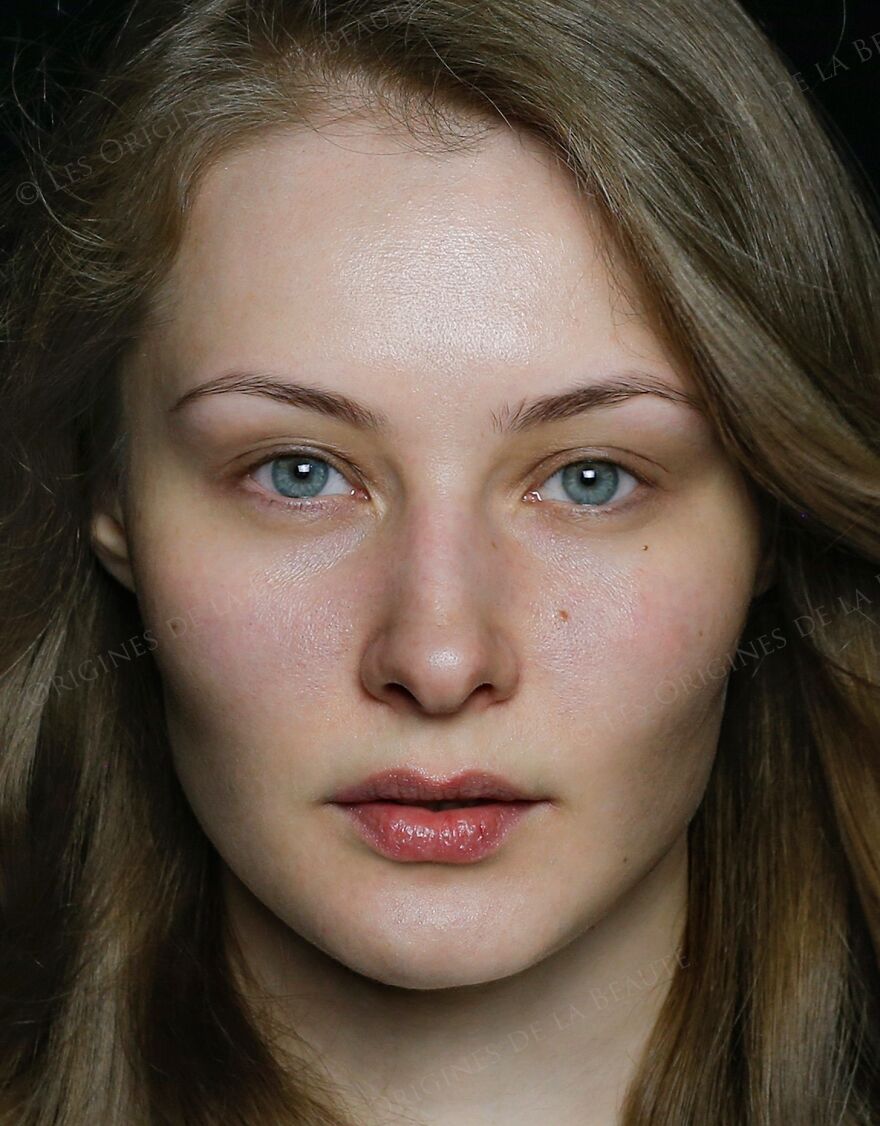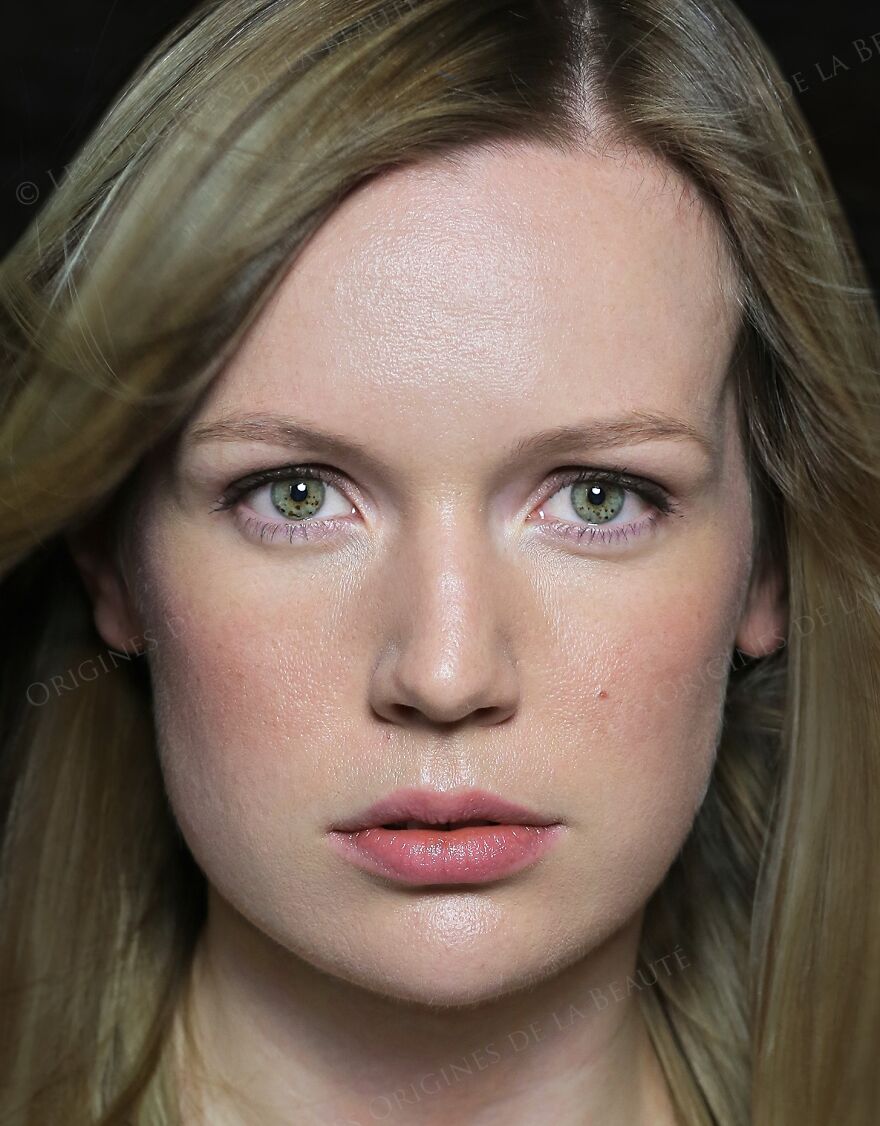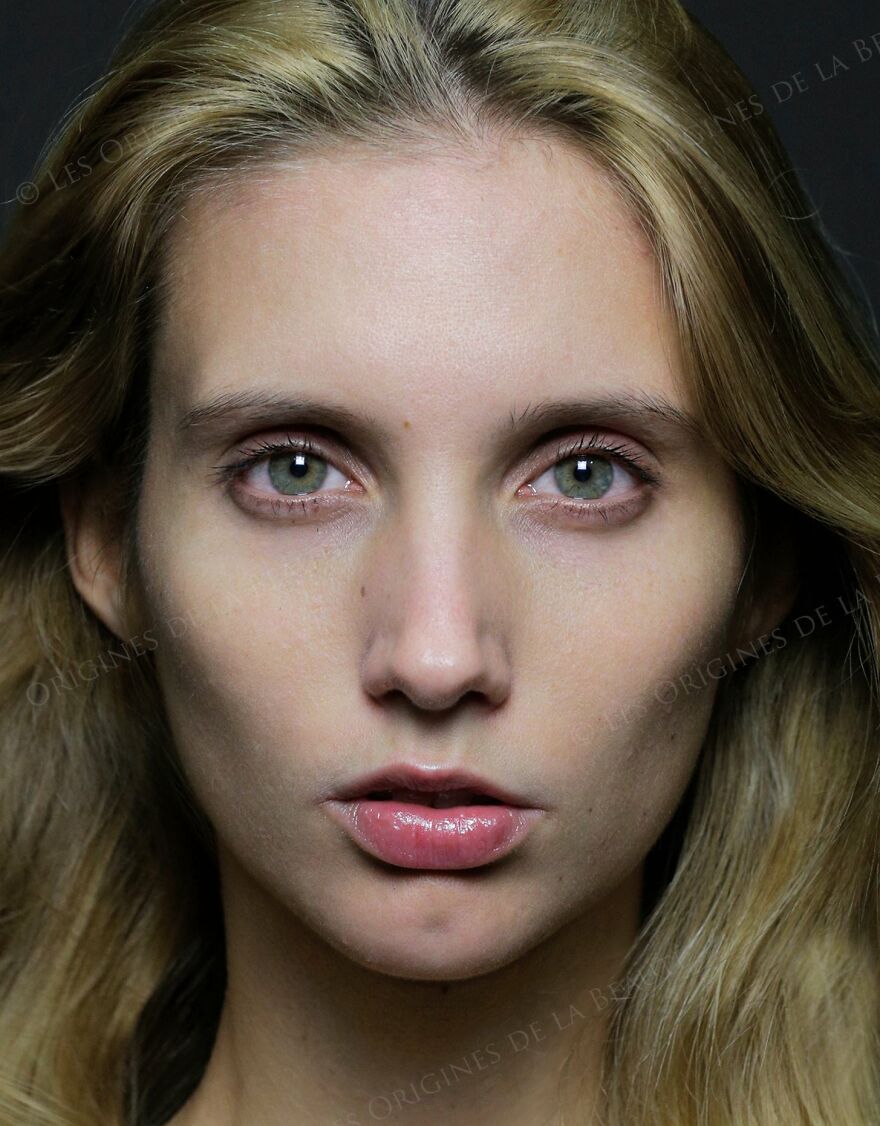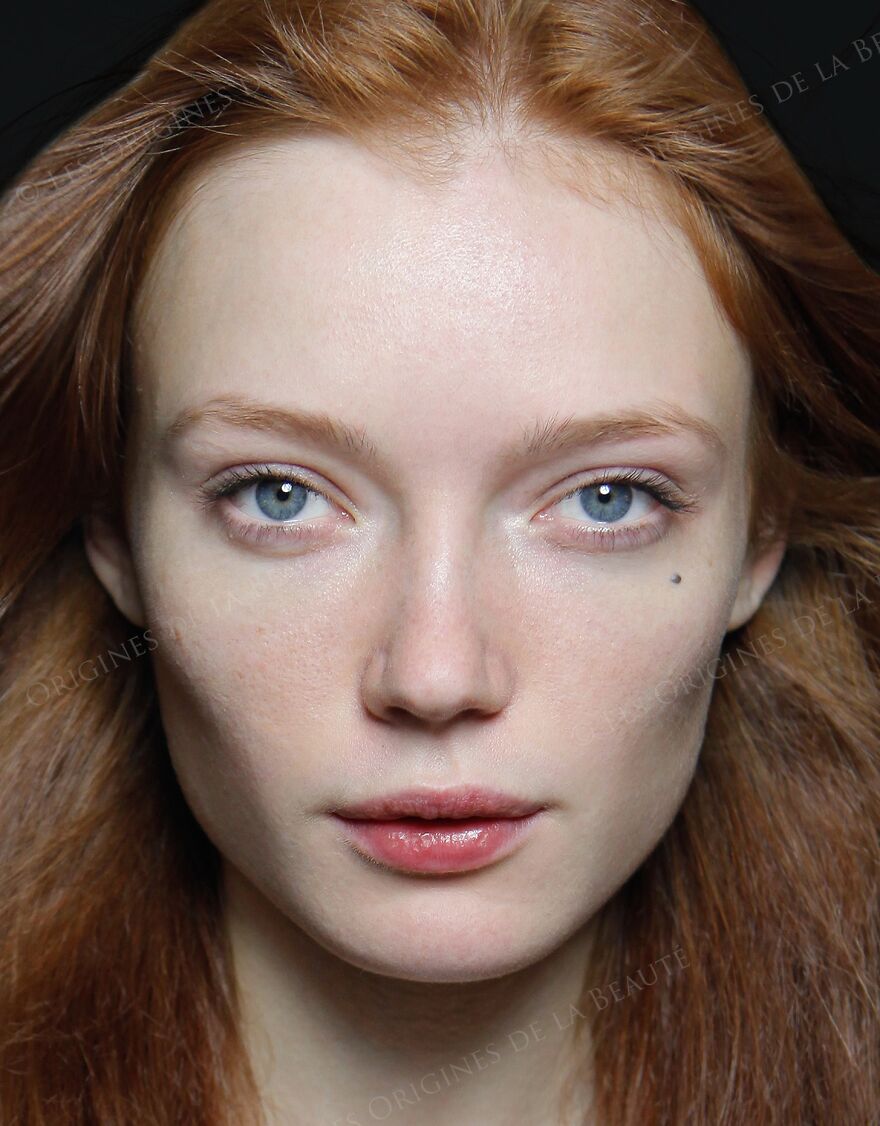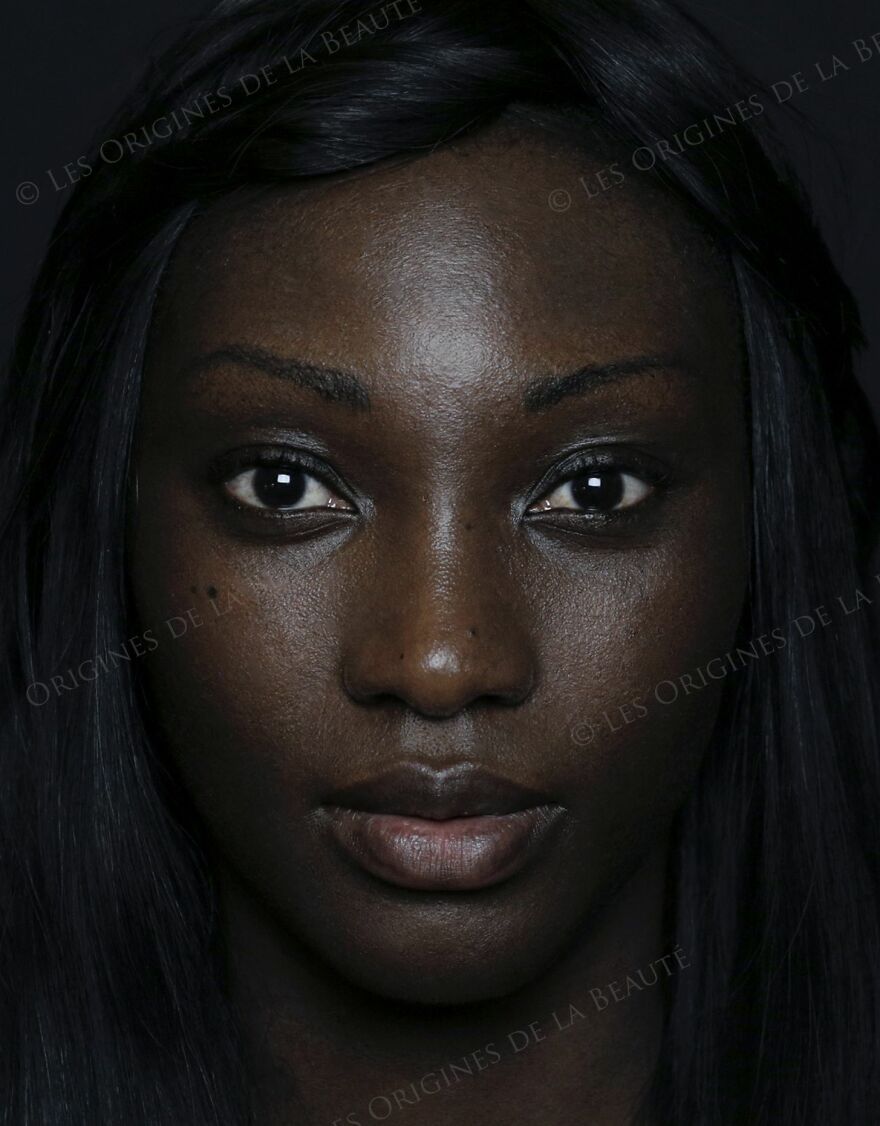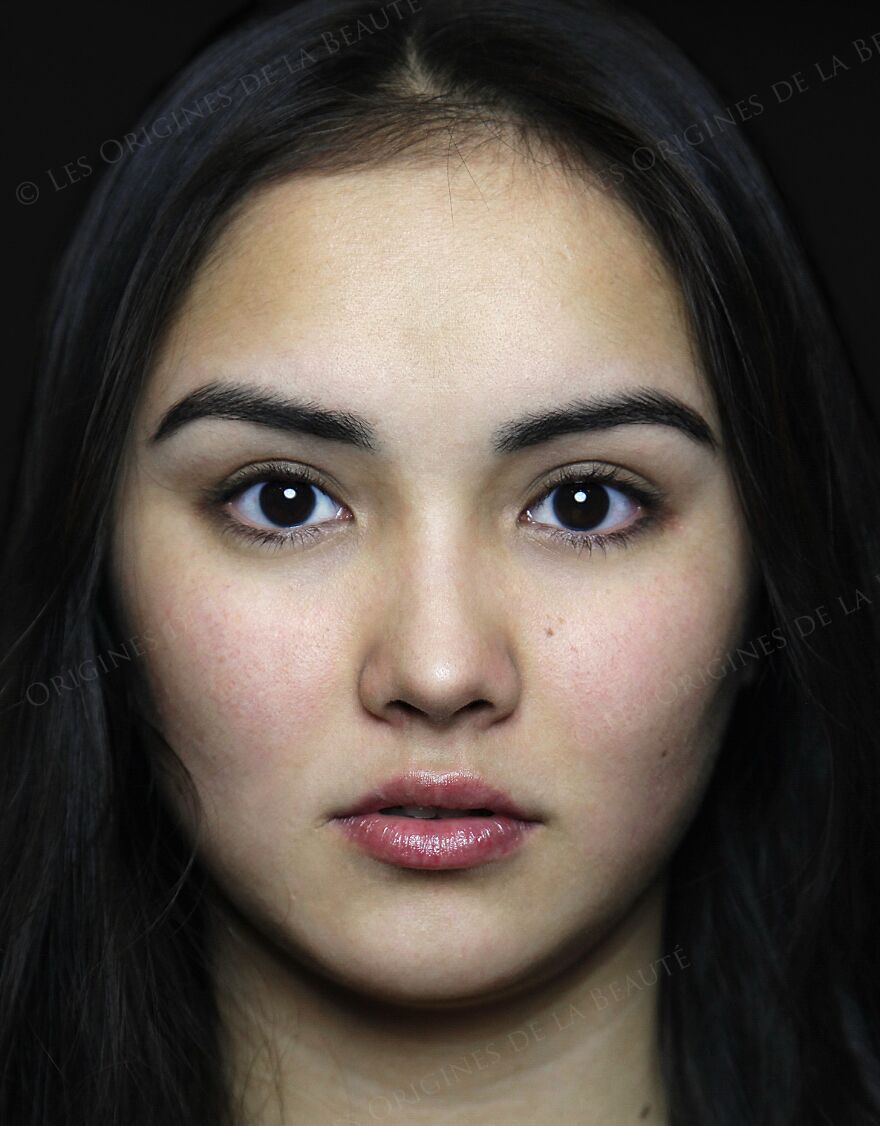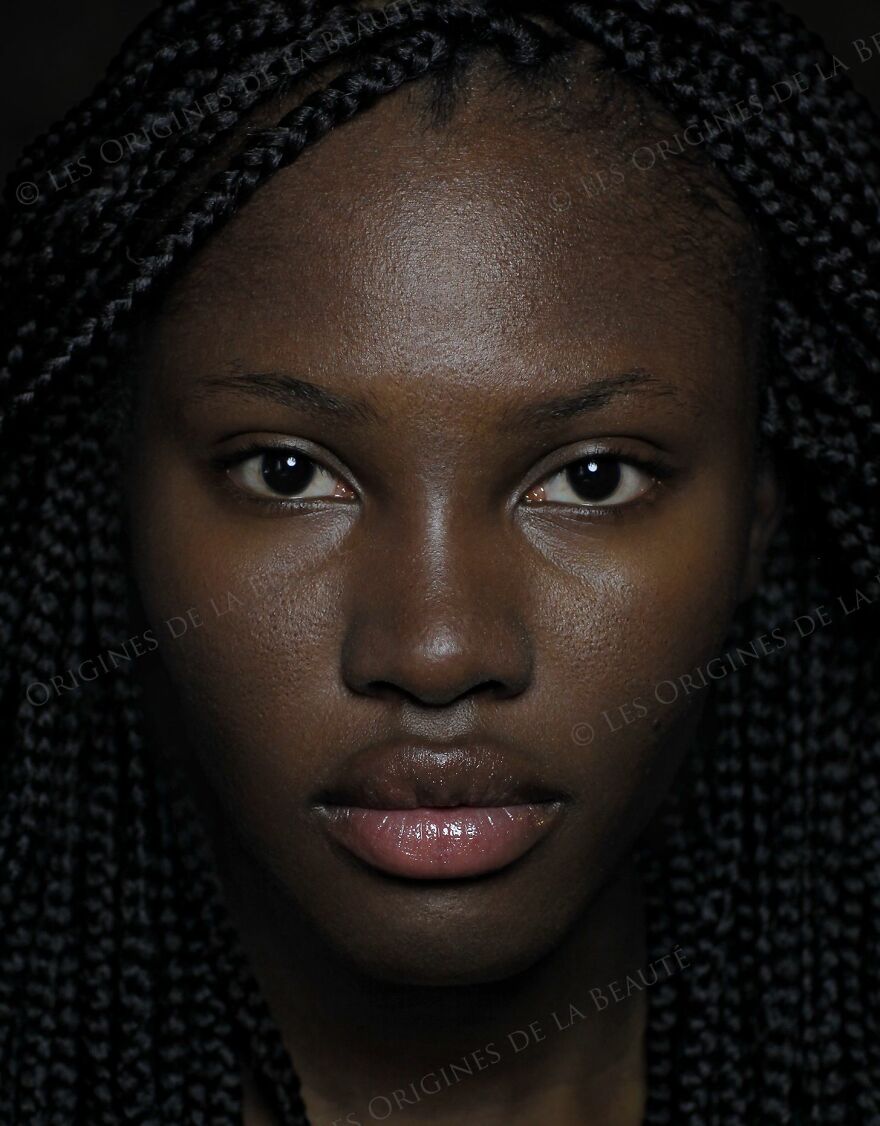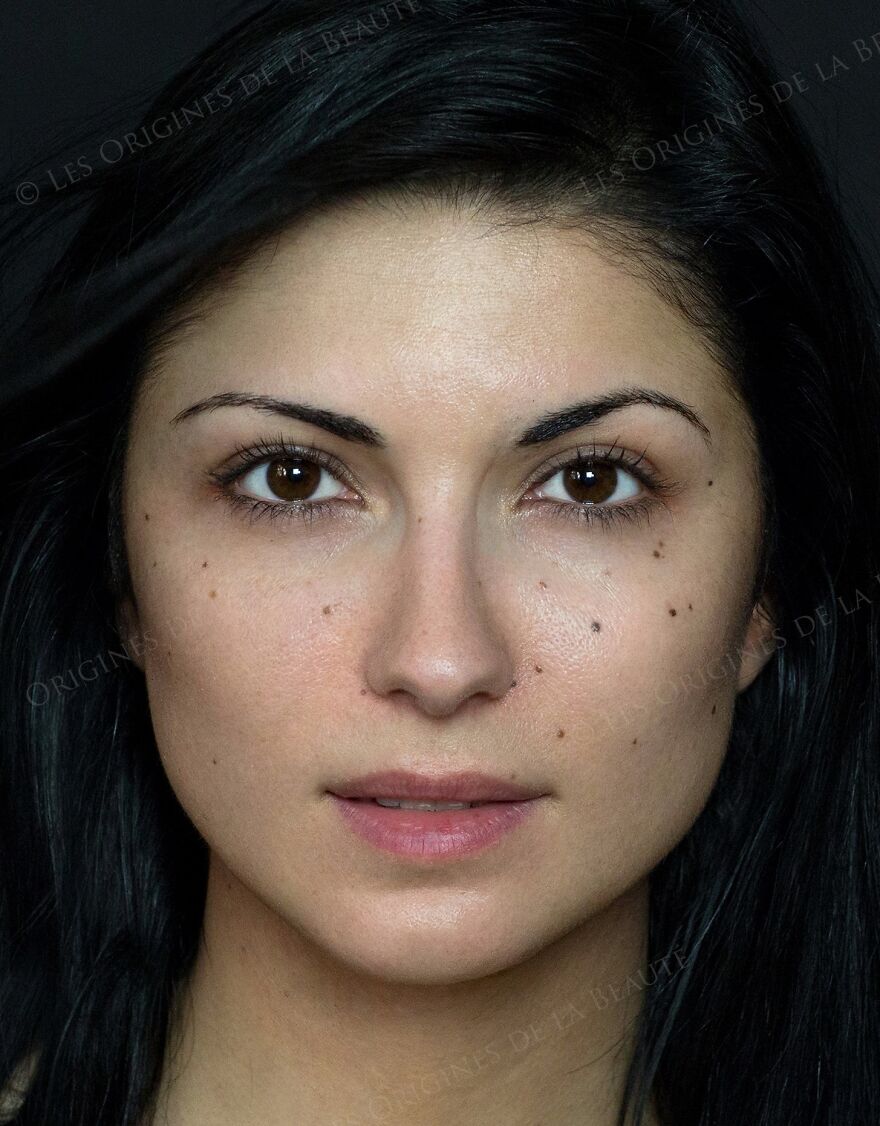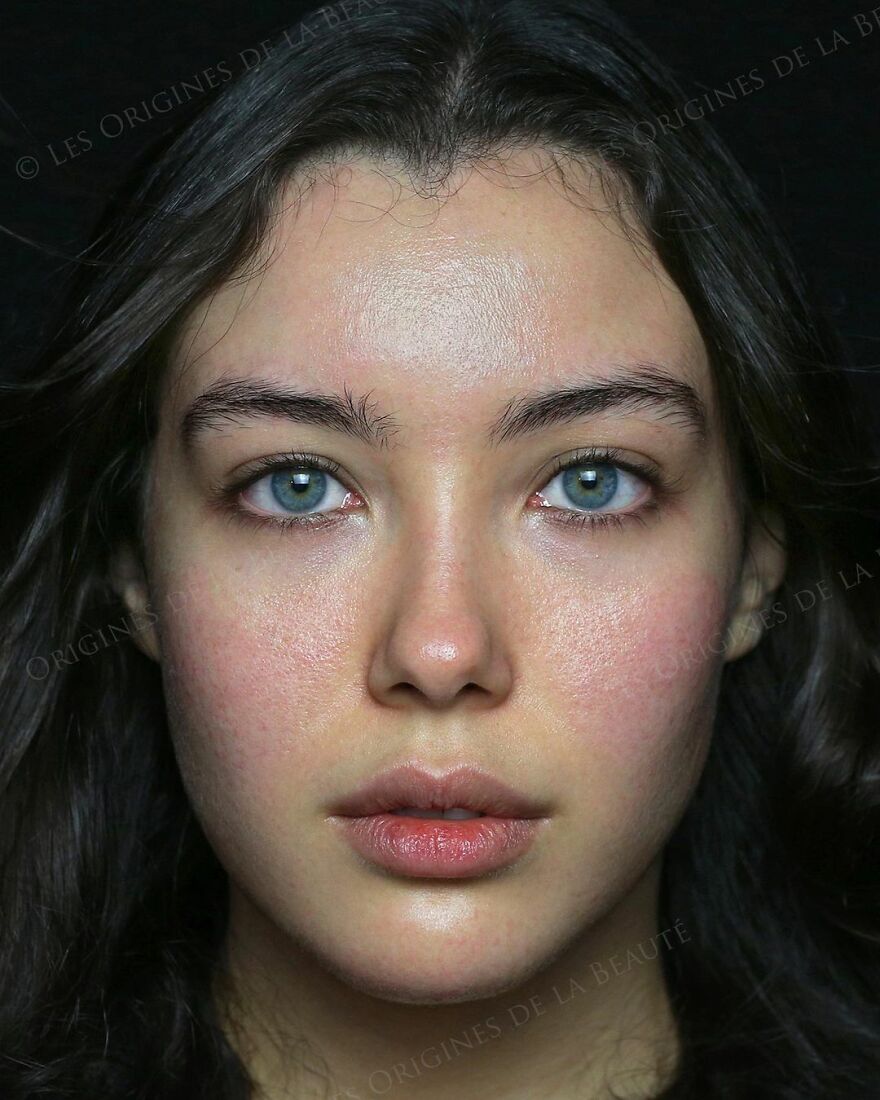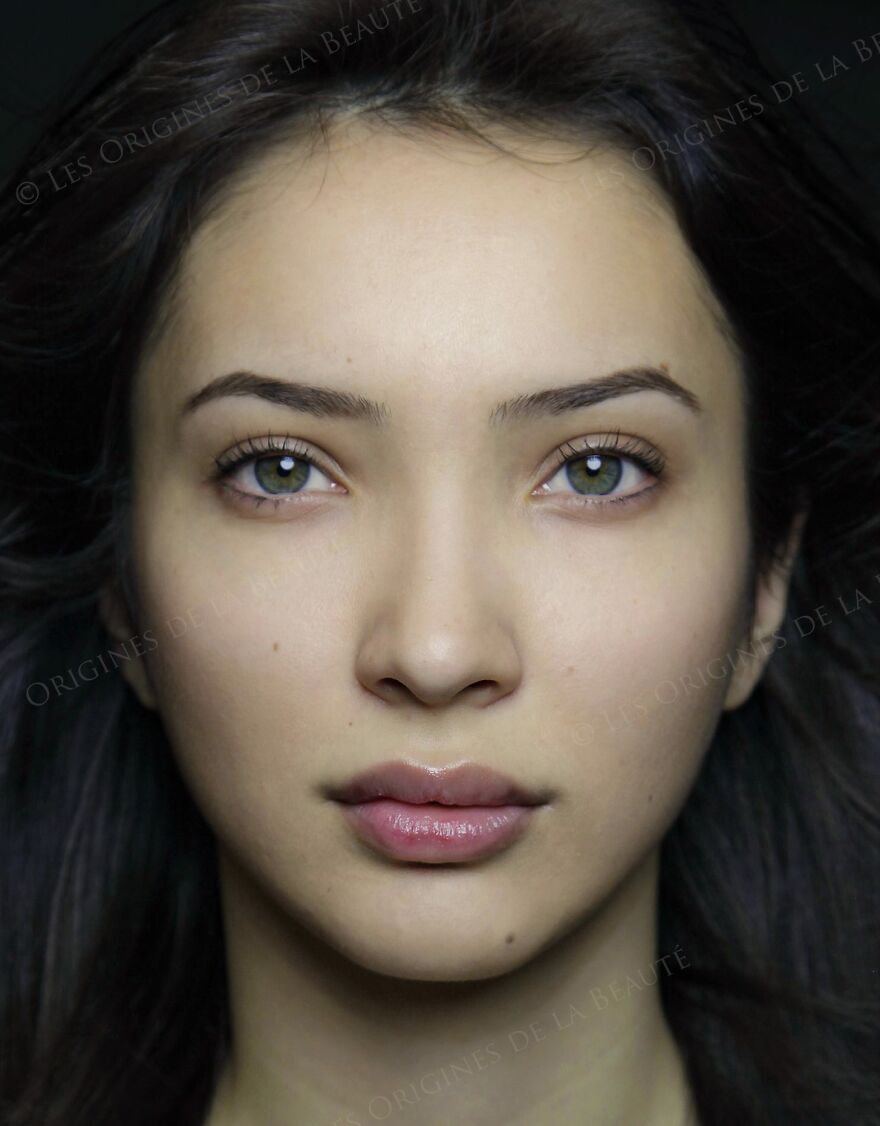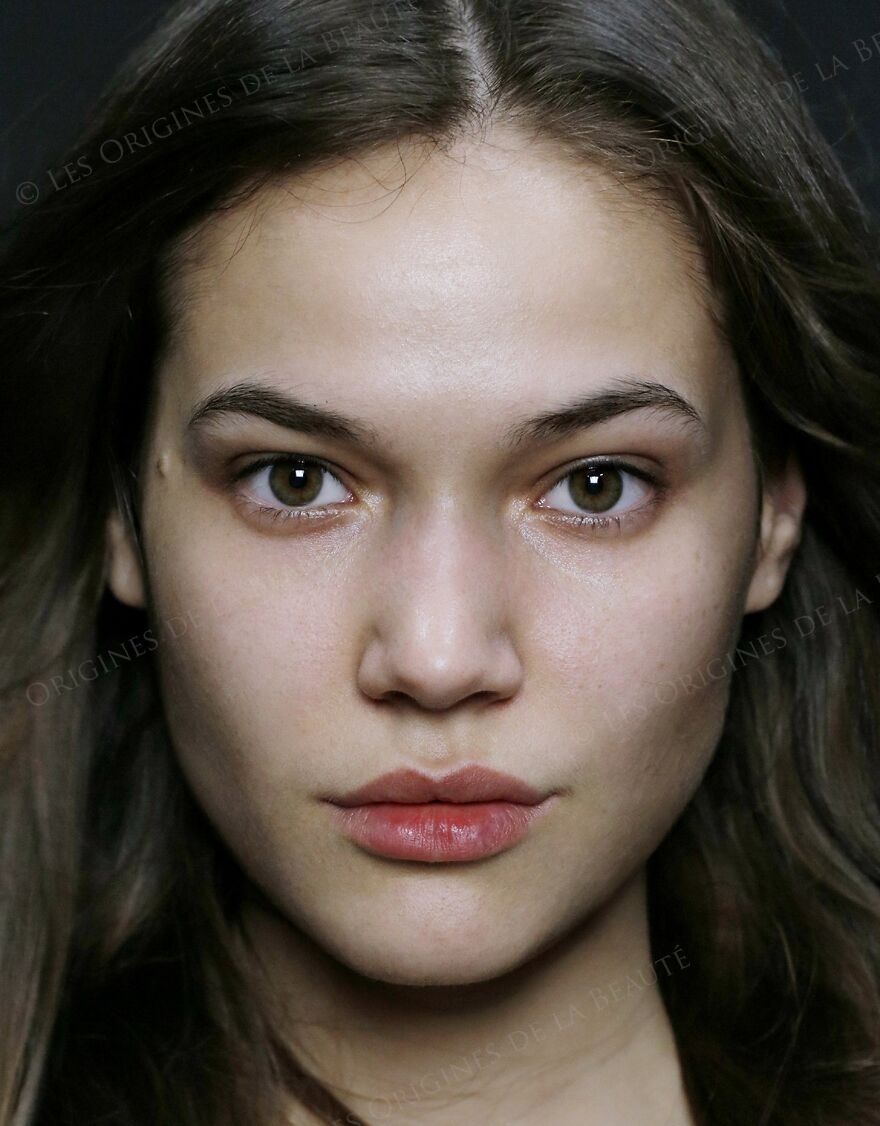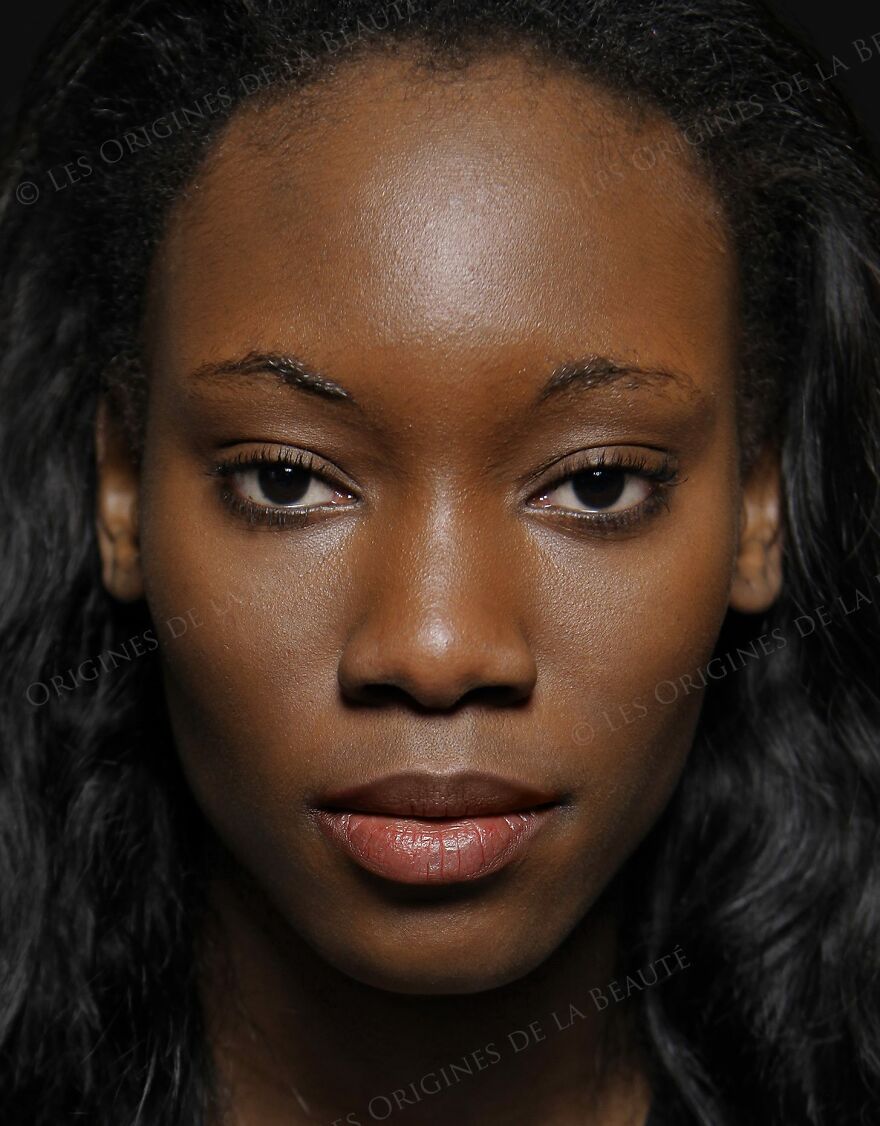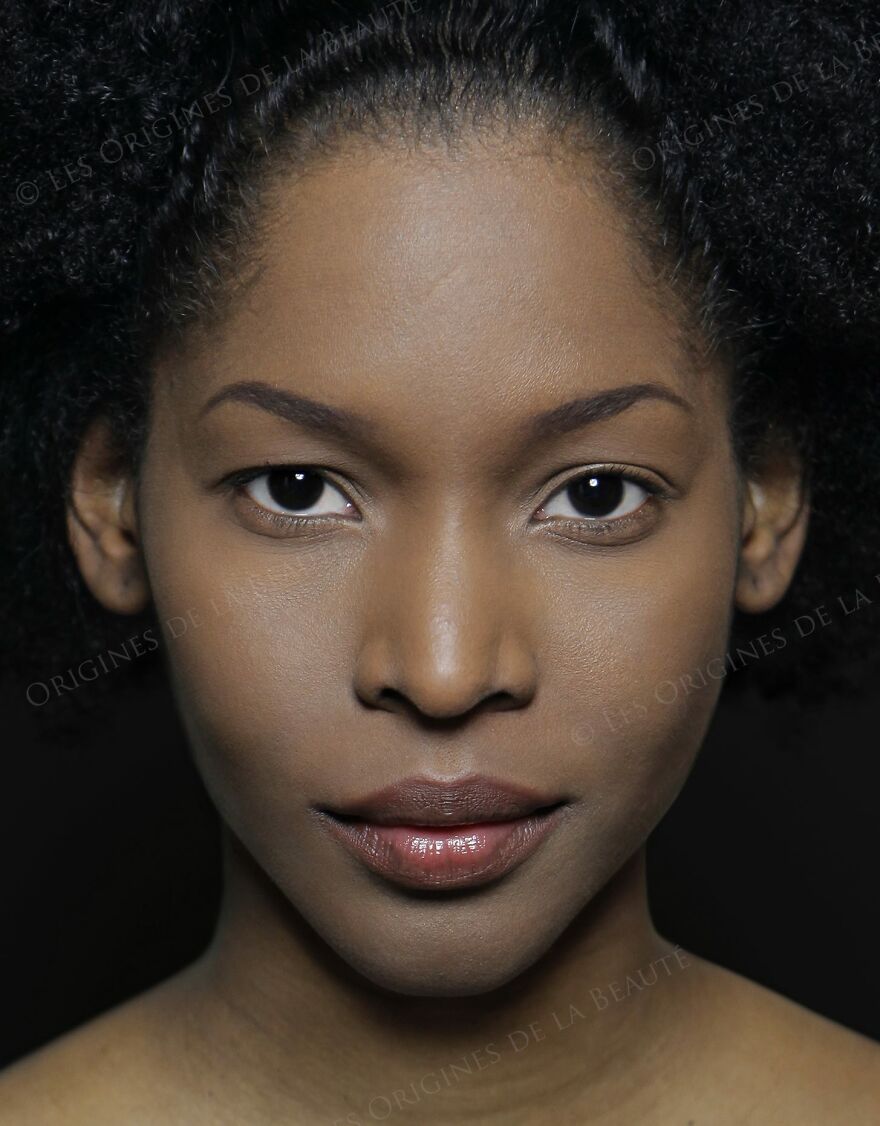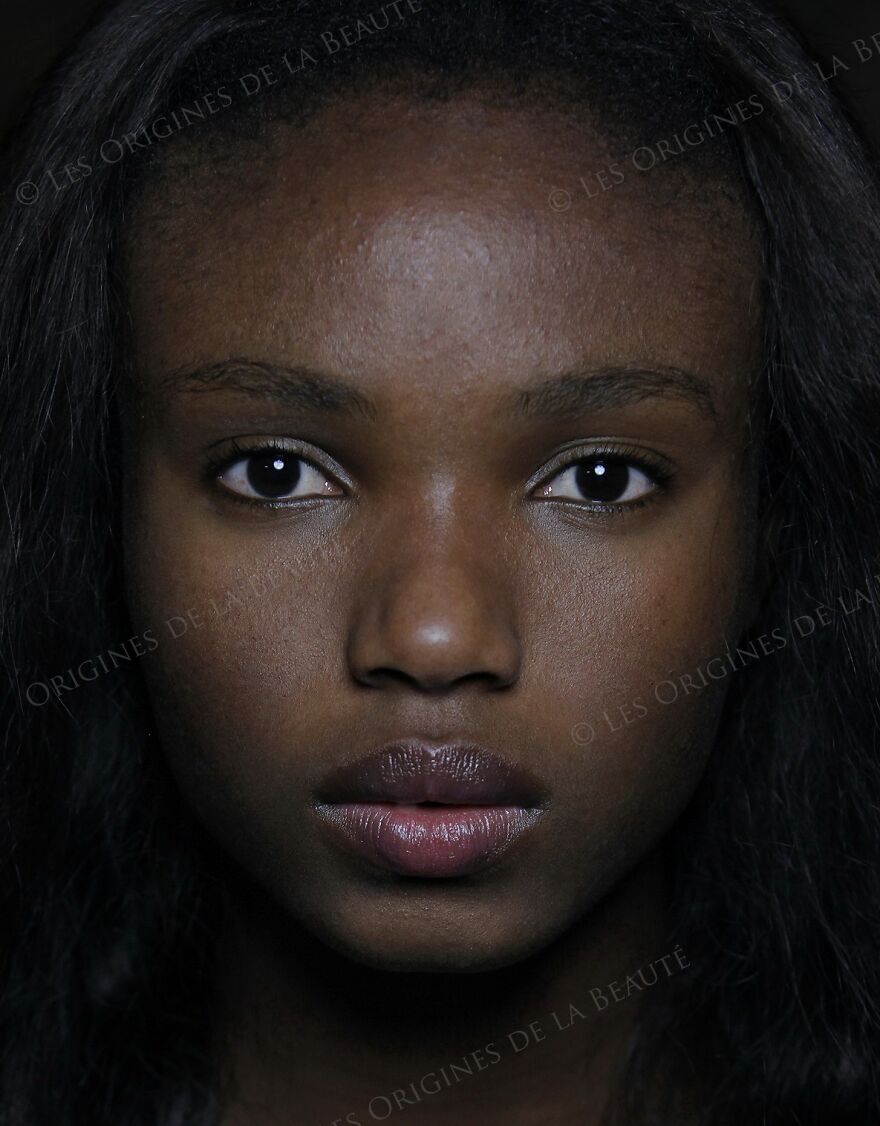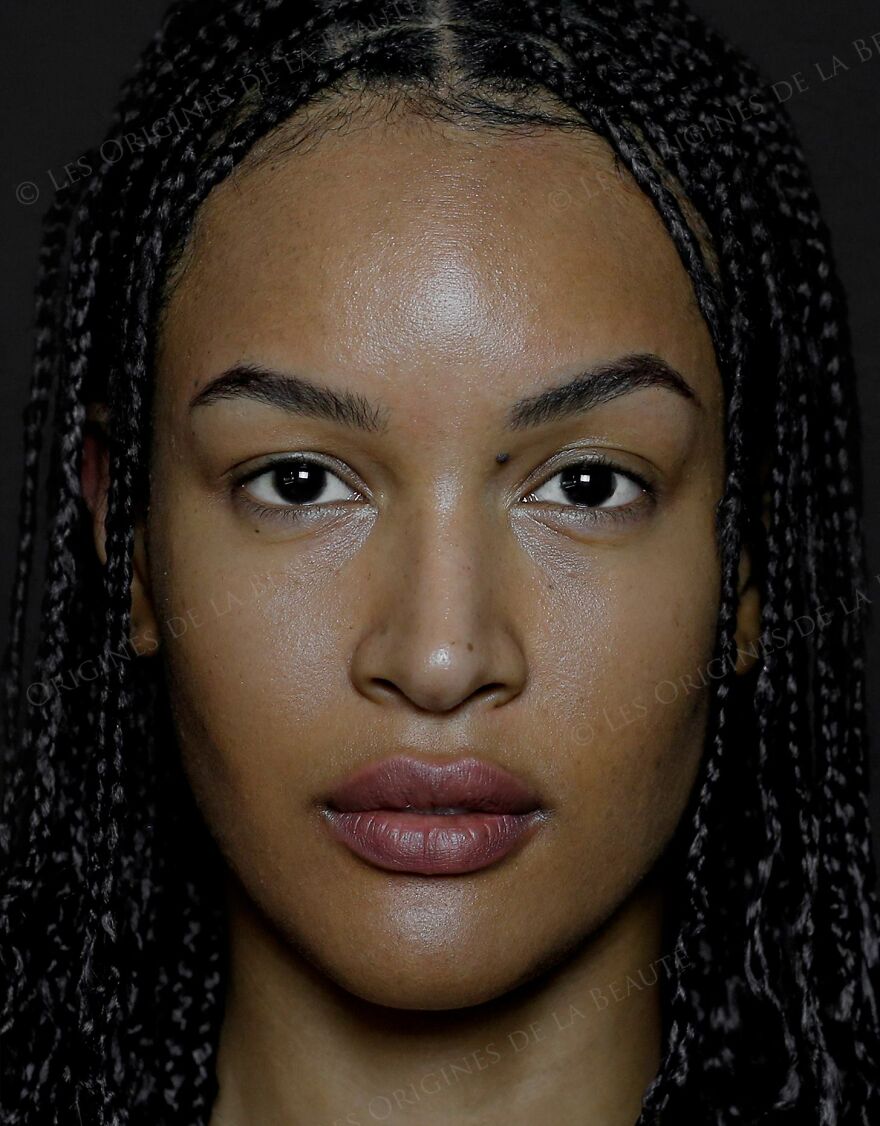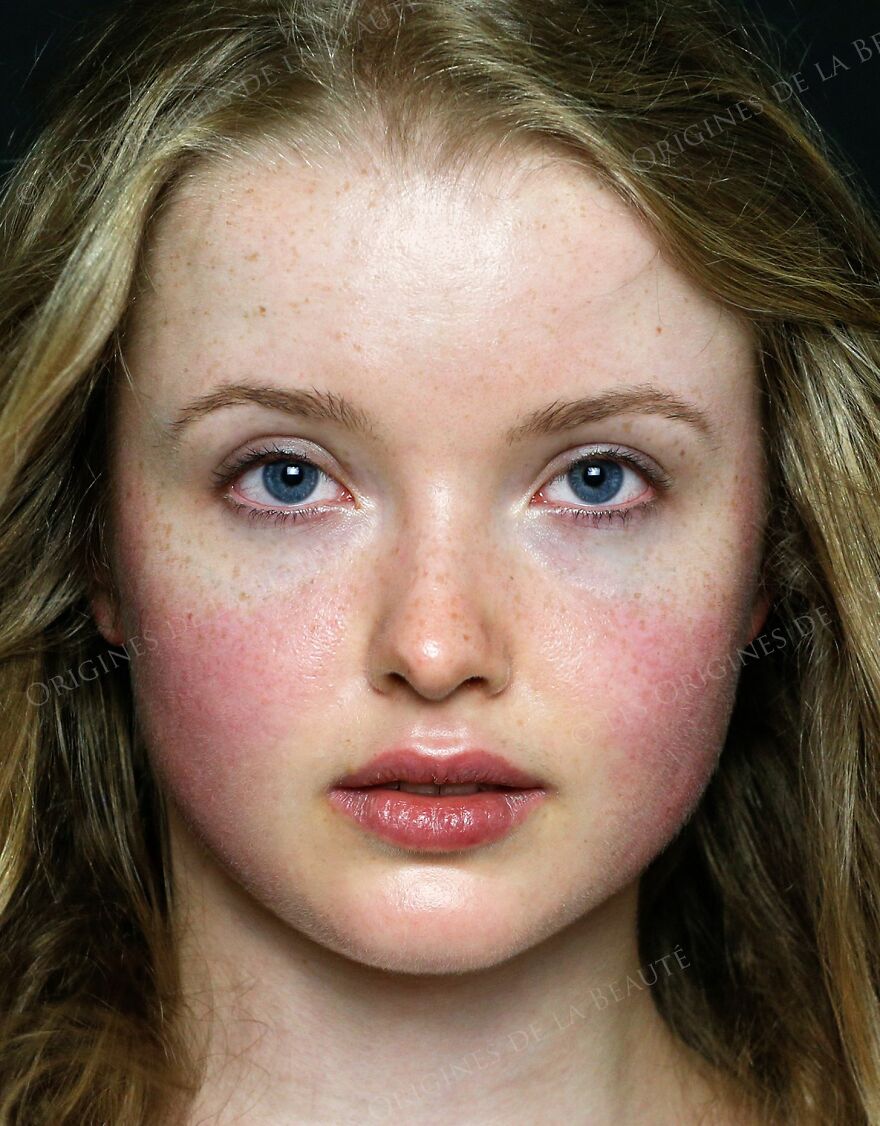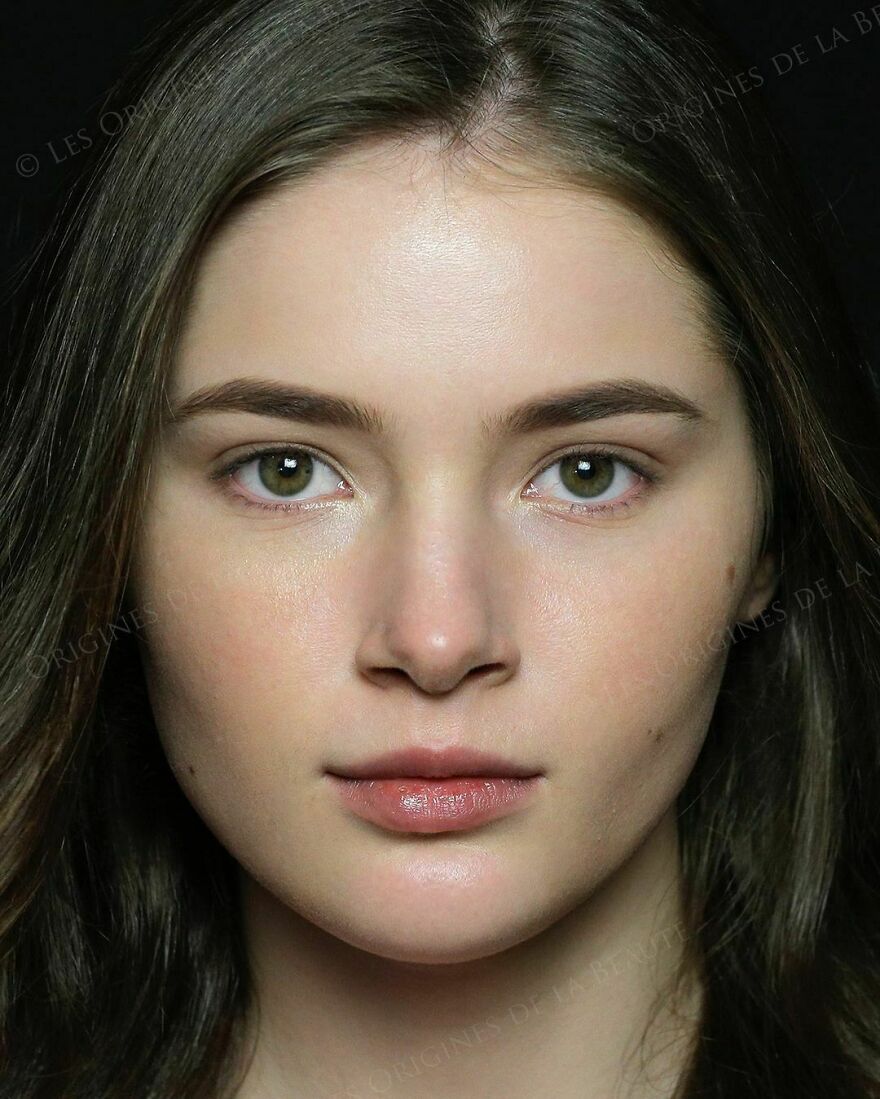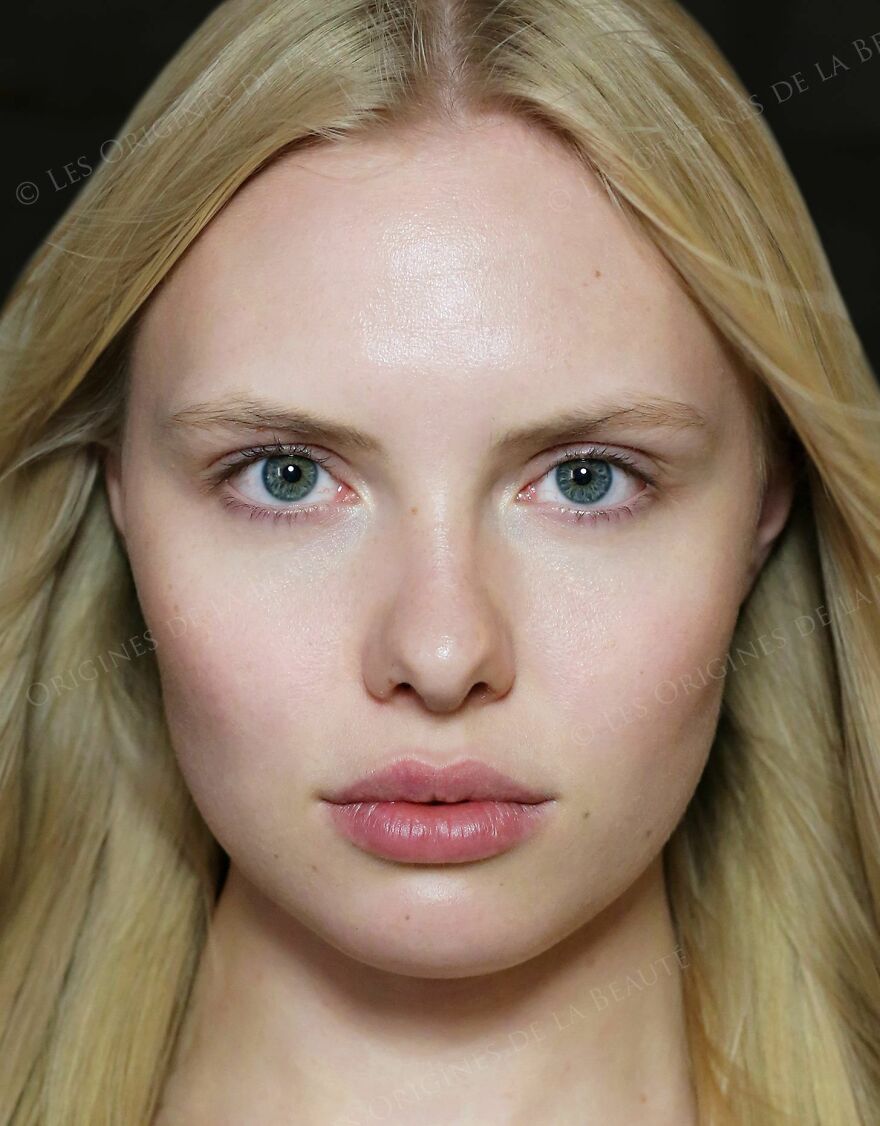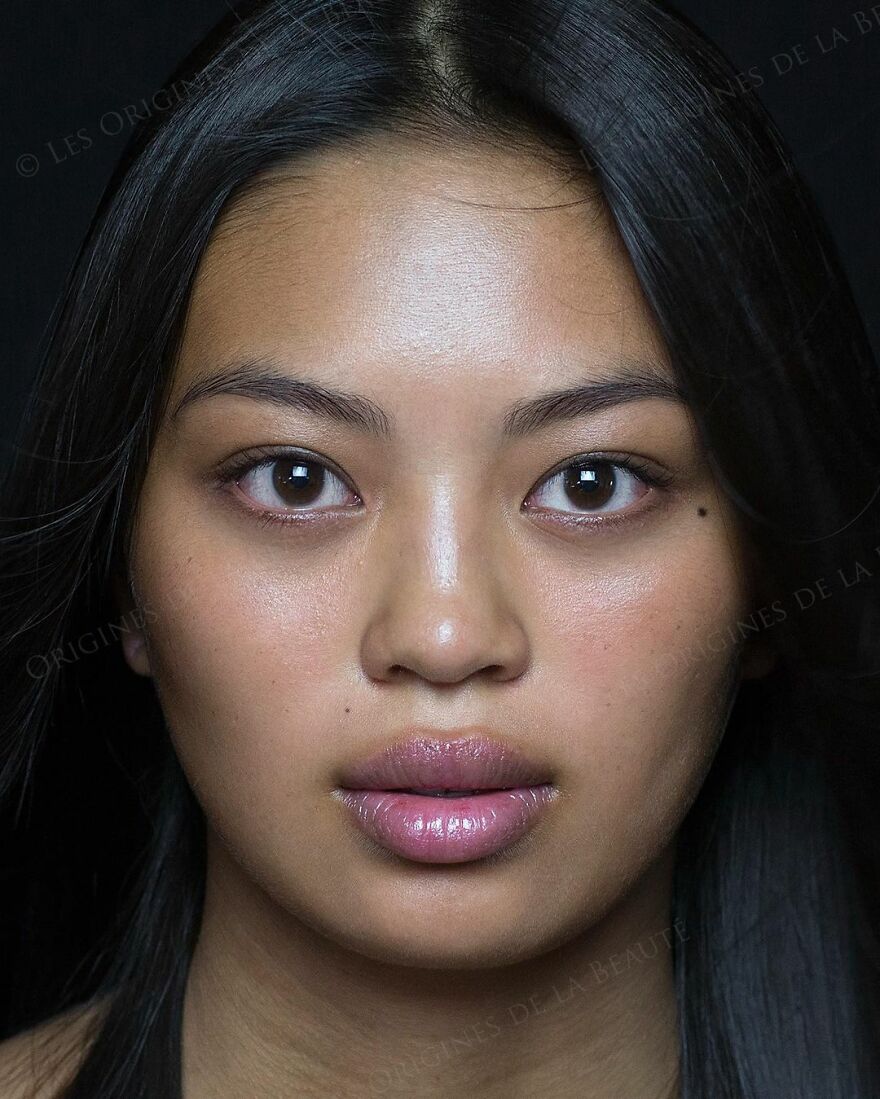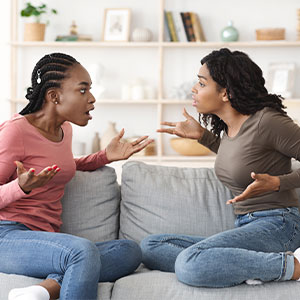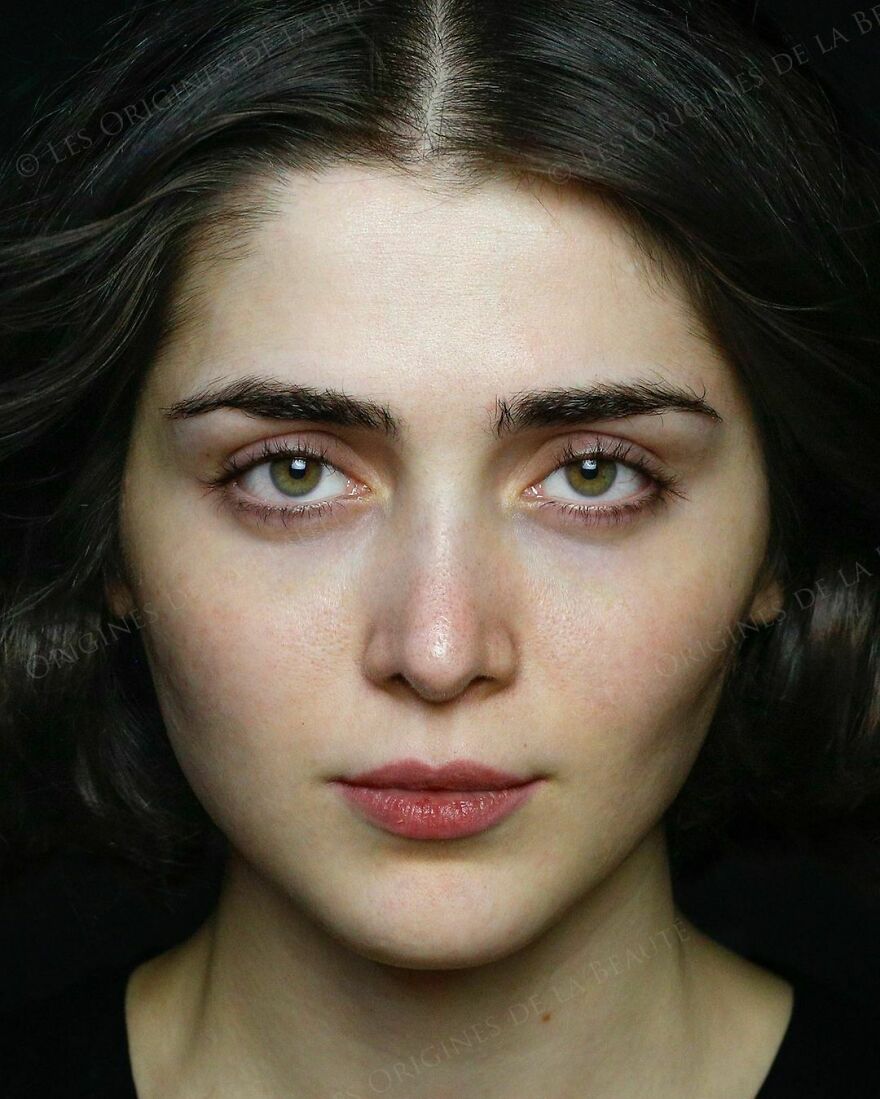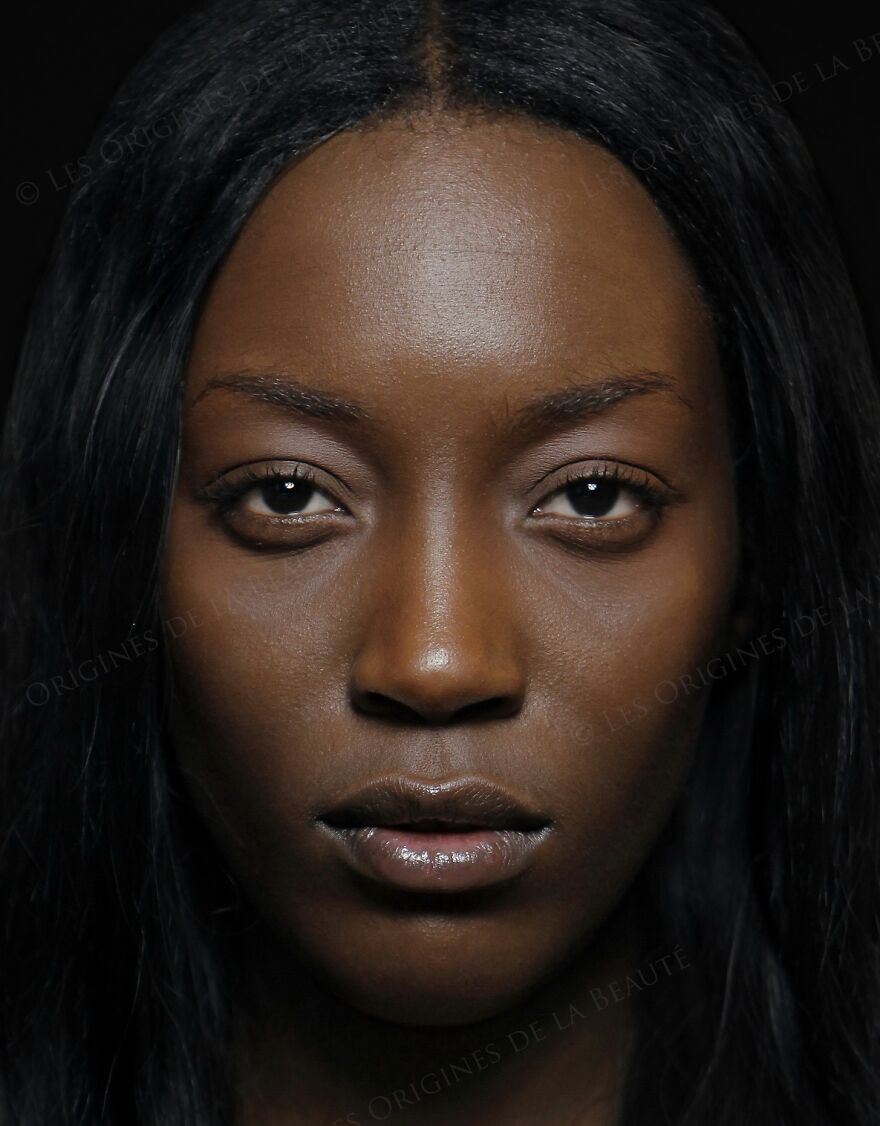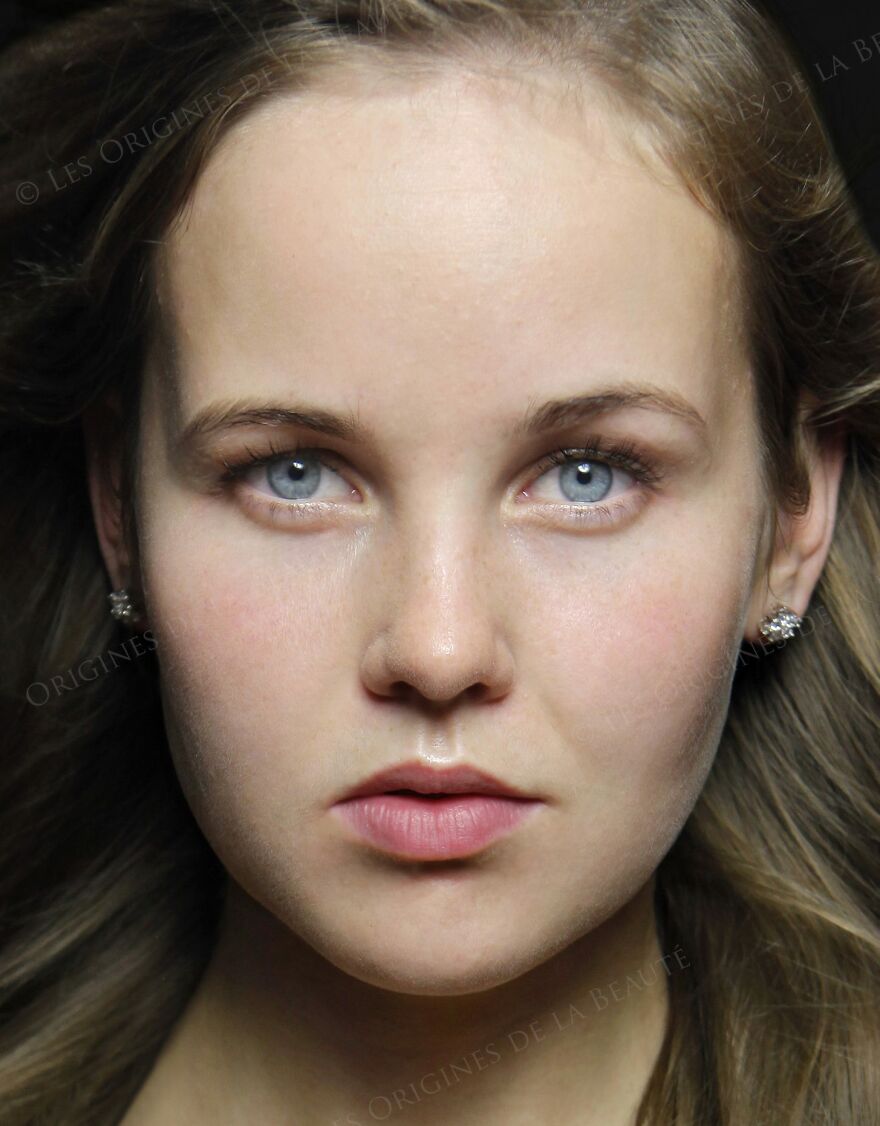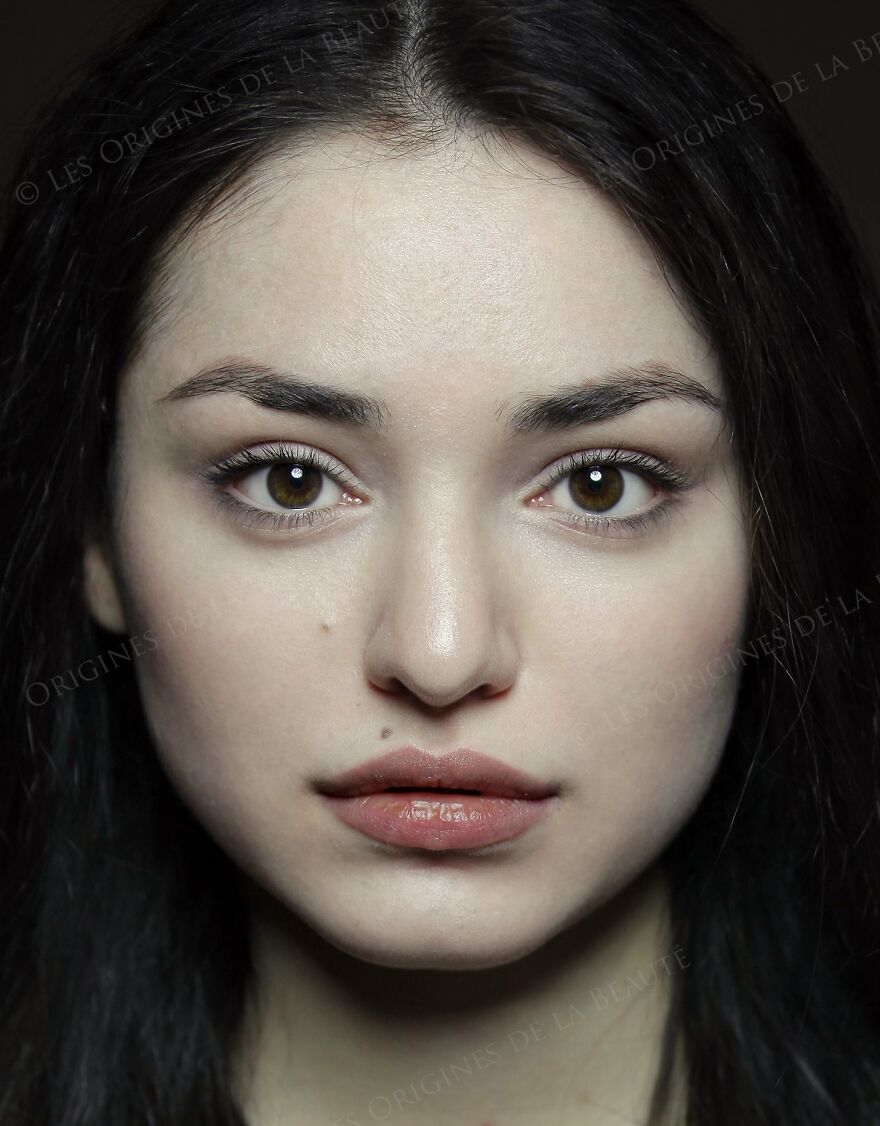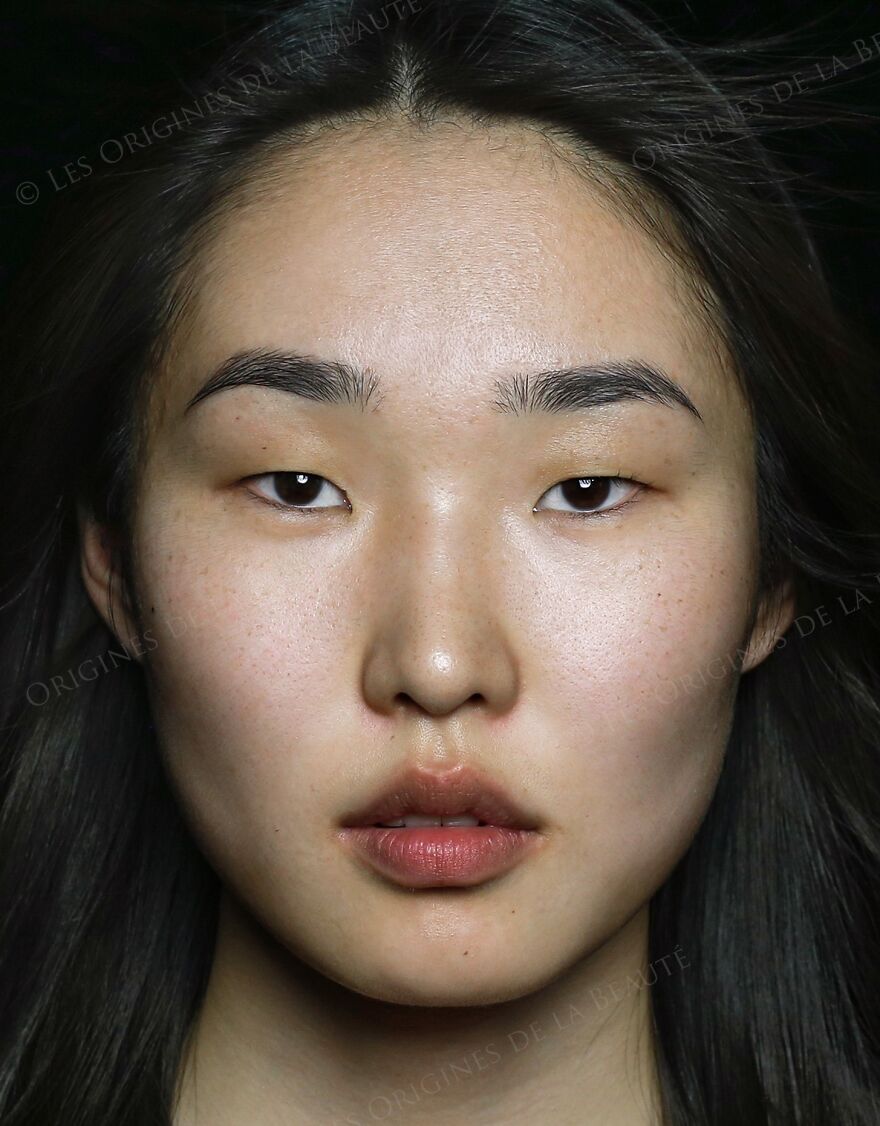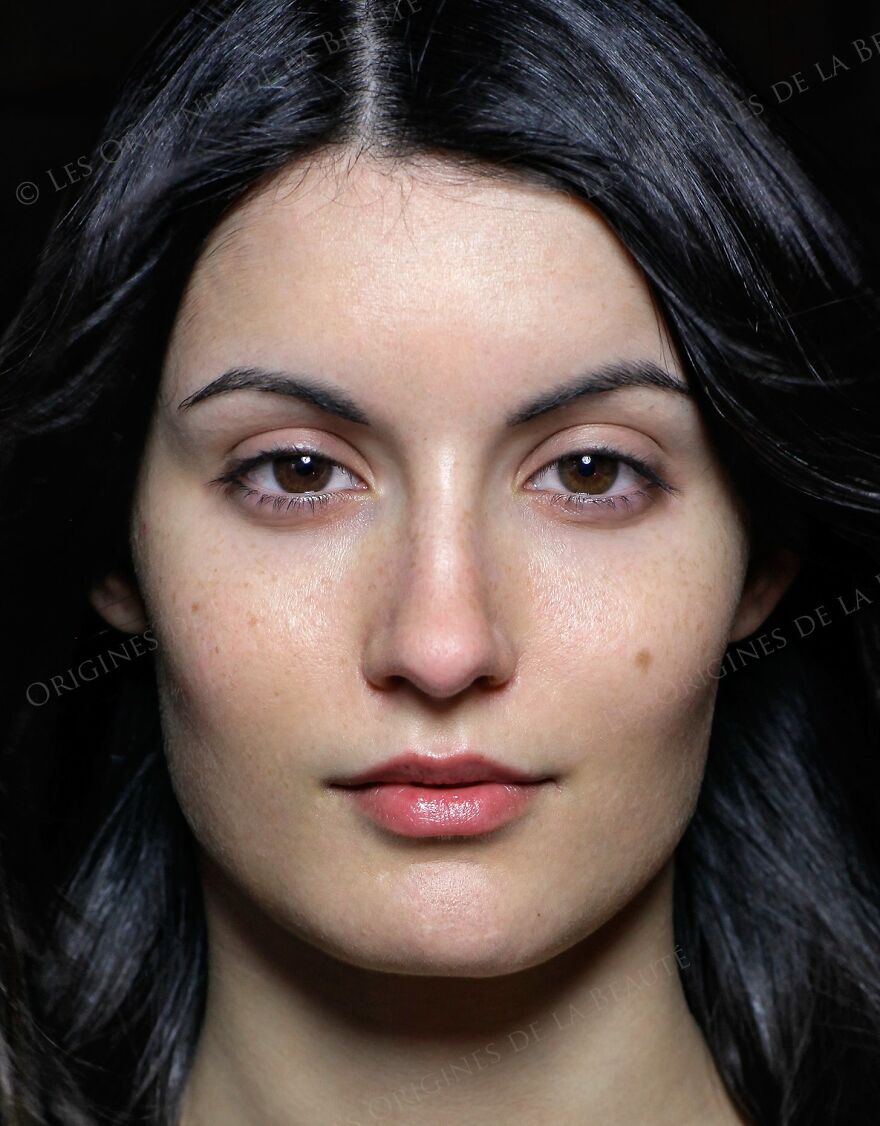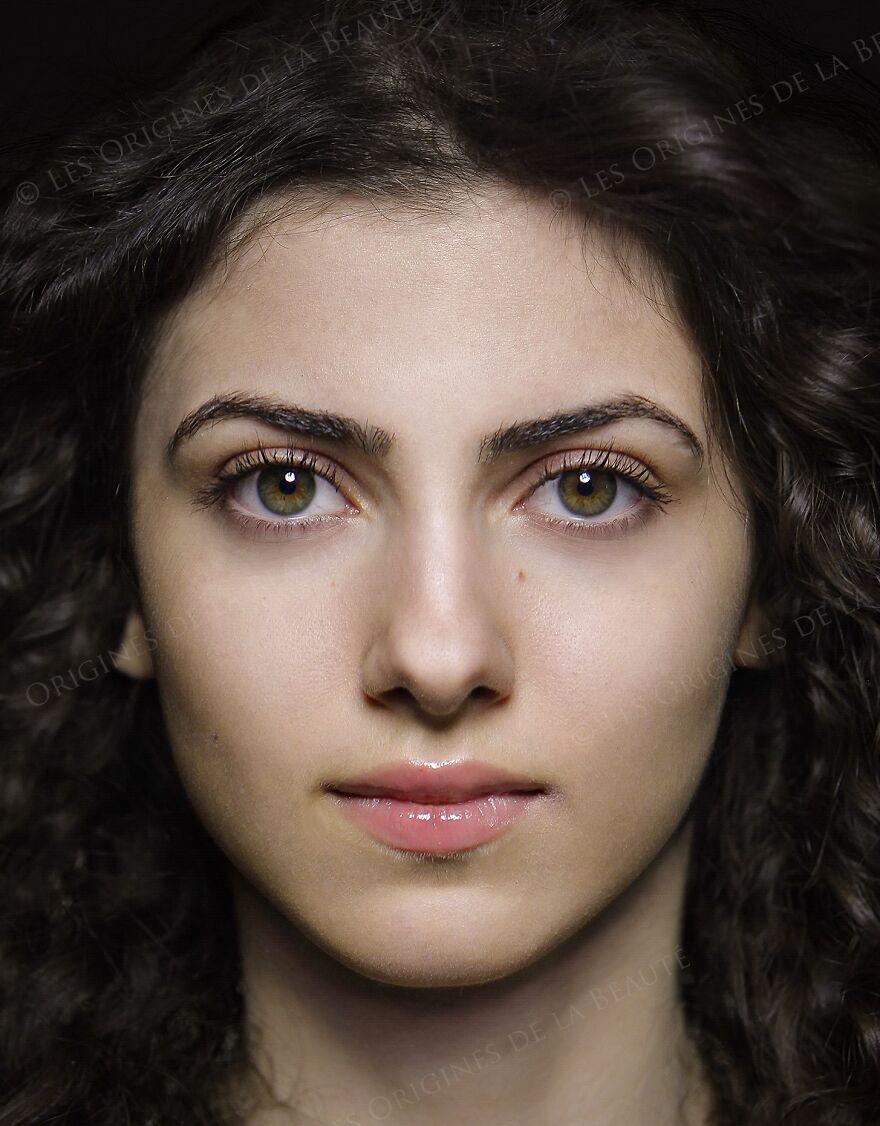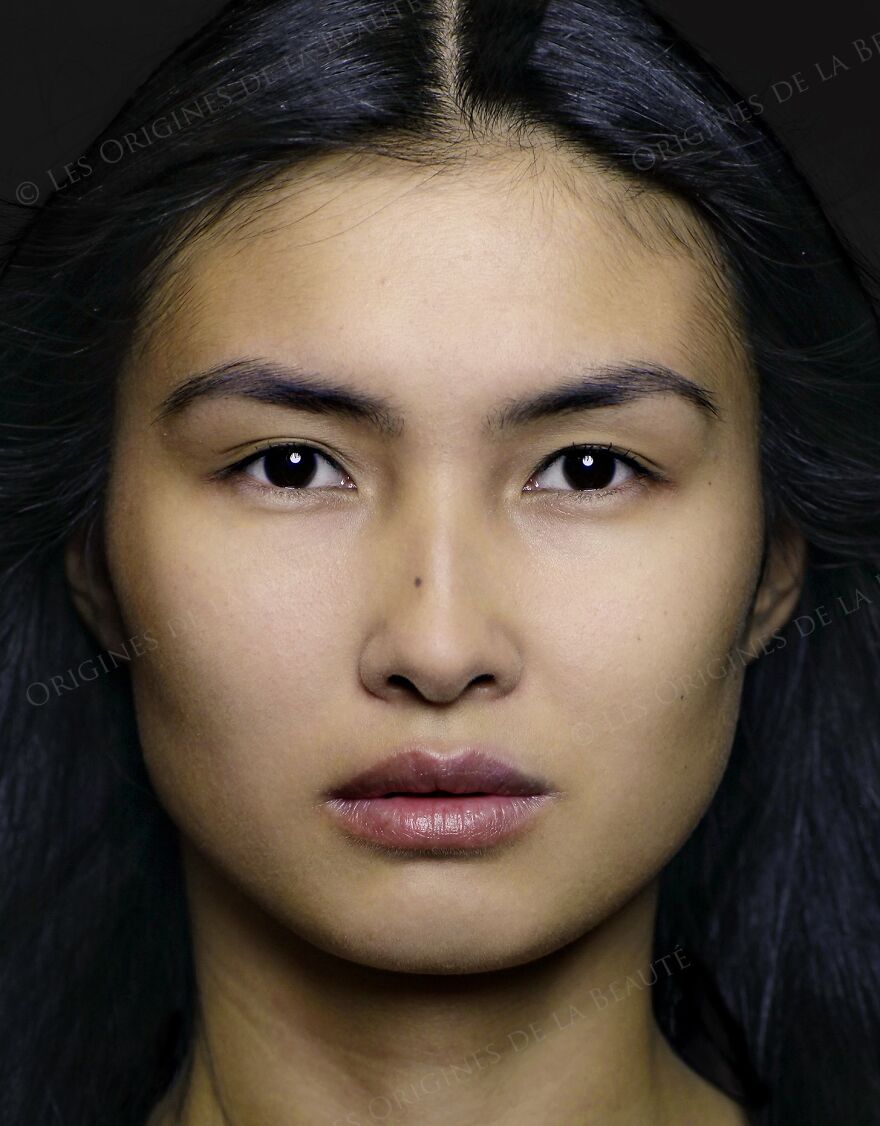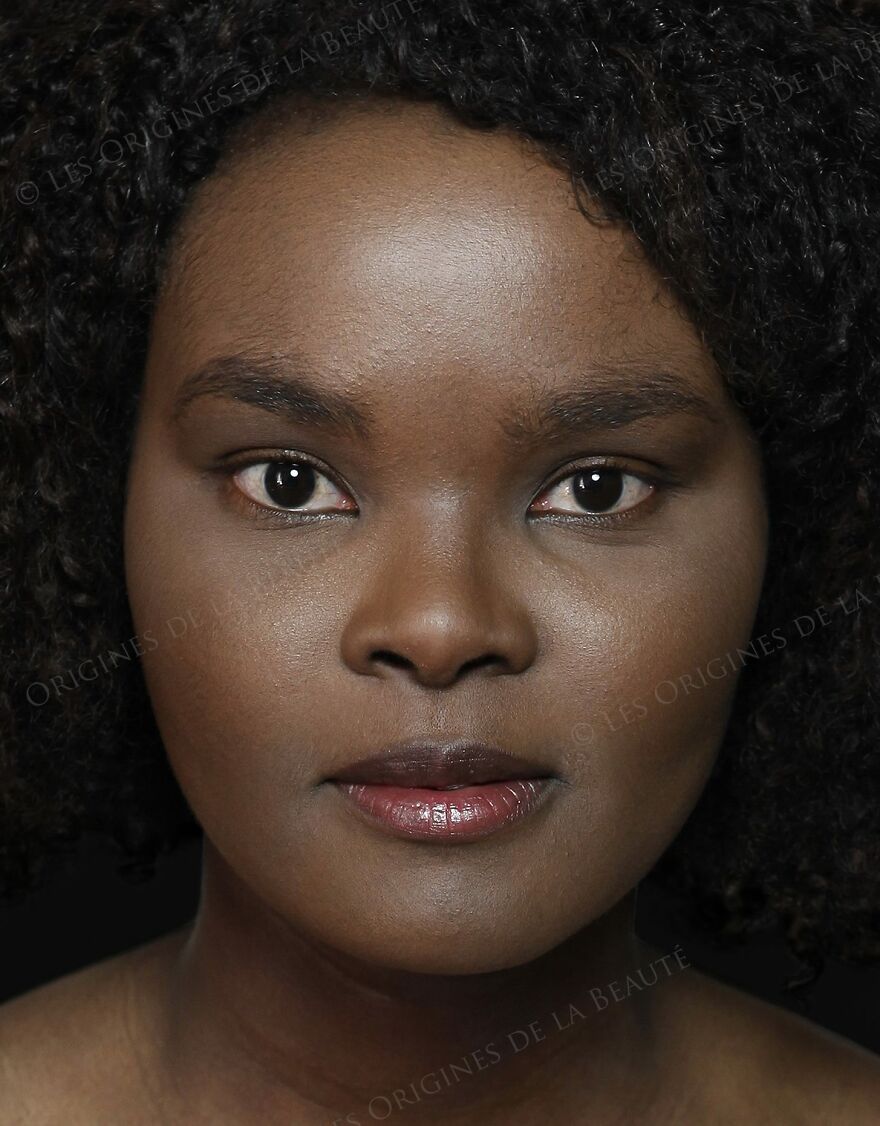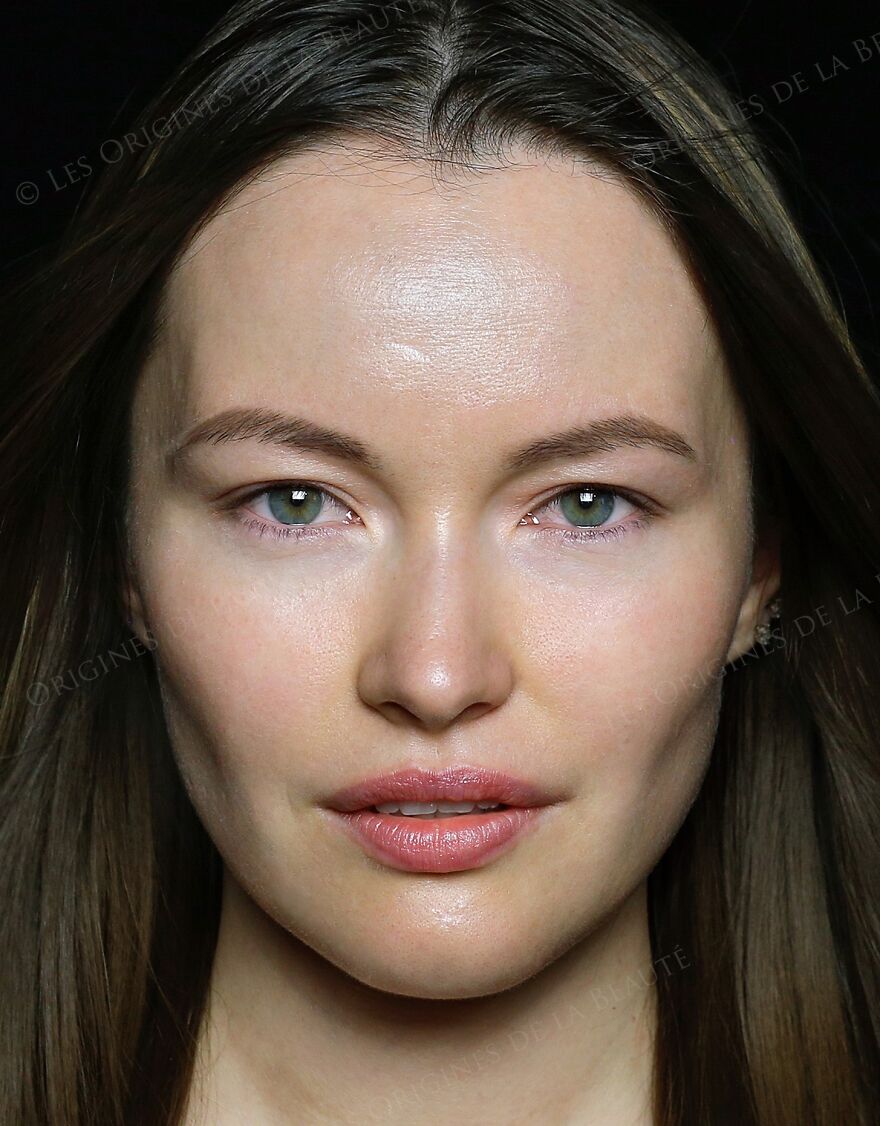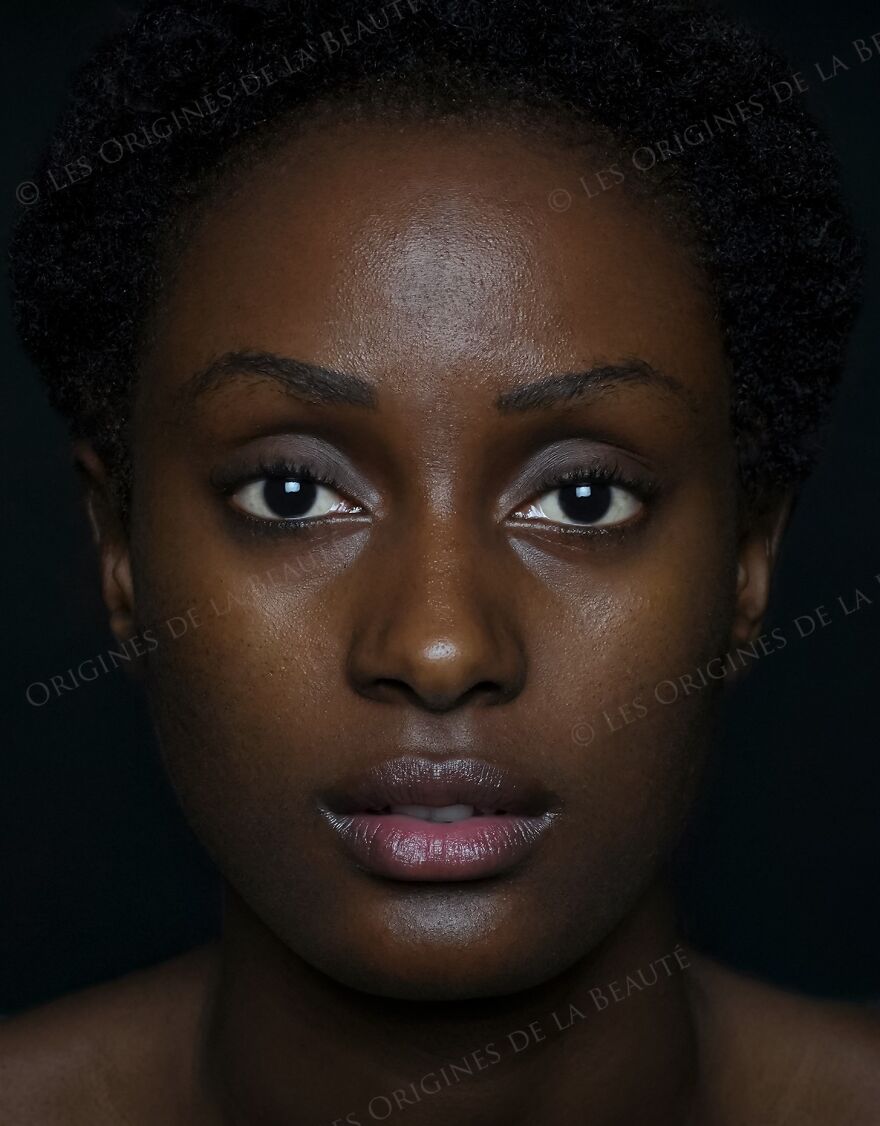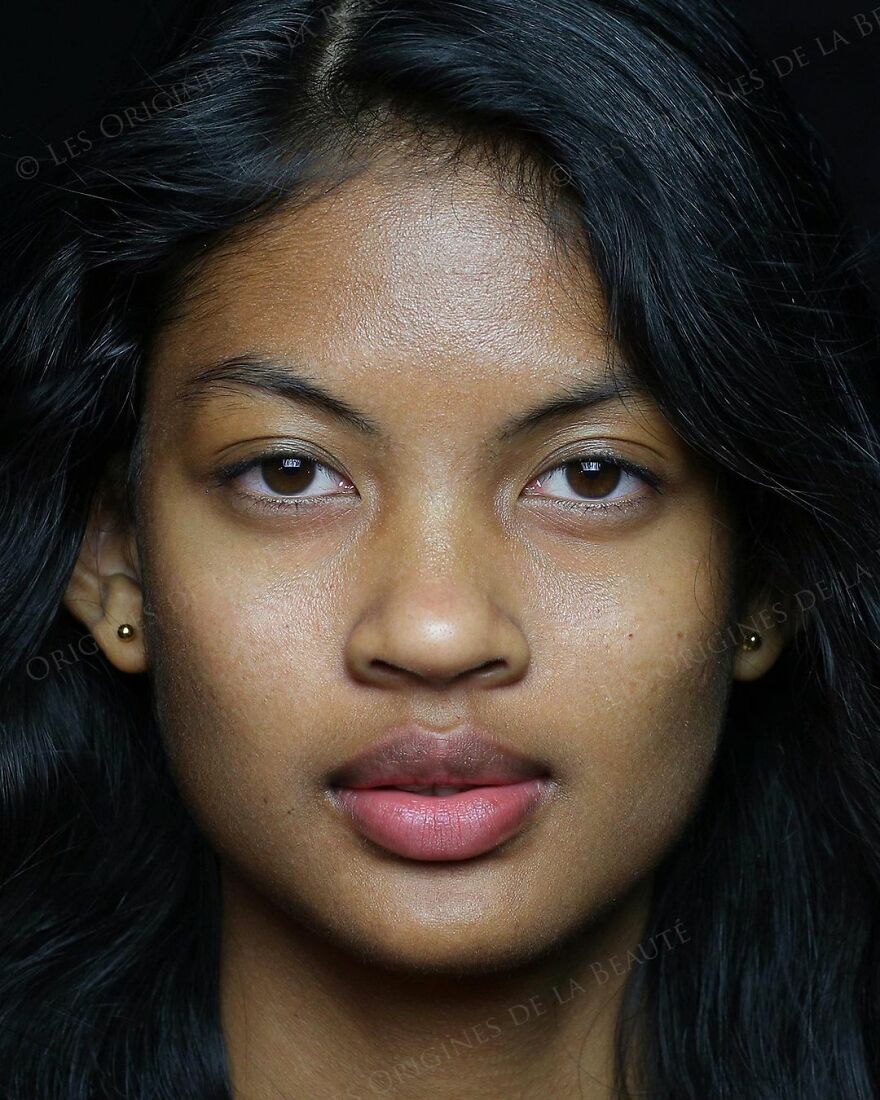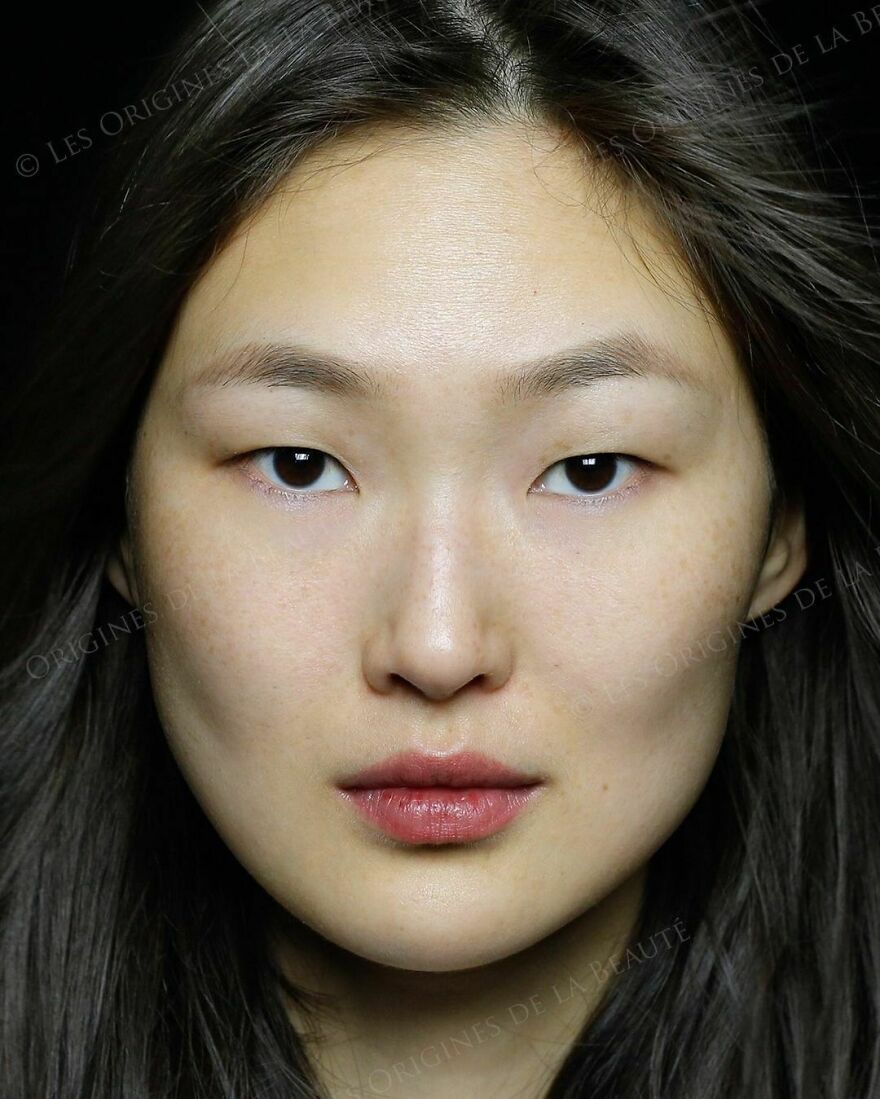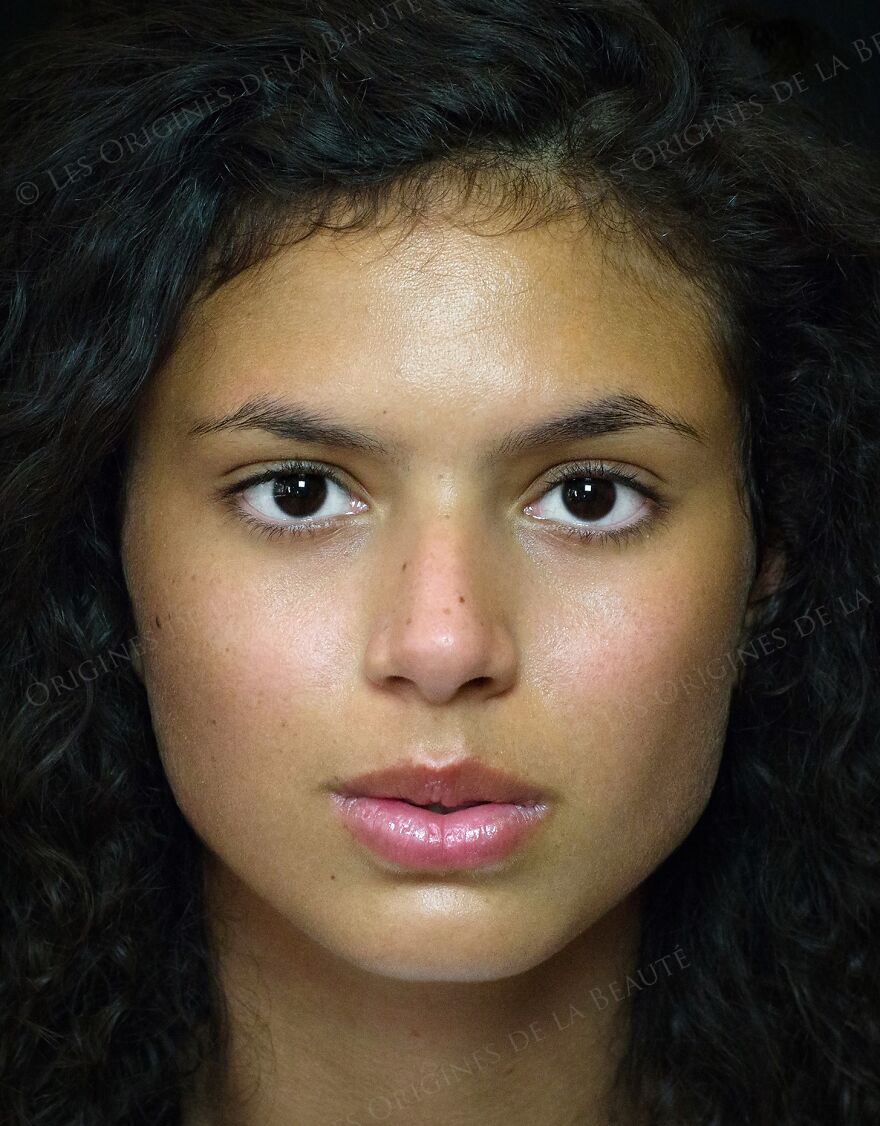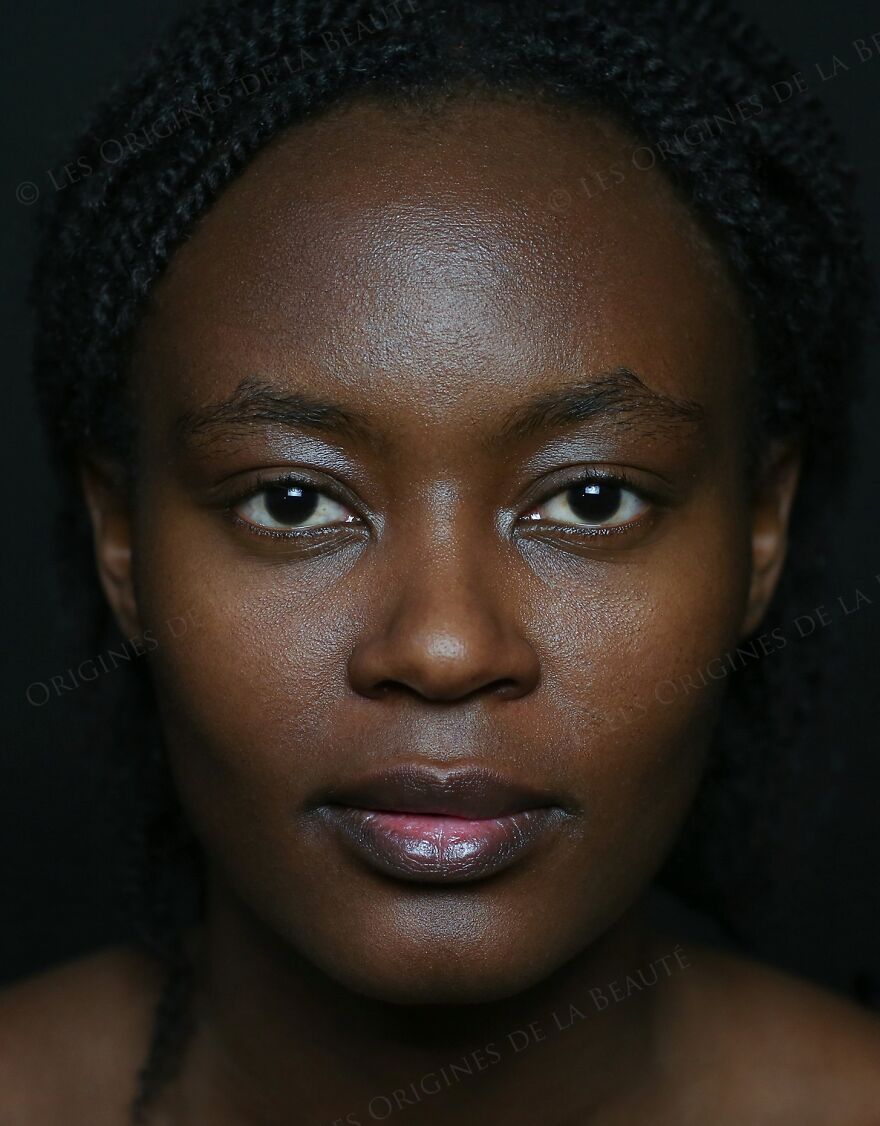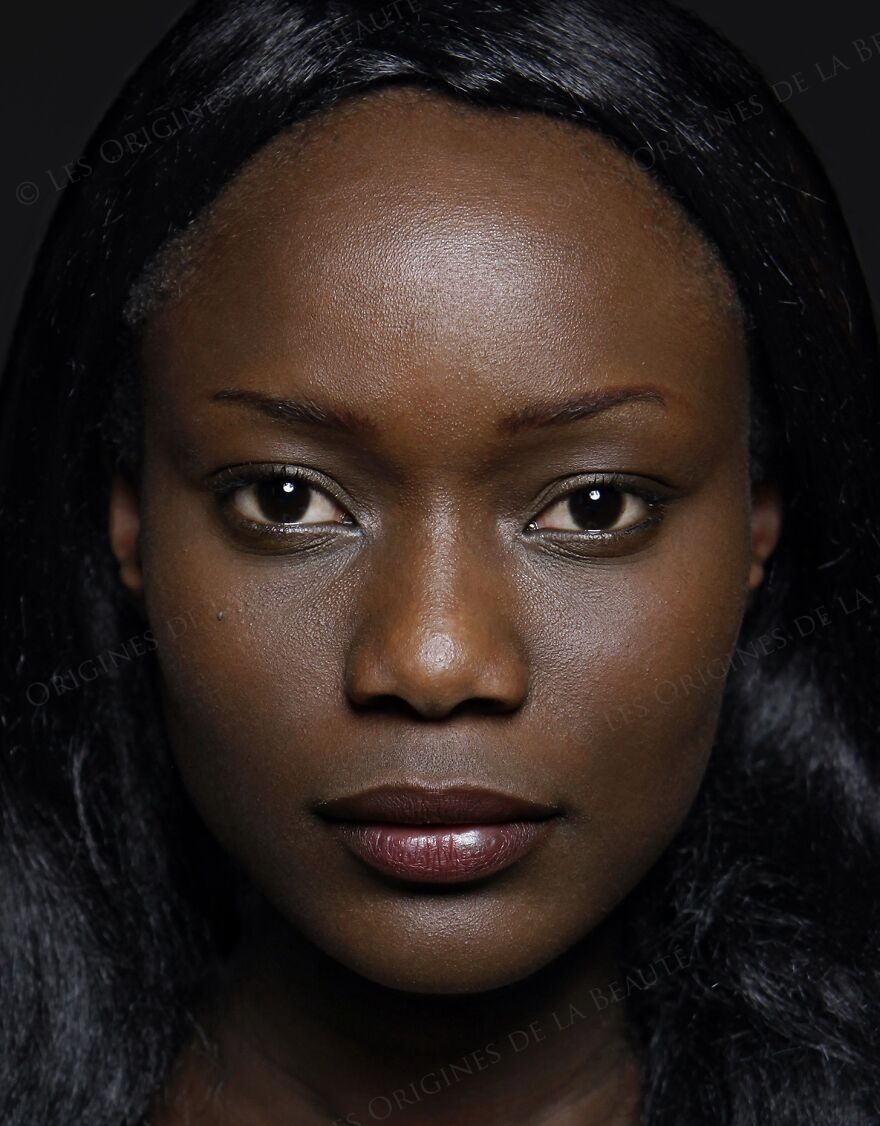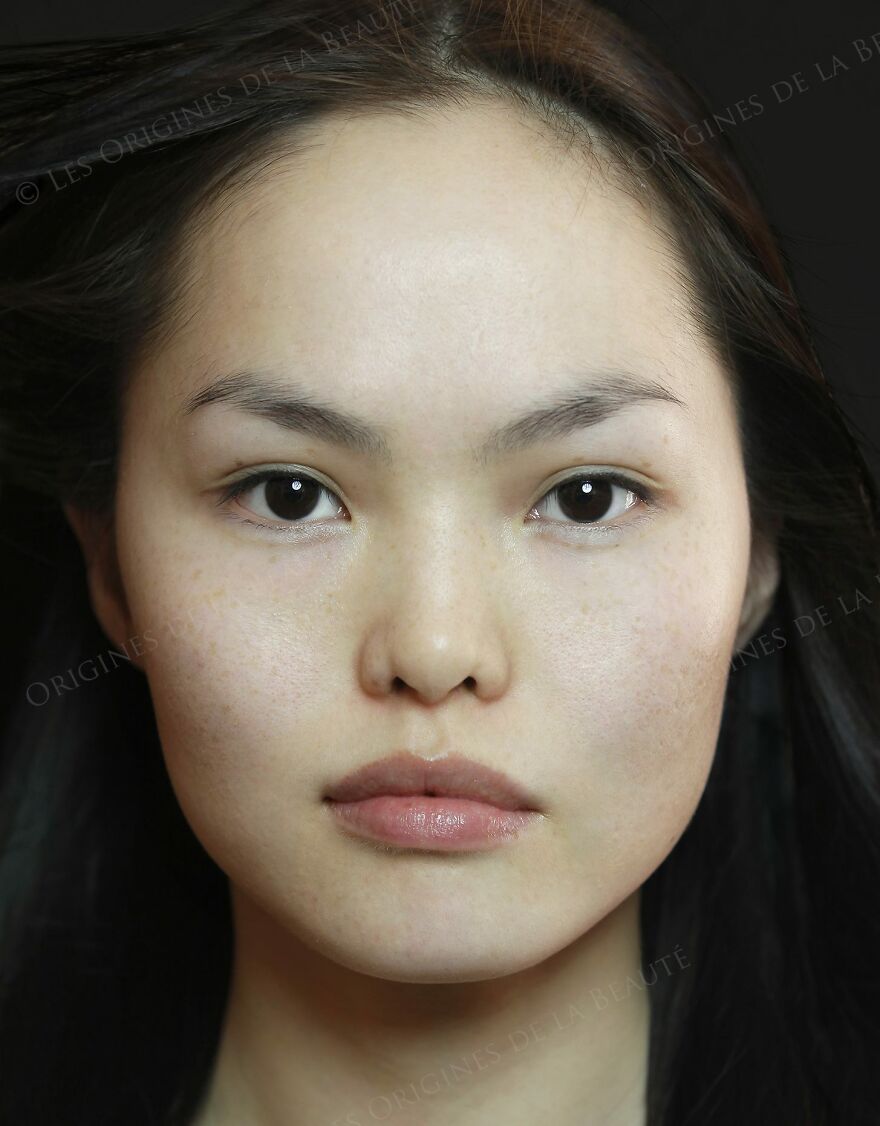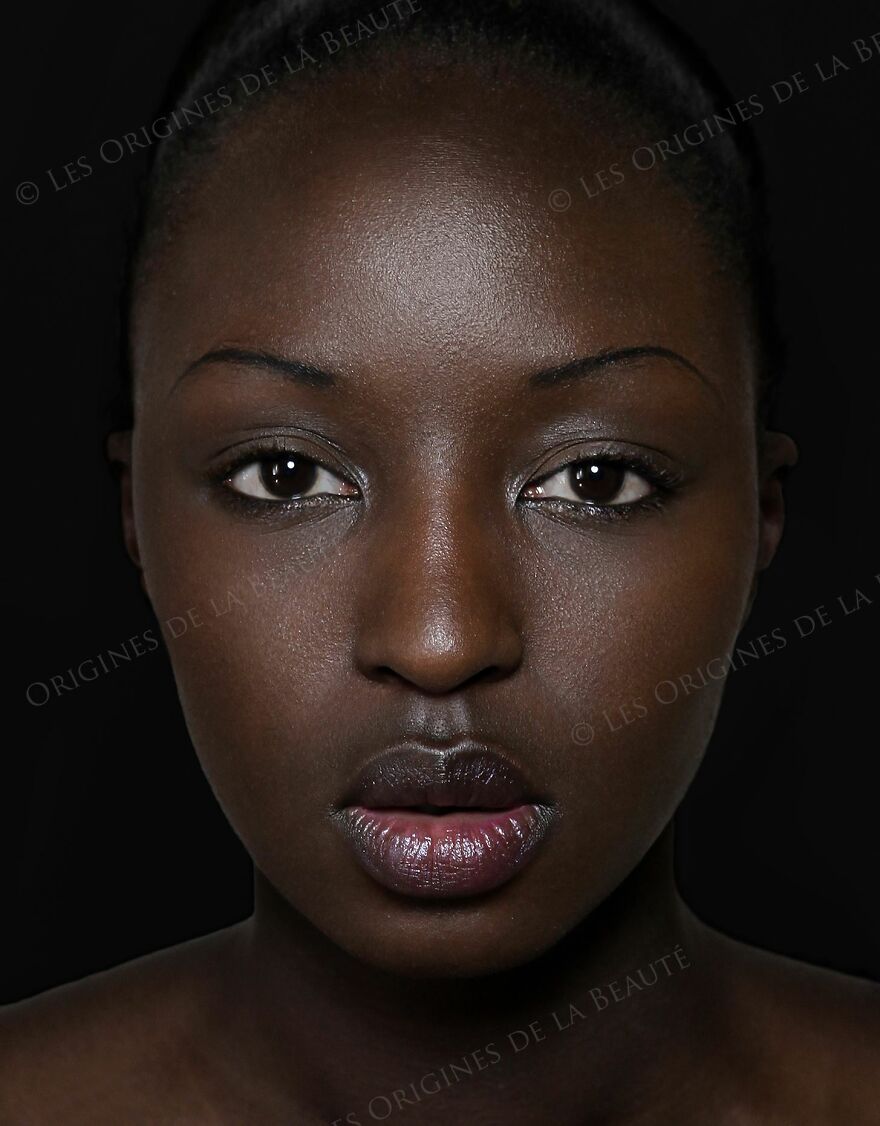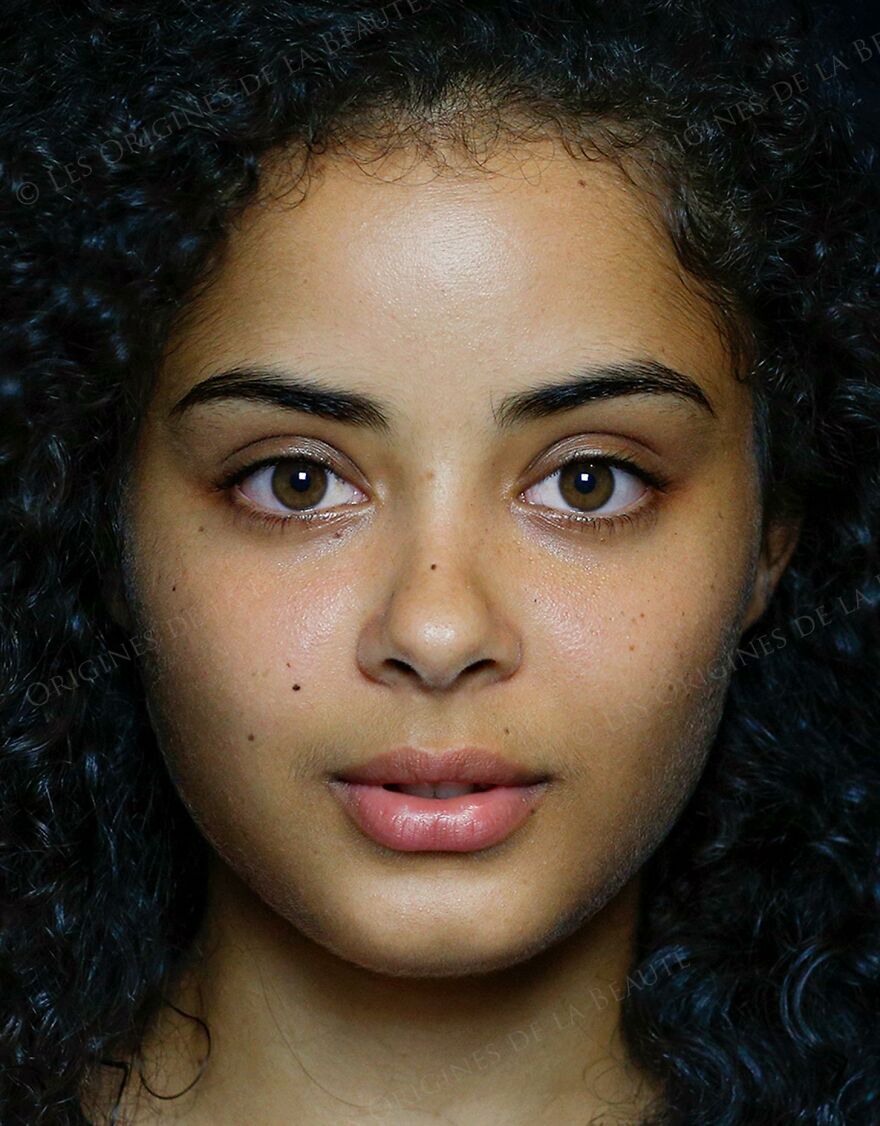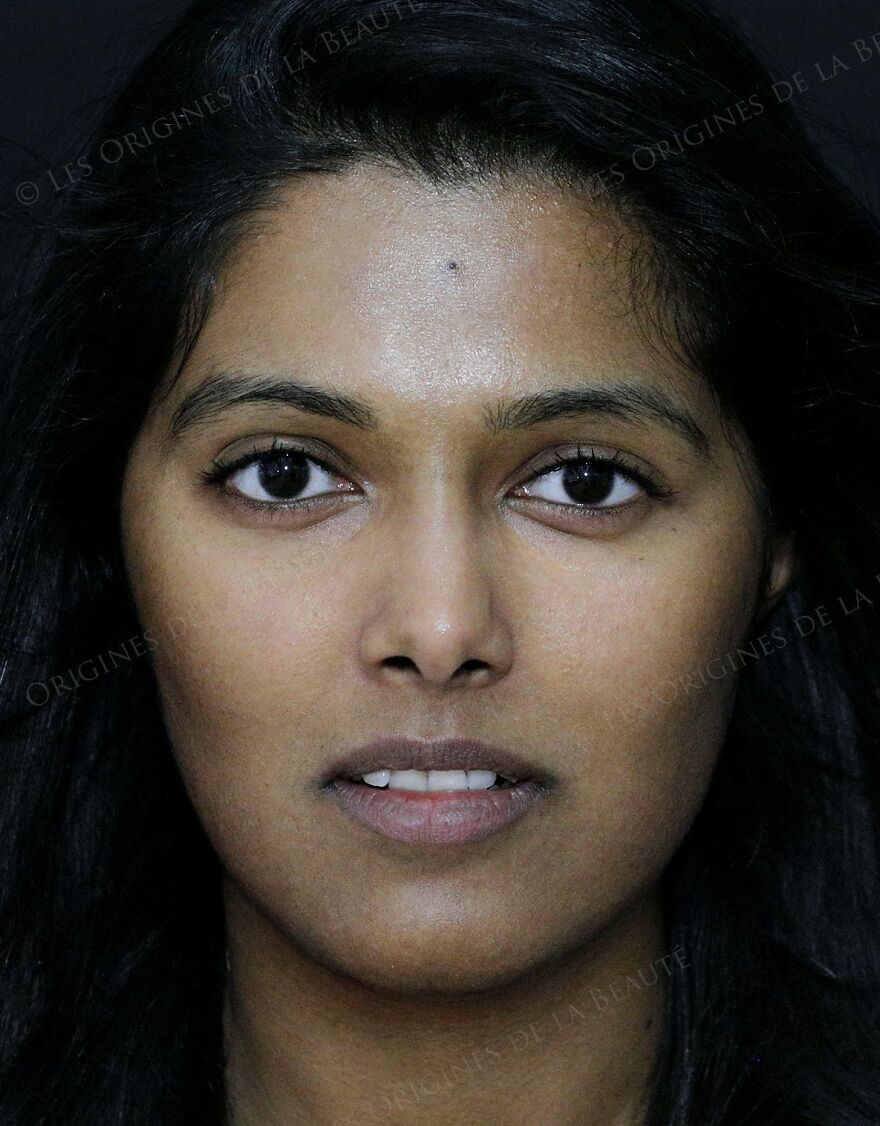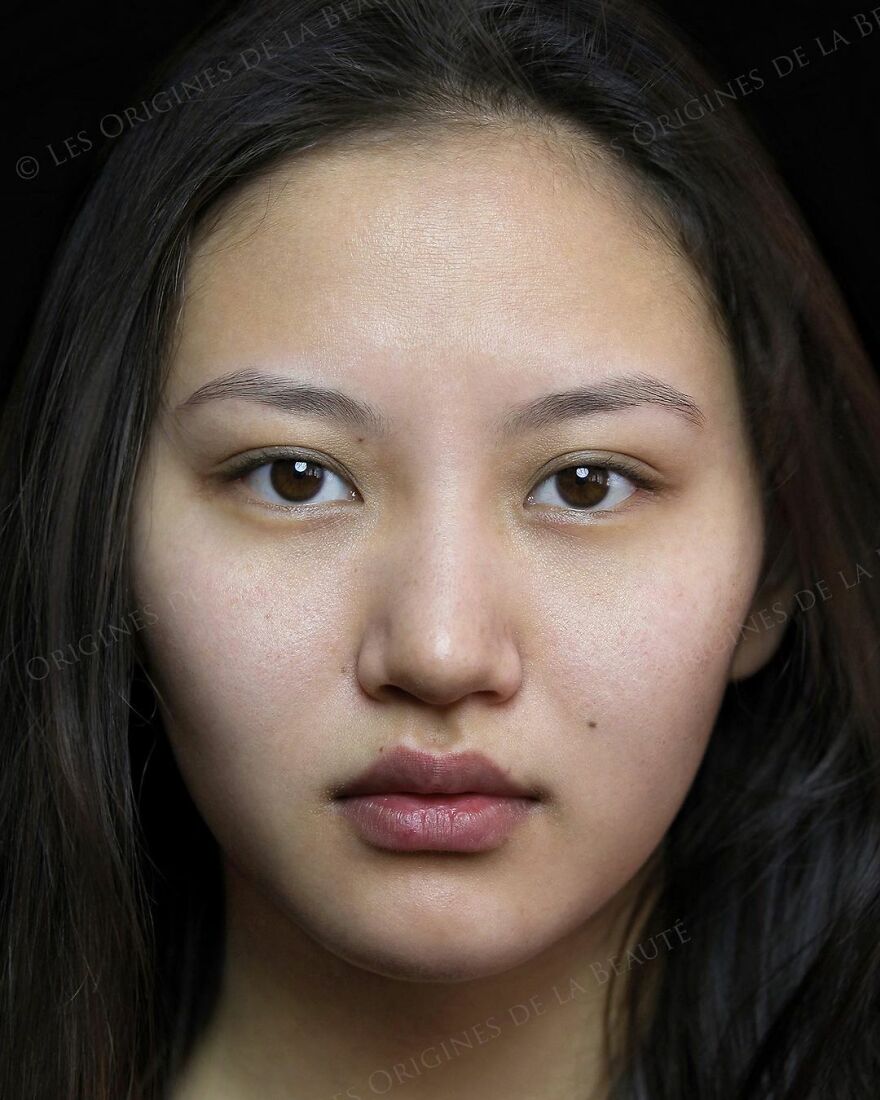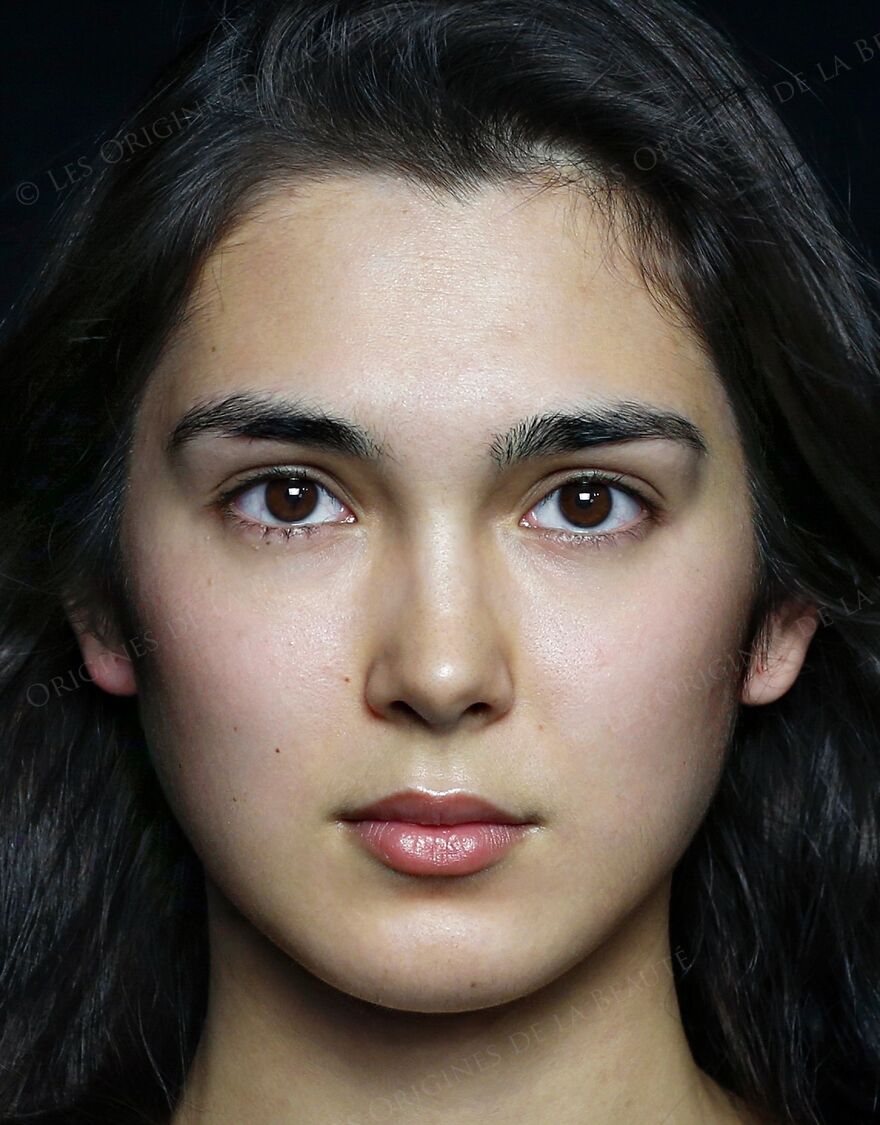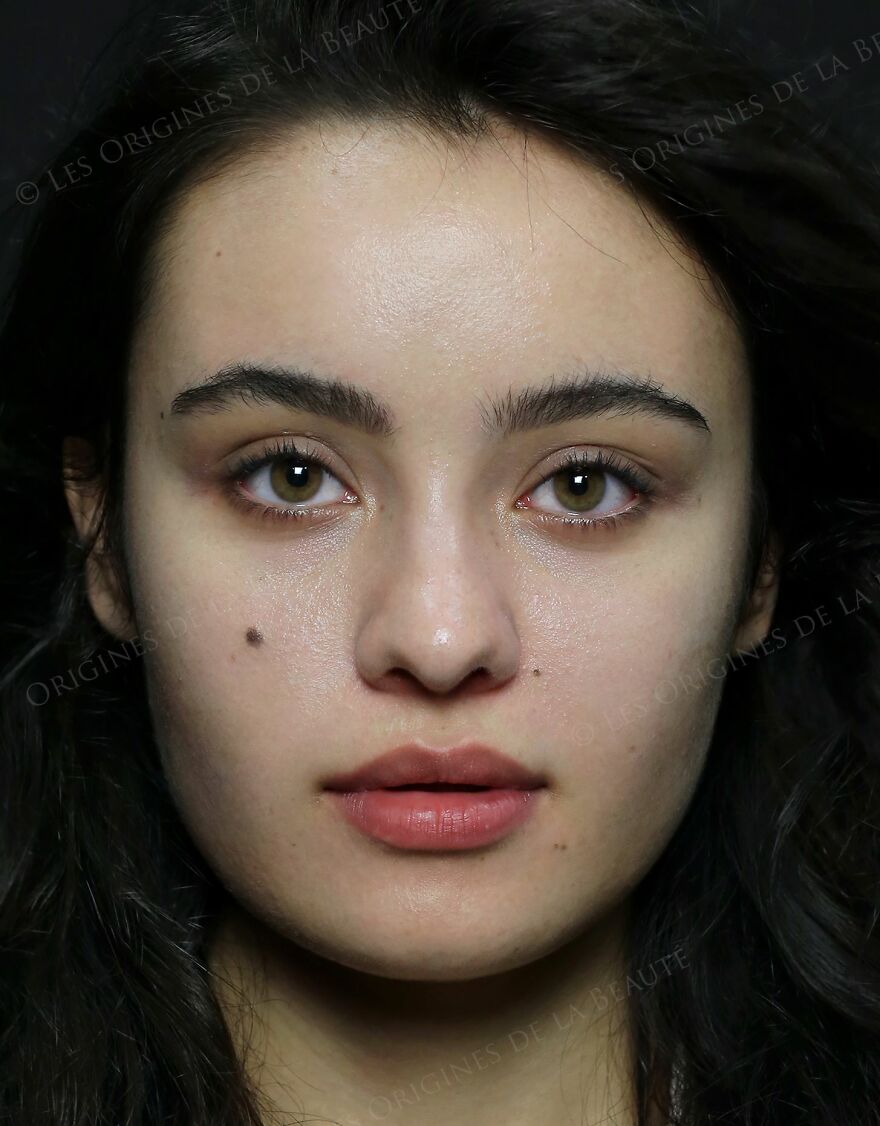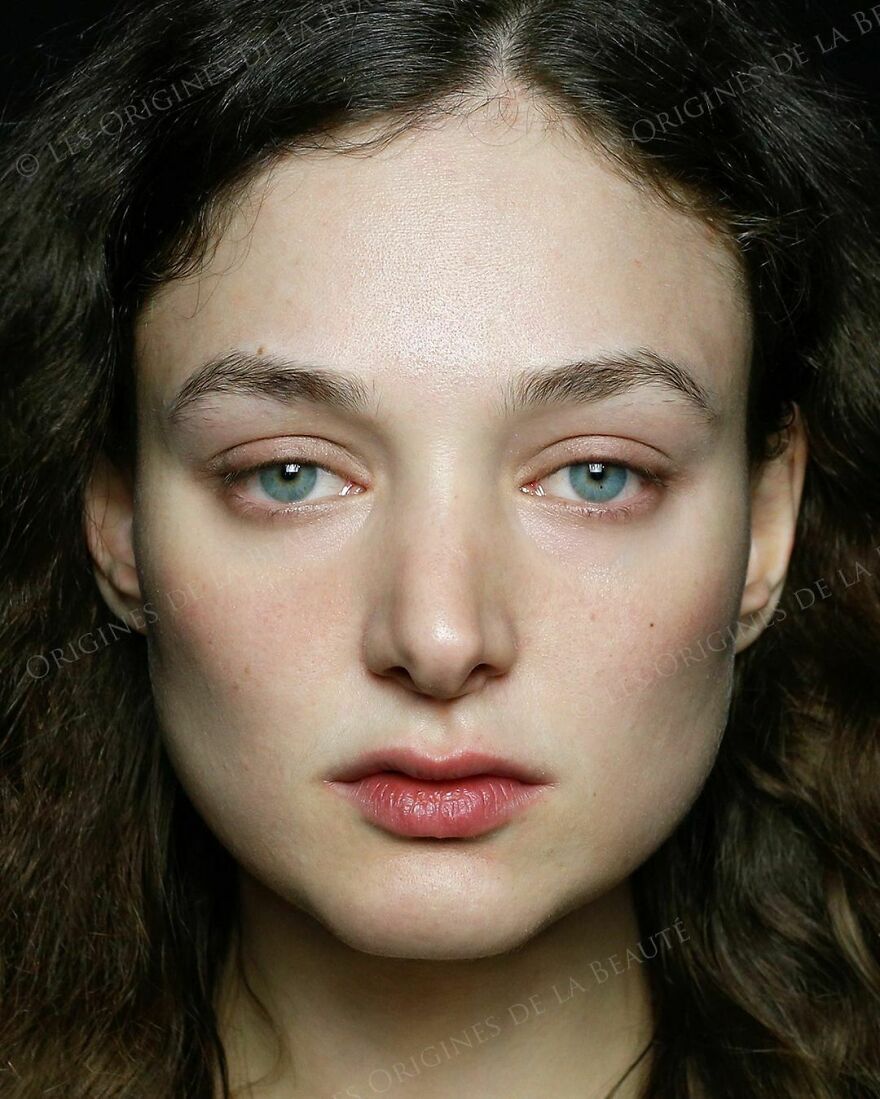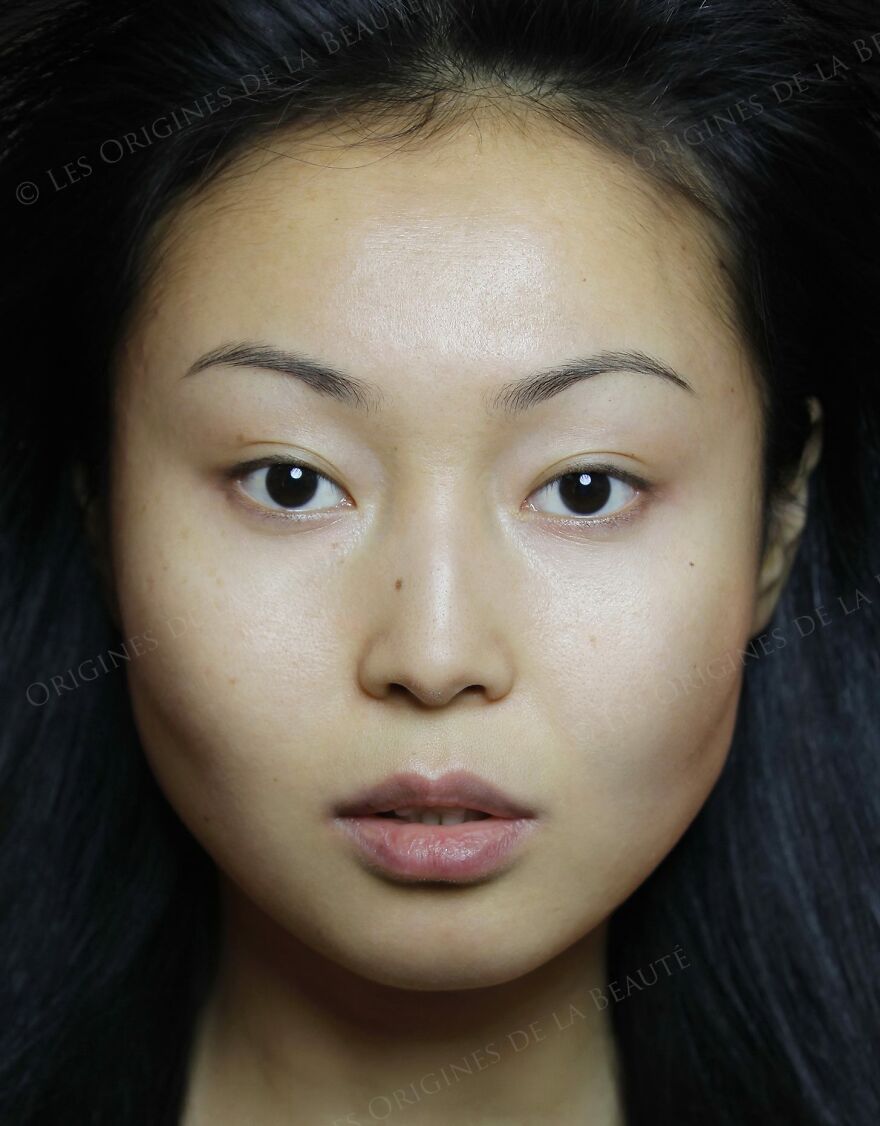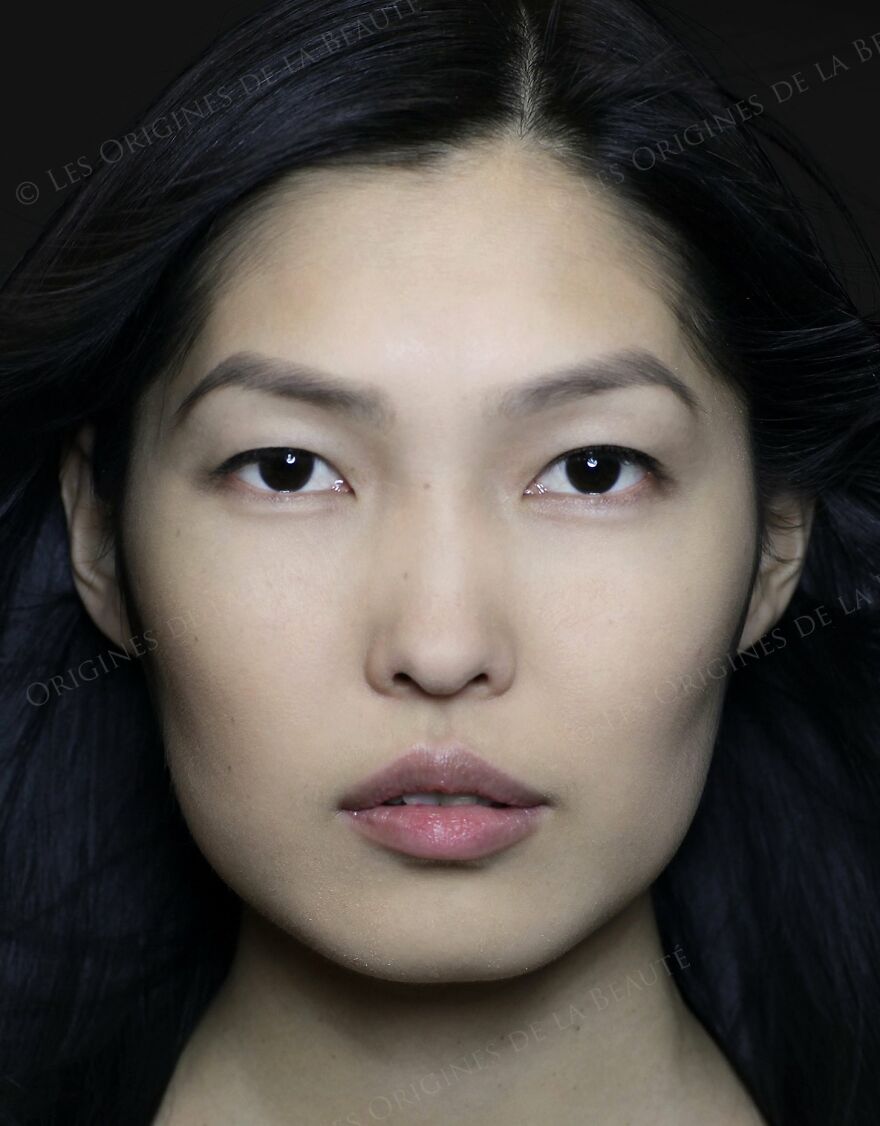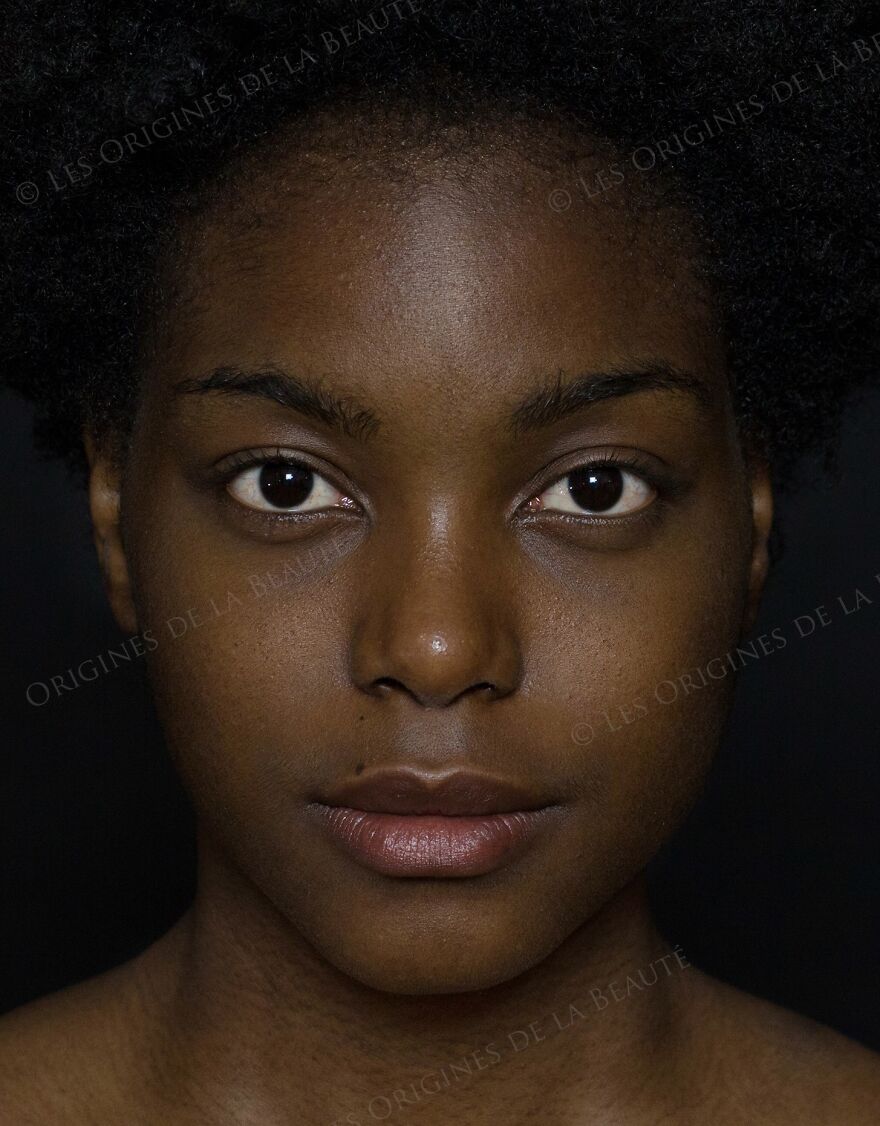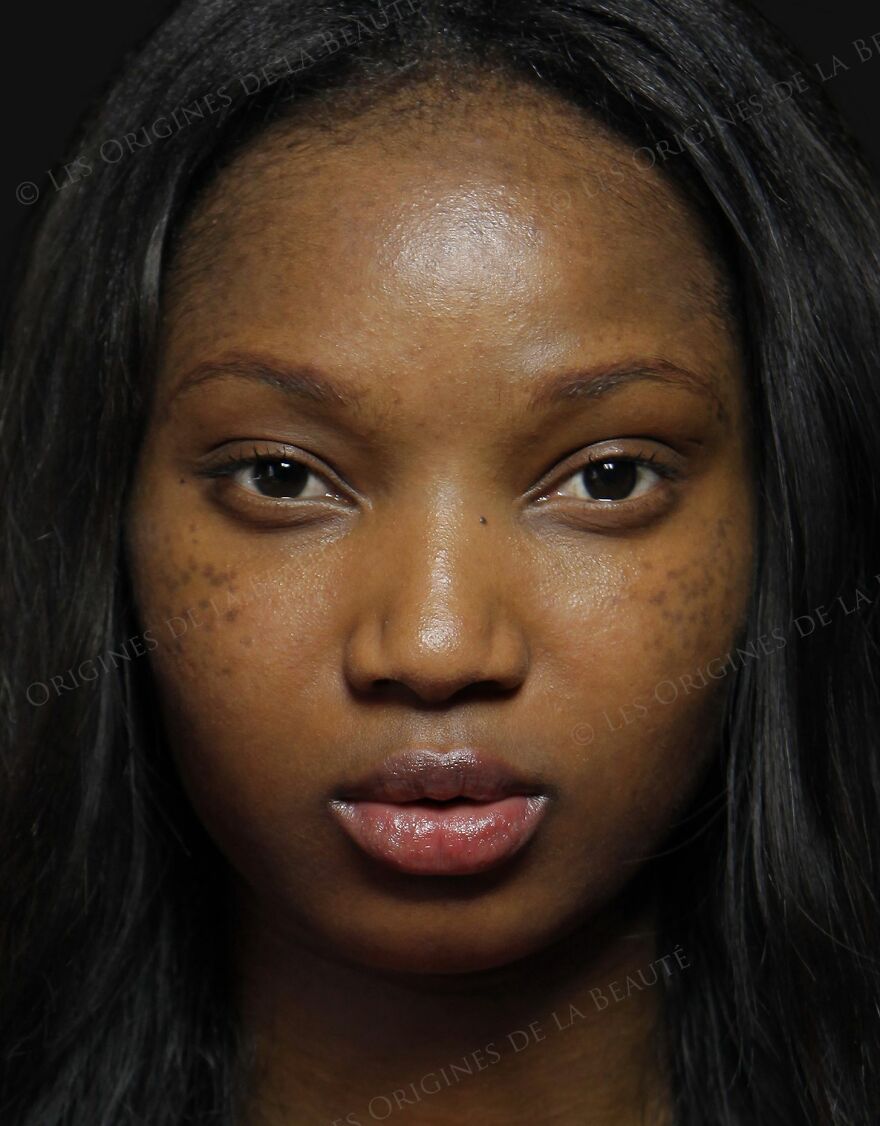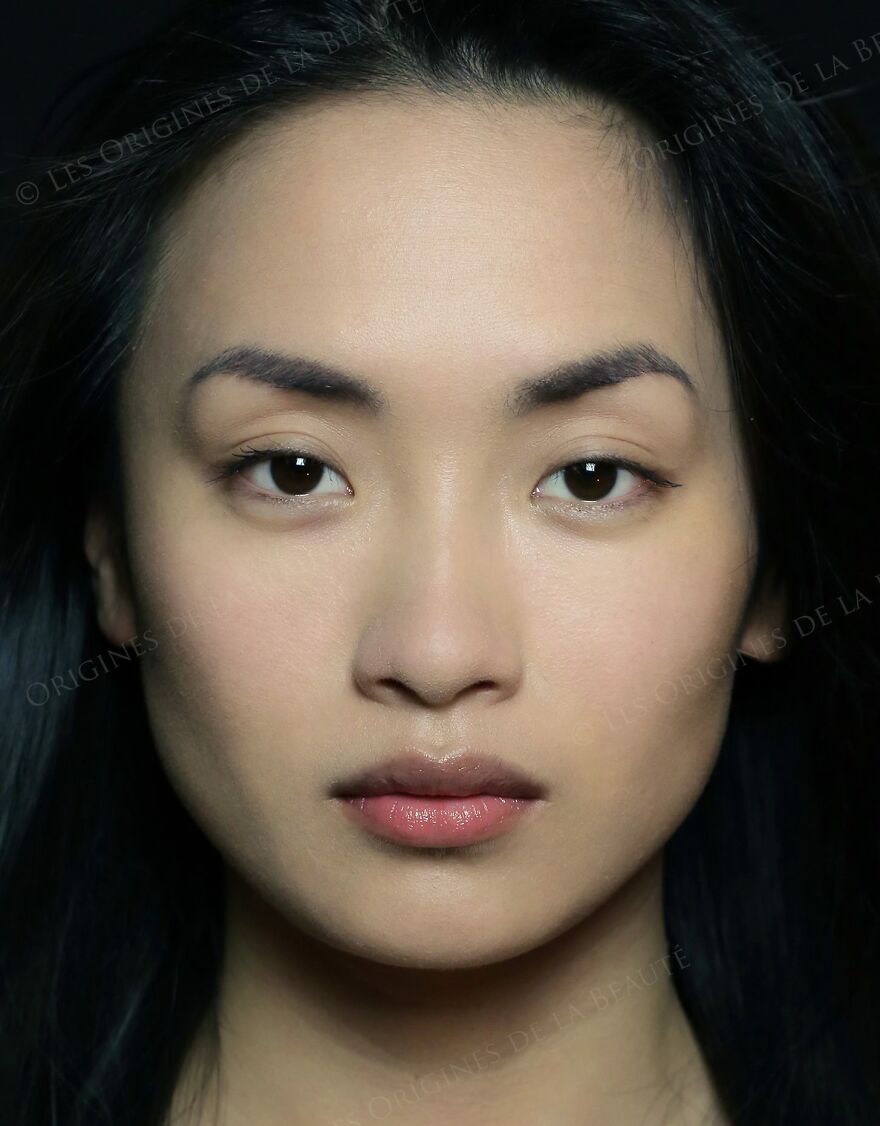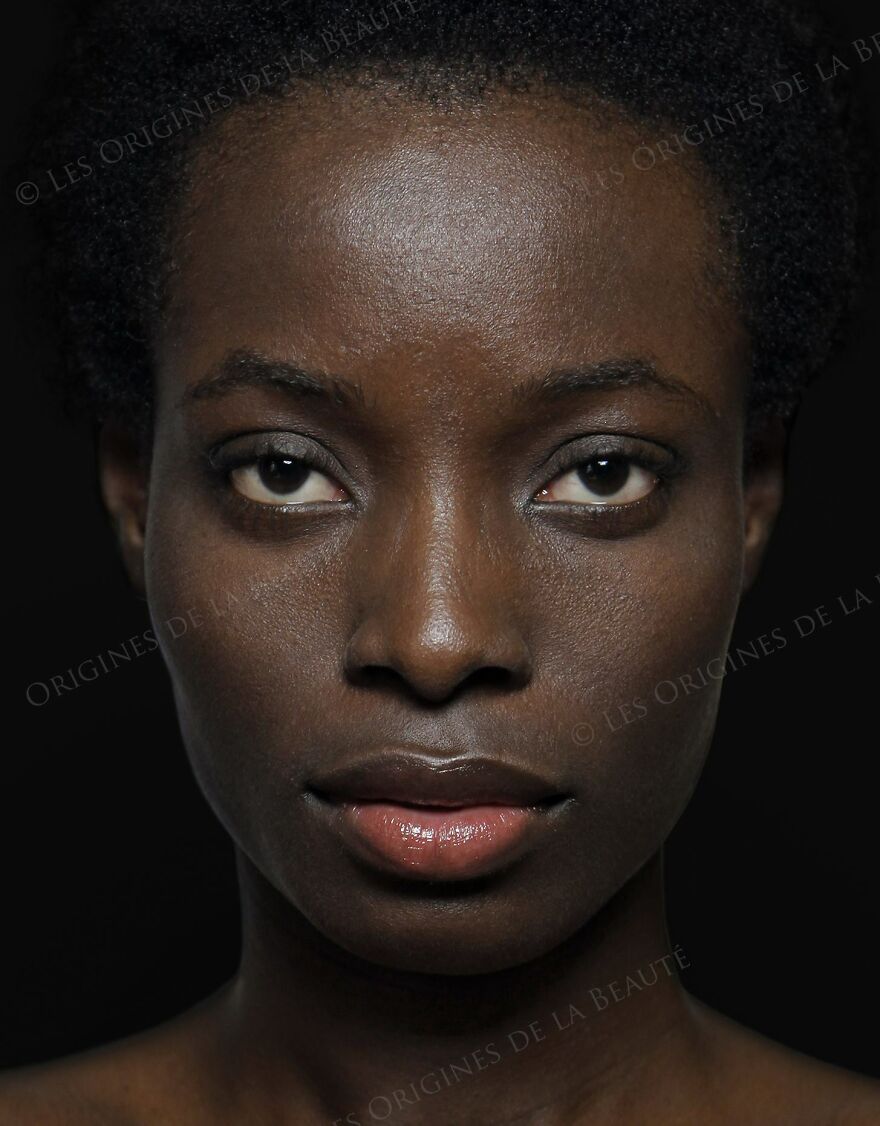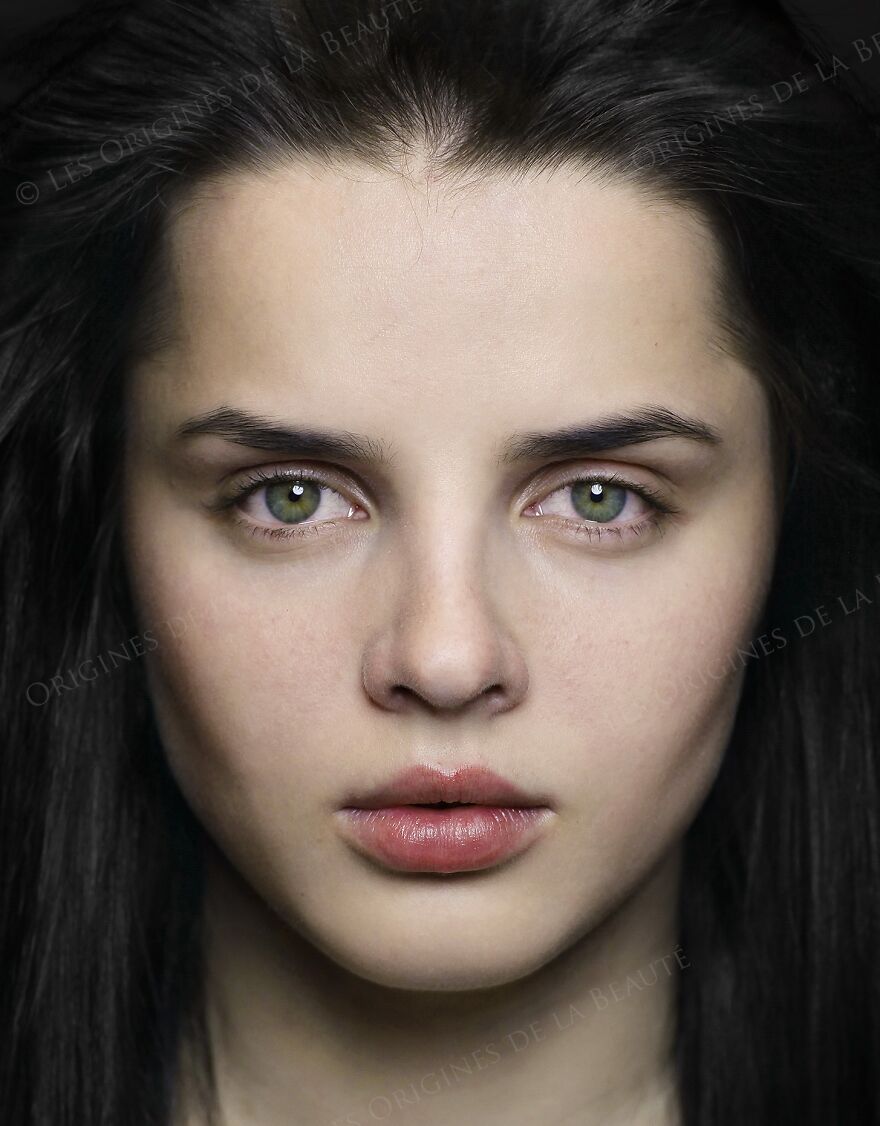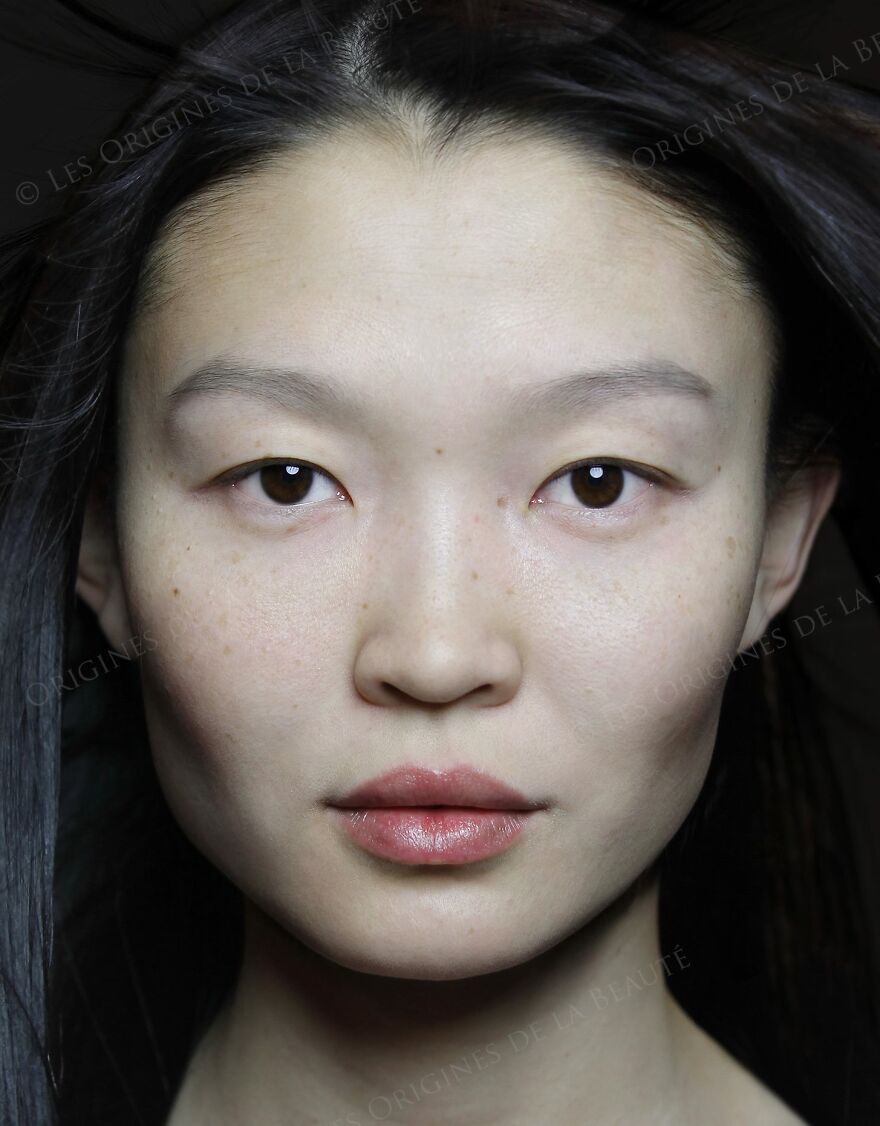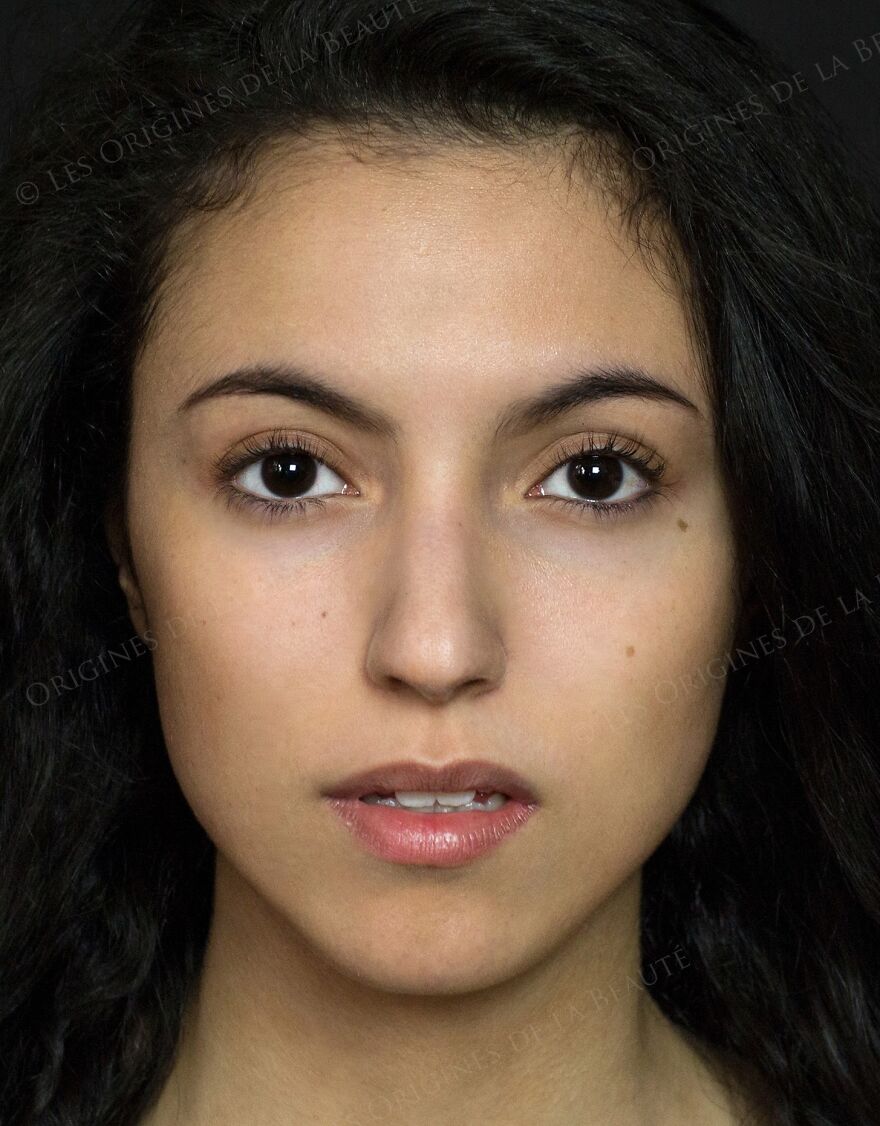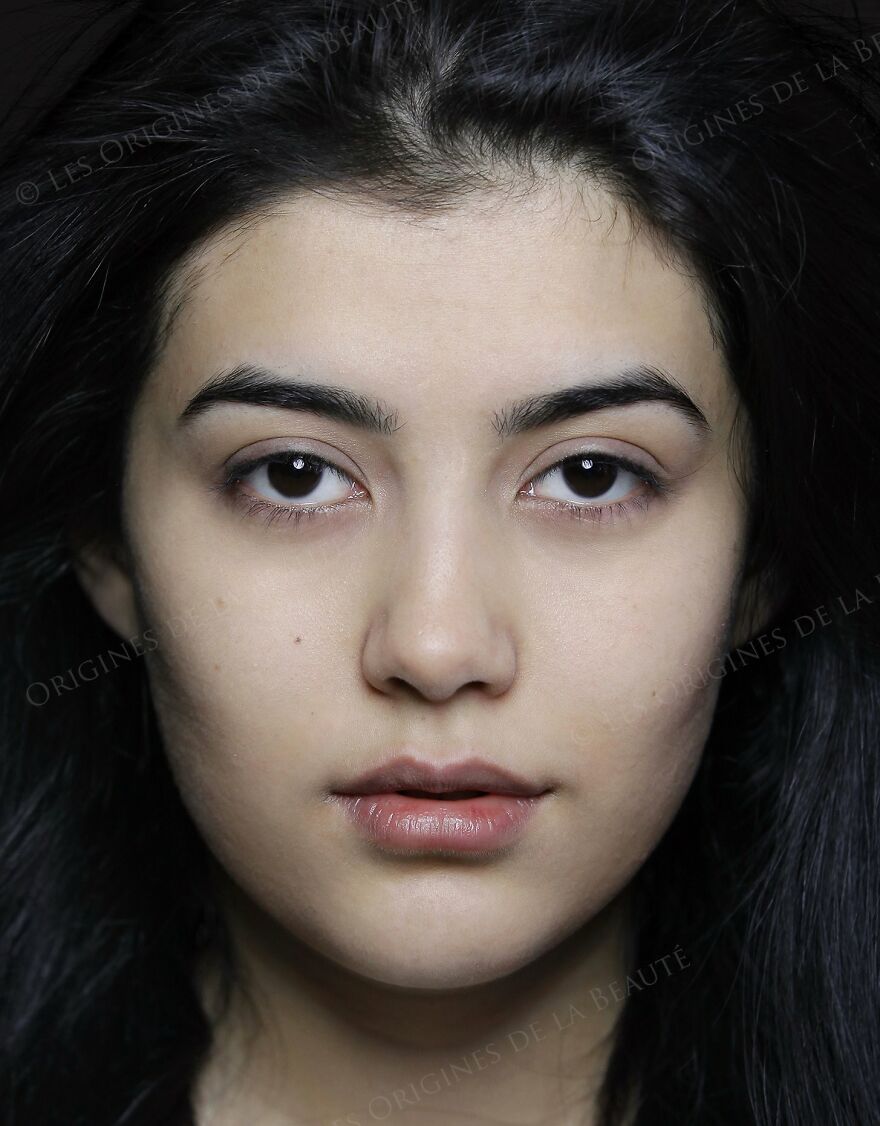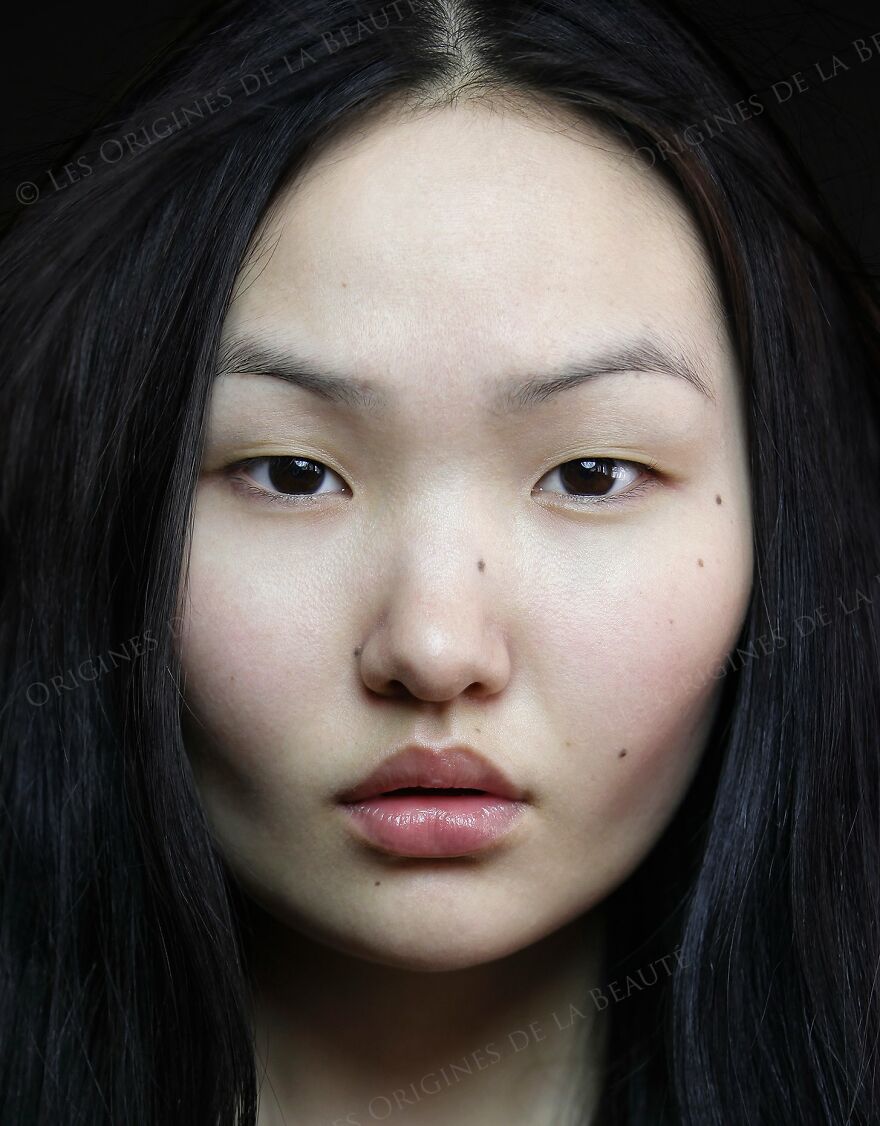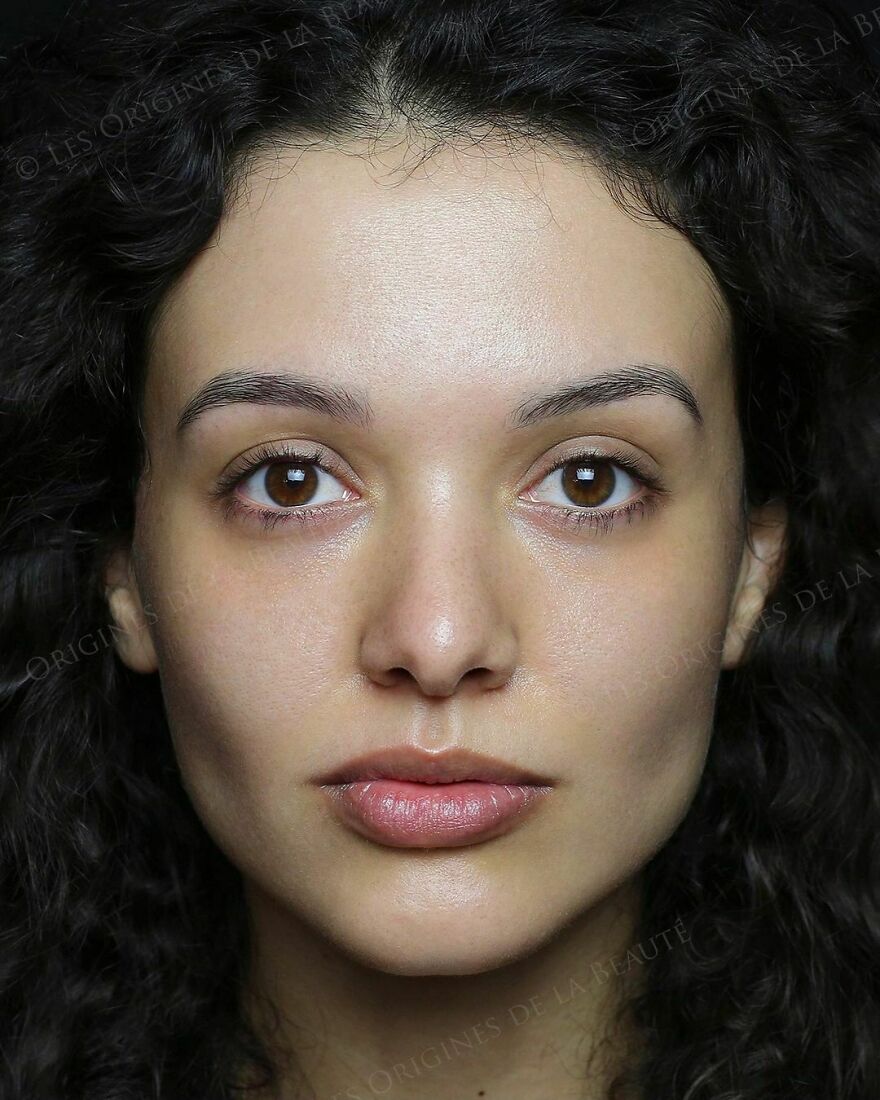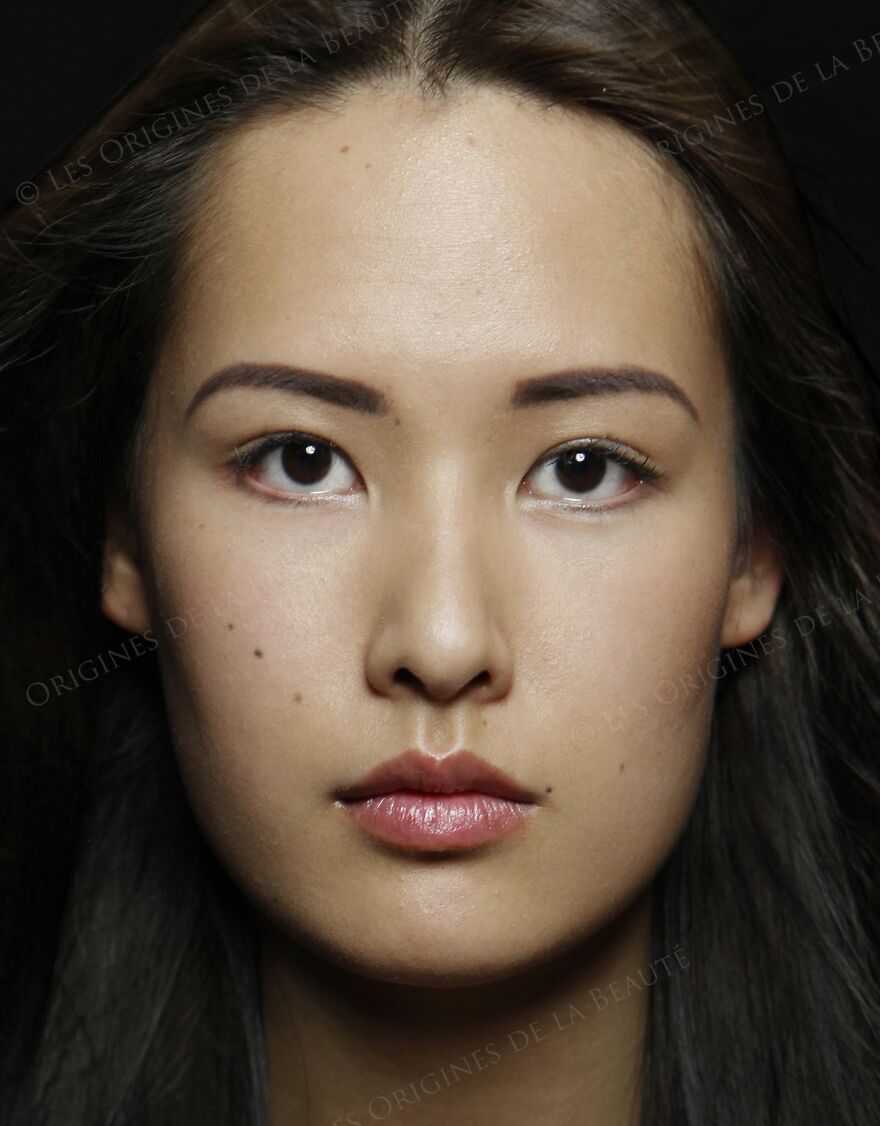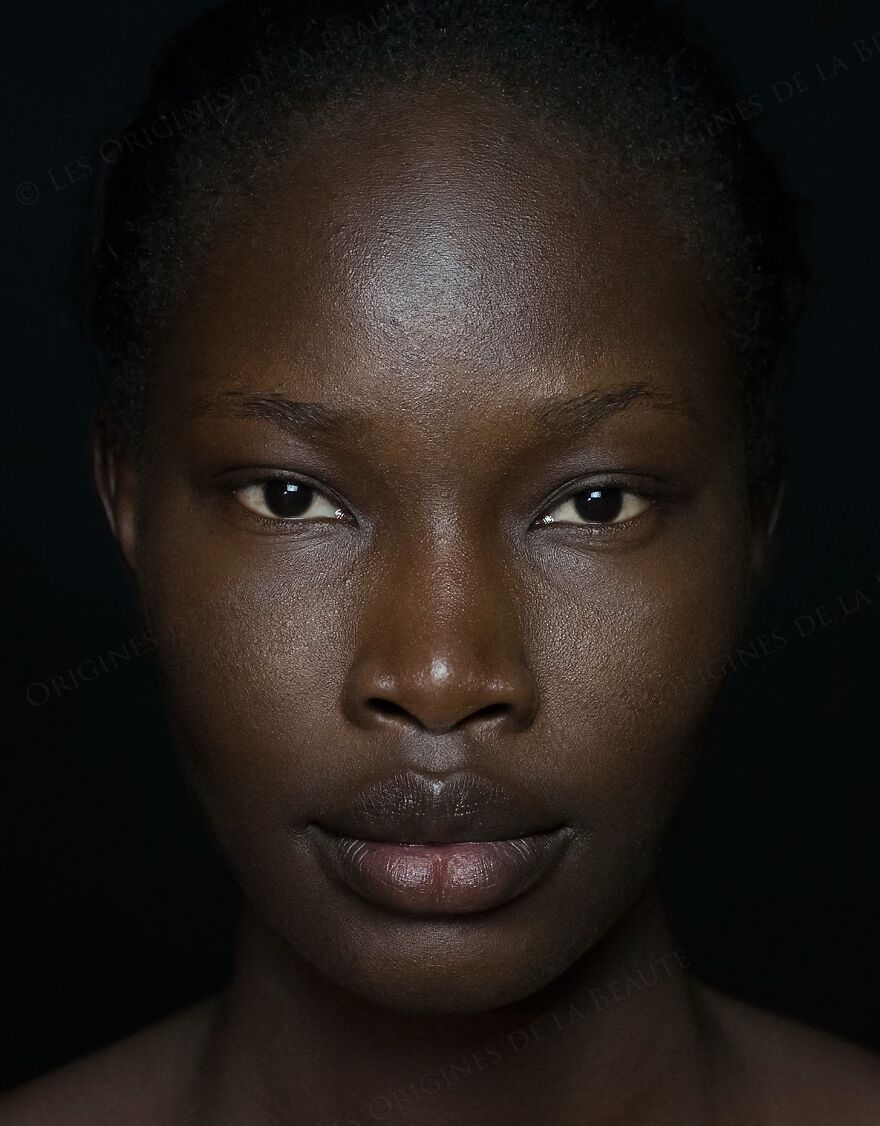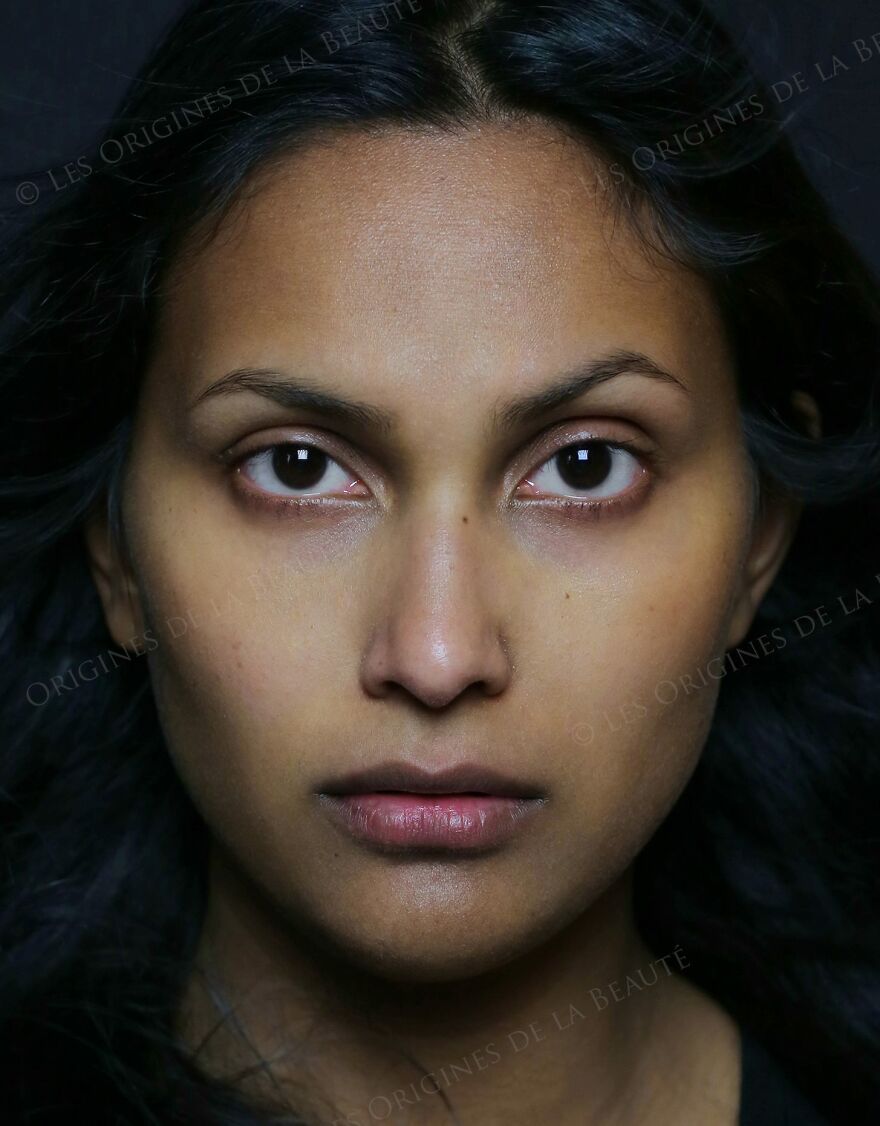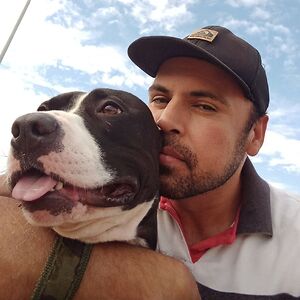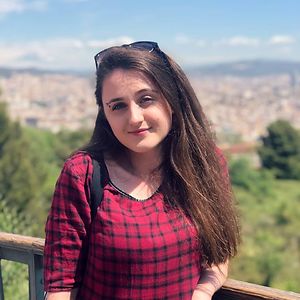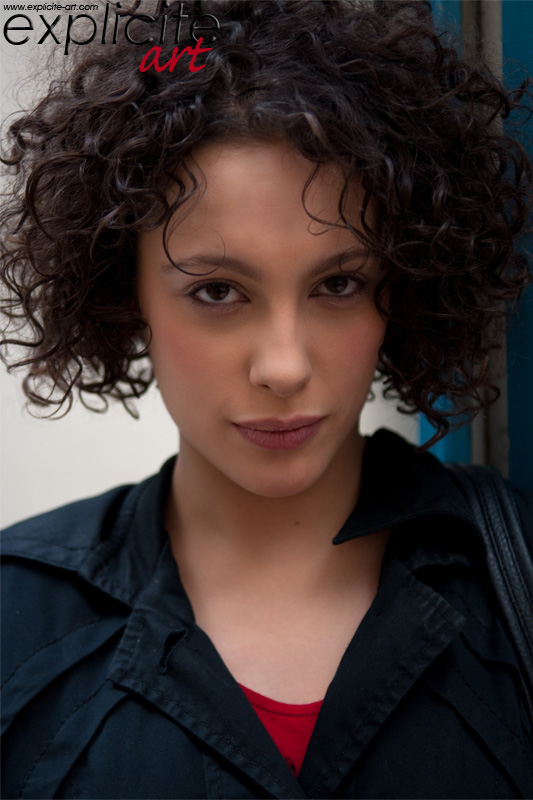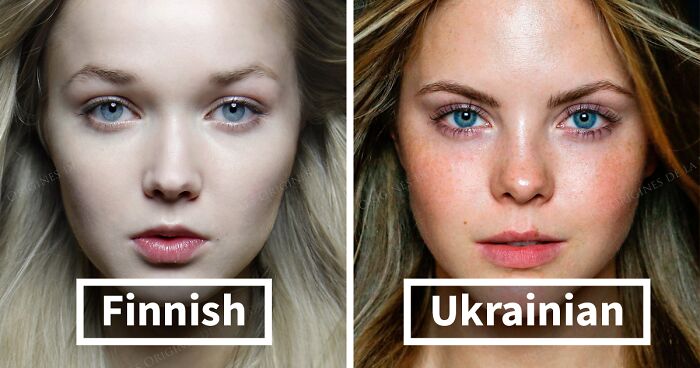
347Kviews
“The Ethnic Origins Of Beauty” Shows The Real Scale Of Human Diversity And How Beautiful It Is (30 Pics)
Beauty has no nationality or race—and although our world is slowly moving towards a place where this statement is accepted by all people, a part of our society needs a little reminder of that. This is exactly the mission of "The Ethnic Origins of Beauty," a project that highlights the ethnic diversity of mankind through gorgeous portraits of women of different ethnic groups across the world.
This non-profit art and documentary project started in 2012 by Paris-based Russian photographer, producer, and documentary filmmaker Natalia Ivanova, and is still going strong. To prove that we live in a rich, beautiful, and diverse world, and it's never going to change, she has chosen a universal language of beauty. The project seeks to contribute to the harmonization and strengthening of tolerance in inter-ethnic relations through searching for beauty in every people, through equal attention to every ethnicity, respect, and positive interest for the particularities of each other.
"The objective of this project is to show the real scale of ethnocultural diversity in a full, systematic and creative way; to illustrate each and every distinctive ethnicity," Ivanova writes on her website. Each ethnic group is represented in the project by beautiful, talented, and charismatic young women who speak about their people, their culture, and their traditions through the experience and impressions of their own life.
Up to date, the team of the project has captured more than 250 photo and video portraits representing over 110 ethnic groups from around the world and we decided to share their best photographs!
From February 2021, the photo portraits of the project “The Ethnic Origins of Beauty” project became a part of a permanent exhibition at the National Museum of Science and Technology of India, in a pavilion dedicated to the human genome and ethnic diversity.
What is your ethnicity? Let us know in the comments!
More info: Instagram | Facebook | lesoriginesdelabeaute.com | youtube.com
This post may include affiliate links.
Tunisian
Tunisian people, or Tunisians (Arabic: تونسيون Tūnisiyyūn, Tunisian Arabic: توانسة Twensa), are a Maghrebi ethnic group and nation native to Northern Africa, who speak Tunisian (Derja) as their mother tongue in addition to mastering French and/or Arabic, and who share a common Tunisian culture and identity. In addition, a Tunisian diaspora has been established with modern migration, particularly in Western Europe, namely France, Italy, and Germany.
Today, the ethnic identity of Tunisians is the product of a centuries-long historical trajectory, with the Tunisian nation today being a junction of the Amazigh and Punic substratum, as well as Roman, Arab, Andalusian, Turkish, and French cultural and linguistic input.
Tunisians are predominantly genetically descended from Berber groups, with some Phoenician/Punic and other Middle eastern input. In sum, a little less than 20 percent of their overall genetic material (Y-chromosome analysis) comes from the present day Levant, Arabia, Europe, or sub-Saharan Africa.
Almost all the population of Tunis are Sunni Muslims.
Total population: about 14 million.
Dinka
The Dinka people (Dinka: Jiɛ̈ɛ̈ŋ) are a Nilotic ethnic group, people of herders-farmers native to South Sudan, but also having a sizable diaspora population. They mostly live along the Nile, from Mangalla to Renk, in regions of Bahr el Ghazal, Upper Nile (former two of three Southern Provinces in Sudan), and Abyei Area of the Ngok Dinka in South Sudan.
Dinka are considered one of the tallest people of Africa and the world: the average height of men (according to various estimates) is 185-190 cm (and women 175-180 cm). The Dinka people have no centralized political authority, instead comprising many independent but interlinked clans.
Their language, called Dinka or "Thuɔŋjäŋ" (Thoŋ ë Muɔnyjäŋ), is one of the Nilotic languages of the eastern Sudanic language family. The name means "people" in the Dinka language. It is written using the Latin alphabet with a few additions.
The Dinkas' herders' lifestyle is reflected in their religious beliefs and practices. Most revere one God, Nhialic, who speaks through spirits that take temporary possession of individuals in order to speak through them. A part of Dinka people is Sunni Muslims or Christians, mostly Catholics.
Total population: about 4.6 million.
Icelander
Icelanders (Icelandic: Íslendingar) are a North Germanic ethnic group and nation, native to Iceland, mostly speaking the Germanic language Icelandic.
Icelanders established the country of Iceland in 930 A.D. when Althingi (Parliament) met for the first time. Iceland came under the reign of Norwegian, Swedish, and Danish kings but regained full sovereignty and independence from the Danish monarchy on 1 December 1918, when the Kingdom of Iceland was established. On 17 June 1944, the monarchy was abolished and the Icelandic republic was founded. The language spoken is Icelandic, a North Germanic language, and Lutheranism is the predominant religion.
Total population: 450,000.
Finnish
The terms Finns and Finnish people (Finnish: suomalaiset, Finland-Swedish: finnar (ethnic Finns), finländare (citizens of Finland)) are used in English to mean "a native or inhabitant of Finland." They are also used to refer to the ethnic group historically associated with Finland or Fennoscandia, and they are only used in that sense here.
Linguistically, Finnish, spoken by most Finns, is part of the Uralic language family and is most closely related to other Finnic languages such as Karelian and Estonian, while Swedish, spoken by Swedish-speaking Finns, is unrelated to the Finnish language and a member of the Indo-European language family. Finnish has loanwords from Baltic, Germanic, Sami, and Slavic languages.
Total population: 6.5 million.
Wolof
The Wolof are an ethnic group found in Senegal, the Gambia, and Mauritania.
In Senegal, the Wolof form an ethnic plurality with about 43.3% of the population Wolofs.
In the Gambia, about 16% of the population are Wolof. Here, they are a minority, where the Mandinka are the plurality with 42% of the population, yet Wolof language and culture have a disproportionate influence because of their prevalence in Banjul, the Gambian capital, where a majority of the population is Wolof.
In Mauritania, about 8% of the population are Wolof. They live largely in the southern coastal region of the country.
Total number: 6,207,083.
Réunionese
The Reunionese are the people populating of the island of Reunion in the Indian Ocean ("overseas department" of France). Their total number is 250 thousand people. This is mostly a mixed population, which is more than 40% of the population. They speak creolized French. In terms of belief, they are mostly Catholics.
The population was formed as a result of the French colonization of a previously uninhabited island (the second half of the XVIII century) and the importation of slaves from East Africa and Madagascar, and then from West Africa and from the Malabar coast of India, for work on plantations. After the abolition of slavery in the French colonies (1848), indentured workers, not only from Africa, but also from India, China, Yemen, Indonesia (island of Java), etc. were also brought to the island.
She's absolutely stunning. Her facial structure and features are beautiful.
Ukrainian
Ukrainians are an East Slavic ethnic group native to Ukraine, which is by total population the sixth-largest nation in Europe. Ukrainians live also in Russia, Kazakhstan, Moldova, Belarus, and other countries of the former Soviet Union. There is also a large diaspora in the United States, Canada and other countries.
The word "Ukrainians" also means, more broadly, the citizens of Ukraine.
The Ukrainian language is the Slavic group of the Indo-European family. Ukrainians are predominantly Orthodox Christians. In Western Ukraine, there are also Catholics.
Among the Slavic peoples, the Ukrainian people are the third-largest after the Russians and the Poles.
Ukrainians also include Polissian ethnographic groups (Polishchuk) and a number of Western ethnographic groups (Boyko, Hutsul, Lemkos).
Total population: 46 million.
Freckles are so beautiful. Don't let anyone ever tell you otherwise!
Load More Replies...Russians not Slavic people, it is a mix of Finnish tribes with the Mongolians. Slavic, mostly Ukrainians, were relocated to modern Russia during the Soviet era.
I know a couple of Ukranian girls, and they both have definite Slavic (ie high and very defined) cheekbones. This girl does not, but she's lovely nonetheless.
Jola
The Jola (Diola, in French transliteration) are an ethnic group found in Senegal (where they predominate in the region of Casamance), the Gambia, and Guinea-Bissau. There are great numbers on the Atlantic coast between the southern banks of the Gambia River, the Casamance region of Senegal, and the northern part of Guinea-Bissau. The Jola are believed to have preceded the Mande and Fula peoples in the riverine coast of Senegambia and may have migrated into Casamance before the 13th century. The Jola and Serer people with whom they have an ancient relationship with are believed to be some of the oldest historical inhabitants of the Senegambia Region. The Jola language is distinct from the Dioula language of the Dioula (Dyoula) Mande people of the Gambia, Upper Niger, and the Kong highlands of Burkina Faso.
Total population: 650,000.
Moldovan
Moldovans are people in South-Eastern Europe, the main population of Moldova.
Moldovans constitute the majority of the population (2.7 million people—76.1%) of Moldova and a significant proportion of the population of Transnistria. They also live in Ukraine, Russia, Italy, Romania, and other countries.
They speak Moldovan, a member of the Romance language group. In modern #Moldavia, the literary language does not differ from Romanian; however, in the vocabulary and phonetics of the spoken Moldovan language, especially some of its dialects, there are differences at the level of the local dialect. Among Moldovans, Russian and, to a lesser extent, Ukrainian languages are also common.
The majority of Moldovan believers are Orthodox.
TOTAL NUMBER: 3.35 million people.
Kyrgyz
The Kyrgyz, also spelled Kyrghyz and Kirghiz, are Turkic people living primarily in the Kyrgyz Republic. The Kyrgyz live also in Uzbekistan, Kazakhstan, Russia, and China. They form one of the 56 ethnic groups officially recognized by the People's Republic of China.
Kyrgyz are predominantly Muslims of the Hanafi Sunni school.
Total population: 6 million.
Ossetian
The Ossetians (Ossetian: ирæттæ, irættæ) are an Iranian ethnic group of the Caucasus Mountains, indigenous to the region known as Ossetia. They speak Ossetic, an Iranic language of the Eastern branch of the Indo-European languages family, with most also fluent in Russian as a second language. The Ossetians are mostly Eastern Orthodox Christian, with a Muslim minority.
The Ossetians mostly populate Ossetia, which is politically divided between North Ossetia–Alania in Russia, and South Ossetia, which since the 2008 South Ossetia war has been de facto independent from Georgia.
Total population: 720,000.
Fula
Fula people, or Fulani or Fulbe, are an ethnic group spread over many countries, predominantly in West Africa, but found also in Central Africa and Sudanese North Africa. African countries where they are present include Mauritania, Ghana, Senegal, Guinea, The Gambia, Mali, Nigeria, Sierra Leone, Benin, Burkina Faso, Guinea Bissau, Cameroon, Côte d'Ivoire, Niger, Chad, Togo, the Central African Republic, Liberia, and as far as Sudan and Egypt in the East. Fula people form a minority in every country they inhabit, but in Guinea, they represent a plurality of the population (40%).
Total population - 23-25 million.
Chechen
Chechens (English pronunciation: /tʃʼɛtʃɛn/, Chechen: Hохчий Noxçiy) constitute a native Northeast Caucasian ethnic group of the Nakh peoples originating in the North Caucasus region of Eastern Europe. The majority of Chechens today live in the Chechen Republic, a subdivision of the Russian Federation. Chechen society has traditionally been egalitarian and organized around many autonomous local clans, called teips.
The main language of the Chechen people is Chechen. Chechen belongs to the family of Nakh languages (Northeast Caucasian languages).
Chechnya is predominantly Muslim. Chechens are overwhelmingly adherents to the Shafi'i Madhhab of Sunni Islam, the republic having converted to Islam between the 16th and the 19th centuries.
Total population: 1.7 million.
Yazidi
Yazidis are an endogamous and mostly Kurmanji-speaking minority, indigenous to Upper Mesopotamia. The majority of Yazidis remaining in the Middle East today live in the disputed territories of Northern Iraq, primarily in the Nineveh and Dohuk governorates. Historically, the Yazidis lived primarily in communities located in present-day Iraq, Turkey, and #Syria and also had significant numbers in Armenia and Georgia.
In August 2014, the Yazidis became victims of a #genocide by the Islamic State of Iraq and the Levant in its campaign to eradicate non-Islamic influences.
There is a disagreement on whether Yazidis are a religious sub-group of Kurds or a distinct ethnic group, among both scholars and Yazidis themselves.
The Yazidi religion is monotheistic and can be traced back to ancient Mesopotamian religions.
Yazidism is a monotheistic faith based on belief in one God, who created the world and entrusted it into the care of a Heptad of seven Holy Beings, often known as Angels or heft sirr (the Seven Mysteries). Preeminent among these is Tawûsê Melek (also known as "Melek Taus"), the Peacock Angel. Yazidis only intermarry with other Yazidis; those who marry non-Yazidis are expelled from their family and are not allowed to call themselves Yazidis.
Total population: about 1 million.
Kabyle
The Kabyle people (Kabyle: Iqvayliyen) are a Berber ethnic group native to Kabylie (or Kabylia) in the north of Algeria, one hundred miles east of Algiers. They represent the largest Berber-speaking population of Algeria and the second-largest in Africa. Emigration, influenced by factors such as the French conquest of Algeria, deportation, and latterly industrial decline and unemployment, resulted in Kabyle people being found throughout the world. Large populations of Kabyle people settled in France and, to a lesser extent, Canada.
Kabyles speak the Kabyle language and, since the Berber Spring of 1980, have been at the forefront of the fight for the official recognition of Berber languages in Algeria.
Total number: about 6.5 million.
Armenian
Armenians (Armenian: հայեր, hayer [hɑˈjɛɾ]) are an ethnic group native to the Armenian Highland.
The Republic of Armenia and the unrecognized de facto independent Nagorno-Karabakh Republic are the two countries where Armenians form a majority, both with a nearly homogeneous population. Because of a wide-ranging and long-lasting diaspora, an estimated total of 5-7 million people of full or partial Armenian ancestry live outside of Armenia. As a result of the Armenian Genocide, a large number of survivors fled to many countries throughout the world. The largest Armenian populations today exist in Russia, the United States, France, Georgia, Iran, Lebanon, and Syria.
Most Armenians adhere to the Armenian Apostolic Church, a non-Chalcedonian church, which is also the world's oldest national church. Christianity began to spread in Armenia soon after Jesus's death, due to the efforts of two of his apostles, St. Thaddeus and St. Bartholomew. In the early 4th century, the Kingdom of Armenia became the first nation to adopt Christianity as a state religion.
Total population: 8 million.
Bengali
The Bengali people (Bengali: বাঙালি Bangali, Bengali: বাঙ্গালি জাতি Bangali jati) are the principal ethnic group native to the region of Bengal, which is politically divided between Bangladesh and India. The Bengali language (বাংলা Bangla) is associated with the Bengali people as the predominant native tongue. They are mostly concentrated in Bangladesh and the states of West Bengal and Tripura in India. There are also a number of Bengali communities scattered across North-East India, New Delhi, and the Indian states of Assam, Jharkhand, Bihar, Maharastra, Karnataka, Kerala, Andhra Pradesh, Madhya Pradesh, Uttar Pradesh, and Orissa. A huge Bengali community also resides in Pakistan. In addition, there are significant Bengali communities beyond South Asia; some of the most well-established Bengali communities are in the United Kingdom and the United States. Large numbers of Bengalis have settled in Britain, mainly living in the East boroughs of London, numbering from around 300,000; in the USA there are about 150,000 living across the country, mainly in New York. There are also millions living across the Gulf States, the majority of whom are living as foreign workers. There are also many Bengalis in Malaysia, South Korea, Canada, Japan, Australia, New Zealand, Singapore, and many other countries.
Total population: about 250 million.
German
Germans (German: Deutsche) are a Germanic ethnic group native to Central Europe, who share a common German ancestry, culture, and history, and speak the German language as their native language.
ETHNOGENESIS:
The Germans are Germanic people, who as an ethnicity emerged during the Middle Ages basically made up the Germanic tribes such as the Alamanni, Bavaria, Franks, Saxons, Lombards, Marcomanni, Goths, Nemeth, Schwab, and others. Originally part of the Holy Roman Empire, around 300 independent German states emerged during its decline after the Peace of Westphalia in 1648 ending the Thirty Years War. These states eventually formed into modern Germany in the 19th century.
RESETTLEMENT:
Of approximately 100 million native speakers of German in the world, roughly 80 million consider themselves Germans. There are an additional 80 million people of German ancestry mainly in the United States, Brazil (mainly in the South Region of the country), Argentina, Canada, South Africa, the post-Soviet states (mainly in Russia and Kazakhstan), and France, each accounting for at least 1 million. Thus, the total number of Germans lies somewhere between 100 and more than 150 million, depending on the criteria applied (native speakers, single-ancestry ethnic Germans, partial German ancestry, etc.).
Today, people from countries with a German-speaking majority such as Austria, Switzerland, Liechtenstein, and other historically-tied countries like Luxembourg, have developed their own national identity (not ethnic identity), and since the end of World War II, have not referred to themselves as "Germans" in a modern context.
LANGUAGE:
The native language of Germans is German, a West Germanic language, related to and classified alongside English and Dutch, and sharing many similarities with the North Germanic and Scandinavian languages. Spoken by approximately 100 million native speakers, German is one of the world's major languages and the most widely spoken first language in the European Union. German has been replaced as the dominant language of science-related Nobel Prize laureates during the second half of the 20th century. It was a lingua franca in the Holy Roman Empire.
TOTAL POPULATION: about 140 million.
Lithuanian
Lithuanians (Lithuanian: lietuviai, singular lietuvis/lietuvė) are a Baltic ethnic group, native to Lithuania, where they number around 2,561,300 people. Another million or more make up the Lithuanian diaspora, largely found in countries such as the United States, Argentina, Brazil, Canada, Colombia, Russia, United Kingdom, and Ireland. Their native language is Lithuanian, one of only two surviving members of the Baltic language family. According to the census conducted in 2001, 83.45% of the population of Lithuania identified themselves as Lithuanians, 6.74% as Poles, 6.31% as Russians, 1.23% as Belarusians, and 2.27% as members of other ethnic groups. Most Lithuanians belong to the Roman Catholic Church, while the Lietuvininkai (Prussian Lithuanians) who lived in the northern part of East Prussia prior to World War II, were mostly Evangelical Lutherans.
Total population: about 4 million.
Altaian
The Altaians or Altai are Turkic people living in the Siberian Altai Republic and Altai Krai ( the federal subjects of Russia). Altai is the ancestral home of the modern Turkic peoples of the world. Here, in 552, ancient Turks created their own state—Khanate. It formed the primeval language of the Turks, which spread among all peoples of Khanate thanks to the emergence of writing in connection with the state of the Turks, known today as "Orkhon-Yenisei runic writing." All this gave the appearance of a linguistic "Altaic family" of languages (which, according to its supporters, includes Turkic, Mongolian, Tungus-Manchu and Japanese-language branches, as well as Korean, a language isolate). The traditional religion of Altaians is shamanism. From 1917, they were subjected to Christianization.
Total number: about 80,000.
Georgian
The Georgians (Georgian: ქართველები, kartvelebi) are an ethnic group that originated in Georgia (sovereign state in the Caucasus region of Eurasia), where they constitute a majority of the population. Large Georgian communities are also present throughout Russia, European Union, United States, and South America.
The majority of Georgians are Eastern Orthodox Christian and most follow the national autocephalous Georgian Orthodox Church, which originated in the 4th century. There are also Georgian Catholic and Muslim communities in Tbilisi and Adjara.
Total population — 6 million.
Karelian
Karelians (Karelian: karjalaižet) are a Baltic-Finnic ethnic group who are native to the Northern European historical region of Karelia, which is today split between Finland and Russia.
In Russia, Karelians mostly live in the Republic of Karelia, where they are the designated ethnic group, and in other adjacent north-western parts of the country. In Finland, Karelians traditionally live in the regions of Savonia and Northern and Southern Karelia.
The Karelian language is closely related to the Finnish language.
The majority of Russian Karelians are Eastern Orthodox Christians. The majority of Finnish Karelians are Lutherans.
Total population: about 90,000.
Tigray
The Tigrinya are an ethnic group living in Ethiopia and Eritrea in the northern highlands of Abyssinia. In Ethiopia today they are called "Tigray," while in Eritrea, they are called "Tigrinya." They mainly inhabit the highlands of Eritrea and the Tigray Region of northern Ethiopia, with diaspora communities in many countries. In Eritrea, they comprise about 55% of the population, i.e. above three million people (and additionally half a million in the diaspora), and in Ethiopia, there are about 4.5 million Tigrayans, according to the 2007 census, most of them in the Tigray Region. Over 90% of Tigray/Tigrinya are Christians. The great majority are Ethiopian Orthodox Christian and Eritrean Orthodox Christian.
Total population: 8 million.
Belarusian
Belarusians (Belarusian: беларусы biełarusy, Russian: белорусы byelorusy) are an East Slavic ethnic group who populate the majority of the Republic of Belarus.
The two official languages in Belarus are Belarusian and Russian. Russian is the most spoken language, principally by 72% of the population, while Belarusian is only used by 11.9% in everyday life.
Total population: over 9.5 million people.
Breton
The Bretons are an ethnic group located in the region of Brittany in France. They trace much of their heritage to groups of Brythonic speakers who emigrated from southwestern Great Britain, including Cornwall, in waves from the 3rd to 9th century into the Armorican peninsula, which was subsequently named Brittany after them Brittany and its people are counted as one of the six Celtic nations. Ethnically, along with the Cornish and Welsh, the Bretons are the last vestiges of the ancient Britons. The actual number of ethnic Bretons in Brittany and France as a whole is difficult to assess as the French government does not collect statistics on ethnic identity.
A strong historical emigration has created a Breton diaspora within the French borders and in the overseas departments and territories of France; it is mainly established in the Paris area, where more than 1 million people claim Breton heritage. Many Breton families have also emigrated to the Americas, predominantly to Canada and the United States. The first French settlers of the French Antilles were from Brittany.
Total population: 4,365,500.
Abkhazian
Abkhazians or the Abkhaz (Abkhaz: Аҧсуа, Apswa; Georgian: აფხაზები [ɑpʰxɑzɛbi]) are a Caucasian ethnic group mainly living in Abkhazia, a disputed region on the Black Sea coast. Abkhazia is a partially recognized state in the South Caucasus, recognized by most countries as part of Georgia, which views the region as an autonomous republic.
A large Abkhaz diaspora population resides in Turkey, the origins of which lie in the emigration from the Caucasus in the late 19th century known as muhajirism. Many Abkhaz also live in other parts of the former Soviet Union, particularly in Russia and Ukraine.
The Abkhaz language belongs to the isolate Northwest Caucasian language family, also known as Abkhaz–Adyghe or North Pontic family, which groups the dialectic continuum spoken by the Abaza–Abkhaz (Abazgi) and Adyghe ("Circassians" in English). Abkhaz is closely ethnically related to Circassian.
The Abkhaz people are principally divided into Abkhazian Orthodox Christian and Sunni Muslim (Hanafi) communities (prevalent in Abkhazia and Turkey respectively) but the indigenous non-Abrahamic beliefs have always been strong.
Total population: about 200,000.
"mainly living in Abkhazia, a disputed region on the Black Sea coast."-the territory they live in is Georgia and saying doesn't make you politically correct, the whole world recognises that region-Abkhazia as part of Georgia, except the country it occupied-Russia, as far as I remember some other non-recognised separatist regions as well.
Anglo-Australian
The Anglo-Australians (English Australians) are the people making up the main population of Australia. They also live in UK, USA, New Zealand, Papua New Guinea, and other countries.
The ancestors of the Anglo-Australians were emigrants from England, Ireland, and Scotland. Also, Italian, German, Dutch immigrants contributed to the ethnogenesis of the people. The settlement of Australia from the British Isles began in 1788.
According to religion, Anglo-Australians are Christian Anglicans, Methodists, Presbyterians (descendants of the Scots) and Catholics (descendants of the Irish) are found.
The language is English (a special variant known as Australian English). Total population: about 12 million.
Cossack
Cossacks are one of the peoples of the Northern Black Sea area, the Don, and the North Caucasus.
The number in Russia: about 140 thousand people
The Cossacks were considered a separate Slavic ethnic group before official registration in Russian as an estate in 1834.
Nowadays, the Cossacks consider themselves differently: some, like a sub-ethnic group of Russian people, others - as a separate ethnic group.
Abkhazian
Abkhazians or the Abkhaz (Abkhaz: Аҧсуа, Apswa; Georgian: აფხაზები [ɑpʰxɑzɛbi]) are a Caucasian ethnic group mainly living in Abkhazia, a disputed region on the Black Sea coast. Abkhazia is a partially recognized state in the South Caucasus, recognized by most countries as part of Georgia, which views the region as an autonomous republic.
A large Abkhaz diaspora population resides in Turkey, the origins of which lie in the emigration from the Caucasus in the late 19th century known as muhajirism. Many Abkhaz also live in other parts of the former Soviet Union, particularly in Russia and Ukraine.
The Abkhaz language belongs to the isolate Northwest Caucasian language family, also known as Abkhaz–Adyghe or North Pontic family, which groups the dialectic continuum spoken by the Abaza–Abkhaz (Abazgi) and Adyghe ("Circassians" in English). Abkhaz is closely ethnically related to Circassian.
The Abkhaz people are principally divided into Abkhazian Orthodox Christian and Sunni Muslim (Hanafi) communities (prevalent in Abkhazia and Turkey respectively) but the indigenous non-Abrahamic beliefs have always been strong.
Total population: about 200,000.
Chechen
Or "photographers shares photos of above standard beautiful women who are probably models from around the world and doesn't represent the average person at all "
The write-up at the top makes it clear that “beautiful” women were photographed and it was not about representing the average person.
Load More Replies...Beauty has no nationality, as long as you are young and your face is symmetrical.
So only women and young people can be beautiful? And you can't have any visible physical "flaws" apparently.
The title should be 'Look, there are pretty young women everywhere! So sorry you are not one of them!' :D :D
Load More Replies...He shot the same face around the world - high cheek bones, thin nose, pouty lips, long hair, thin overall. Hohum
Ummm.... Anyone else notice the disney-princess-esque standard of broad/wide eyes, nose-lips, cheeks-chin ratios? So... THIS person's idea of beauty, but not everyone's, is my guess.
no handsome 'beautiful' men? As a female, I'm tired of seeing females. What do the men of these cultures look like?
I would like to see the equivalent for men to this too
Load More Replies...Nobody:..... BP: “Let’s rate women on their facial beauty and rank them like objects!”
Fair. There really are a lot of posts like this, aren't there? :-/
Load More Replies...South America doesn't exist. Neither does North and Central America. Or Southern Africa, Southern Asia (for the most part), Australia (except the white part). Odd.
Or many other countries and etnicities. Like southeuropeans (spanish italian etc), british, irish, sami, dutch etc.
Load More Replies...When I was visiting Germany, I had quite a few people tell me I "looked German". I didn't really know what they were referring to, but I found out several years later that one of my great-grandmothers was a German immigrant, so I guess they knew what they were talking about :-)
IKR! When you see a face, you can guess well where they originate from and most of the time you'll be correct. As someone from the Caucasus, I of course recognize Slavic people and fellow Caucasians easily. The Dutch, Germans and British I also find you can recognize immediately. It's like you know, you know?
Load More Replies...They originally had a lot more. They didn't show all of them.
Load More Replies...Speaking out of turn... again. Why do we need to "prove" this? The photos are stunning, the models are beautiful and ethnicity or nationality should not be the rationale for such an exercise. People can be stunning, irrespective of the colour of their skin. It's what makes humanity amazing. It saddens me that we need to make such an issue of it. Why couldn't this just be a post about photography? I kinda know why. But that saddens me more.
Maybe because some people like to learn about various ethnic groups and foreign cultures.
Load More Replies...so what this post kinda does is bother me yes these are beautiful woman from around the world BUT if you haven't notice lots of them follow and have the beauty standard small nose slim face nice jawline pouty lips thats what u see in about 90 percent o these photos none of the woman show the flaws that needs to be normalized example wide nose acne etc scars all of that none of these are shown which really throws some of the purpose of this out of the window
no i didn't mean to make it look like American people are ugly they are actually beautiful just tried saying I'm ugly lol
Everyone is different. Beauty is in the eye of the beholder. 🙂
Load More Replies...These women are all beautyfull...but I don't agree with the whole concept of "ethnic" beauty. Or at least with the Euro-asian region. Considering primary school knowledge...there have always been massive migrations in the history causing mixing of populations so there's nothing like "typical" face for any nation. I'm from the Czech Republic, middle Europe, my ancestry contains of Czech, Germans, Jews, Italians...my siblings look absolutely different than I do, esp.when it comes to hair/eye colour. Sorry.
I get what you mean. I’m middle eastern and this applies a little less to us but I get what you mean about there not being a “typical” face for middle and Eastern Europe.
Load More Replies...This article would only be helpful for an extremely racist or nationalist teenage boy who needed convincing that another race can be beautiful.
These are the world's most beautiful women. I just wish the photos had been a bit smaller- couldn't get the whole head in one screen- had to scroll to see the whole face. Still- beautiful work.
He hired a bunch of models and too photos....and NO ONE looks like this IRL. What a cubic waste of time.
Its interesting to read about the various ethnicities but its very Russian, Middle East and African centric. Southeast Asia is entirely absent. And I'm not sure if the title is even relevant - is 1- 3 women suppose to represent their entire ethnicity?
Like always, all you people want to do is complain, and find fault. You're completely missing the whole point of this. If any of you even read the article before looking at the pictures you'd understand. No, this wasn't about showing beautiful women around the world to be sexist. The title even said, The Ethnic Origins Of Beauty.' It was showing one woman from all different regions, so that you could see the beauty in the differences between ethnic groups, and how beautiful our differences are. So no, they weren't favoring! Obviously they weren't going to take an Indian lady and show her from Sweden, because that's not where she's from. Also a bunch of you say the women all had full lips, the person obviously had a favorite! Well, I most definitely recall many that didn't have full lips. This article is for people wanting to see their trait's. Especially with DNA sites being so popular now and many people finding out where their from. People are also just wanting to see the differences.
Unity in diversity. All are women but so different in their constitution. I think author forgot to mention Mongolian.
I thought it odd that some ethnicities were represented multiple times, yet others such as Indians, Inuits, Japanese, Spanish, Native American, Australian Aboriginal, etc. were not present at all.
stop using beauty as a describer of good looks. Good looking is one thing, beautiful is another. Most gorgeous people i've interacted with are either assholes, arrogant or stupid. Good looks are not enough to make people beautiful. So far this article is just click bait.
What's "beautiful"? Serious question. All these women are of a particular age group and have specific facial features in common. I've read about studies that show that what's pleasing to the eyes in general is symmetry. So all these women definitely have that, symmetrical faces with eyes that stand out. They also looked like they were selected from their social media profiles. On a less serious note, I like their 'no make-up' make-up look.
I appreciated this post. I also appreciated--and agreed with many of--the critical reviews. A healthy dialogue, here. Well done, Pandas.
It may seem like there are quite a few different African groups in the relatively small West African area and this is true. Before Europeans arrived there were over 300 separate languages and dialects spoken in the region.
wow a lot of jelaous people in the comments. u grab a camera andtake pics of the fat, the ugly and the disfigured and call them beautiful so that you can feel pretty by comparison.
I get your point genuinely but the other point is that there truly is more than one way to be hot. Even in America, those chicks only represent one very standard and basic type of hotness. There’s so many other looks out there besides those same noses and mouths and face shapes. Like actually physically attractive and not just saying so to feel better.
Load More Replies...Why is everyone so negative? The photographer wanted to take pictures of women from around the world, let him be. They're very beautiful, btw
they are all rlly pretty but why do they look like they've been crying???
Sooo, are there no pretty girls in Denmark, Sweden, or Norway..? I mean, some nations/peoples got 3-4 entries, and we get none.
Damn lmao. Bunch of salty sjw-Karens shrieking in the comments as usual.
Another Republican trying to appropriate the word Karen and doing it completely wrong. You people are just NEVER smart, ever.
Load More Replies...Proof that ALL Women are BEAUTIFUL. This is a great opportunity to EXPAND your concepts of beauty.
Not really, despite choosing women from all over the world, all the models here are about the same age and have thin faces. I'm not saying that women are not all beautiful but I don't think this is proof of it, it kind of the same as saying all men are muscular and just featuring pictures of Mr Universe contestants.
Load More Replies...OK, for everyone in the comments. READ THE TITLE. It says women so don't complain about no men. It has the word beautiful meaning it's not average cause if everyone was beautiful it would be called average not beautiful. Although everyone is called beautiful now it's not true physically but as a whole person and this post gives the message of physically beautiful. If he hired models from around the world. are they not beautiful? I'm pretty sure the perquisite to being a model is to have charm(physical or otherwise) so they are probably the best representative for physical beauty form each country. and the rest is just his photography skills. I'm not great with words but basically what i'm trying to say is that he put effort it if you clicked this then you should have been aware that this was about women and that they were above average in appearance. This is about beauty in racial terms (not sure how to state this next part) not on average people vs models
Or "photographers shares photos of above standard beautiful women who are probably models from around the world and doesn't represent the average person at all "
The write-up at the top makes it clear that “beautiful” women were photographed and it was not about representing the average person.
Load More Replies...Beauty has no nationality, as long as you are young and your face is symmetrical.
So only women and young people can be beautiful? And you can't have any visible physical "flaws" apparently.
The title should be 'Look, there are pretty young women everywhere! So sorry you are not one of them!' :D :D
Load More Replies...He shot the same face around the world - high cheek bones, thin nose, pouty lips, long hair, thin overall. Hohum
Ummm.... Anyone else notice the disney-princess-esque standard of broad/wide eyes, nose-lips, cheeks-chin ratios? So... THIS person's idea of beauty, but not everyone's, is my guess.
no handsome 'beautiful' men? As a female, I'm tired of seeing females. What do the men of these cultures look like?
I would like to see the equivalent for men to this too
Load More Replies...Nobody:..... BP: “Let’s rate women on their facial beauty and rank them like objects!”
Fair. There really are a lot of posts like this, aren't there? :-/
Load More Replies...South America doesn't exist. Neither does North and Central America. Or Southern Africa, Southern Asia (for the most part), Australia (except the white part). Odd.
Or many other countries and etnicities. Like southeuropeans (spanish italian etc), british, irish, sami, dutch etc.
Load More Replies...When I was visiting Germany, I had quite a few people tell me I "looked German". I didn't really know what they were referring to, but I found out several years later that one of my great-grandmothers was a German immigrant, so I guess they knew what they were talking about :-)
IKR! When you see a face, you can guess well where they originate from and most of the time you'll be correct. As someone from the Caucasus, I of course recognize Slavic people and fellow Caucasians easily. The Dutch, Germans and British I also find you can recognize immediately. It's like you know, you know?
Load More Replies...They originally had a lot more. They didn't show all of them.
Load More Replies...Speaking out of turn... again. Why do we need to "prove" this? The photos are stunning, the models are beautiful and ethnicity or nationality should not be the rationale for such an exercise. People can be stunning, irrespective of the colour of their skin. It's what makes humanity amazing. It saddens me that we need to make such an issue of it. Why couldn't this just be a post about photography? I kinda know why. But that saddens me more.
Maybe because some people like to learn about various ethnic groups and foreign cultures.
Load More Replies...so what this post kinda does is bother me yes these are beautiful woman from around the world BUT if you haven't notice lots of them follow and have the beauty standard small nose slim face nice jawline pouty lips thats what u see in about 90 percent o these photos none of the woman show the flaws that needs to be normalized example wide nose acne etc scars all of that none of these are shown which really throws some of the purpose of this out of the window
no i didn't mean to make it look like American people are ugly they are actually beautiful just tried saying I'm ugly lol
Everyone is different. Beauty is in the eye of the beholder. 🙂
Load More Replies...These women are all beautyfull...but I don't agree with the whole concept of "ethnic" beauty. Or at least with the Euro-asian region. Considering primary school knowledge...there have always been massive migrations in the history causing mixing of populations so there's nothing like "typical" face for any nation. I'm from the Czech Republic, middle Europe, my ancestry contains of Czech, Germans, Jews, Italians...my siblings look absolutely different than I do, esp.when it comes to hair/eye colour. Sorry.
I get what you mean. I’m middle eastern and this applies a little less to us but I get what you mean about there not being a “typical” face for middle and Eastern Europe.
Load More Replies...This article would only be helpful for an extremely racist or nationalist teenage boy who needed convincing that another race can be beautiful.
These are the world's most beautiful women. I just wish the photos had been a bit smaller- couldn't get the whole head in one screen- had to scroll to see the whole face. Still- beautiful work.
He hired a bunch of models and too photos....and NO ONE looks like this IRL. What a cubic waste of time.
Its interesting to read about the various ethnicities but its very Russian, Middle East and African centric. Southeast Asia is entirely absent. And I'm not sure if the title is even relevant - is 1- 3 women suppose to represent their entire ethnicity?
Like always, all you people want to do is complain, and find fault. You're completely missing the whole point of this. If any of you even read the article before looking at the pictures you'd understand. No, this wasn't about showing beautiful women around the world to be sexist. The title even said, The Ethnic Origins Of Beauty.' It was showing one woman from all different regions, so that you could see the beauty in the differences between ethnic groups, and how beautiful our differences are. So no, they weren't favoring! Obviously they weren't going to take an Indian lady and show her from Sweden, because that's not where she's from. Also a bunch of you say the women all had full lips, the person obviously had a favorite! Well, I most definitely recall many that didn't have full lips. This article is for people wanting to see their trait's. Especially with DNA sites being so popular now and many people finding out where their from. People are also just wanting to see the differences.
Unity in diversity. All are women but so different in their constitution. I think author forgot to mention Mongolian.
I thought it odd that some ethnicities were represented multiple times, yet others such as Indians, Inuits, Japanese, Spanish, Native American, Australian Aboriginal, etc. were not present at all.
stop using beauty as a describer of good looks. Good looking is one thing, beautiful is another. Most gorgeous people i've interacted with are either assholes, arrogant or stupid. Good looks are not enough to make people beautiful. So far this article is just click bait.
What's "beautiful"? Serious question. All these women are of a particular age group and have specific facial features in common. I've read about studies that show that what's pleasing to the eyes in general is symmetry. So all these women definitely have that, symmetrical faces with eyes that stand out. They also looked like they were selected from their social media profiles. On a less serious note, I like their 'no make-up' make-up look.
I appreciated this post. I also appreciated--and agreed with many of--the critical reviews. A healthy dialogue, here. Well done, Pandas.
It may seem like there are quite a few different African groups in the relatively small West African area and this is true. Before Europeans arrived there were over 300 separate languages and dialects spoken in the region.
wow a lot of jelaous people in the comments. u grab a camera andtake pics of the fat, the ugly and the disfigured and call them beautiful so that you can feel pretty by comparison.
I get your point genuinely but the other point is that there truly is more than one way to be hot. Even in America, those chicks only represent one very standard and basic type of hotness. There’s so many other looks out there besides those same noses and mouths and face shapes. Like actually physically attractive and not just saying so to feel better.
Load More Replies...Why is everyone so negative? The photographer wanted to take pictures of women from around the world, let him be. They're very beautiful, btw
they are all rlly pretty but why do they look like they've been crying???
Sooo, are there no pretty girls in Denmark, Sweden, or Norway..? I mean, some nations/peoples got 3-4 entries, and we get none.
Damn lmao. Bunch of salty sjw-Karens shrieking in the comments as usual.
Another Republican trying to appropriate the word Karen and doing it completely wrong. You people are just NEVER smart, ever.
Load More Replies...Proof that ALL Women are BEAUTIFUL. This is a great opportunity to EXPAND your concepts of beauty.
Not really, despite choosing women from all over the world, all the models here are about the same age and have thin faces. I'm not saying that women are not all beautiful but I don't think this is proof of it, it kind of the same as saying all men are muscular and just featuring pictures of Mr Universe contestants.
Load More Replies...OK, for everyone in the comments. READ THE TITLE. It says women so don't complain about no men. It has the word beautiful meaning it's not average cause if everyone was beautiful it would be called average not beautiful. Although everyone is called beautiful now it's not true physically but as a whole person and this post gives the message of physically beautiful. If he hired models from around the world. are they not beautiful? I'm pretty sure the perquisite to being a model is to have charm(physical or otherwise) so they are probably the best representative for physical beauty form each country. and the rest is just his photography skills. I'm not great with words but basically what i'm trying to say is that he put effort it if you clicked this then you should have been aware that this was about women and that they were above average in appearance. This is about beauty in racial terms (not sure how to state this next part) not on average people vs models

 Dark Mode
Dark Mode  No fees, cancel anytime
No fees, cancel anytime 




